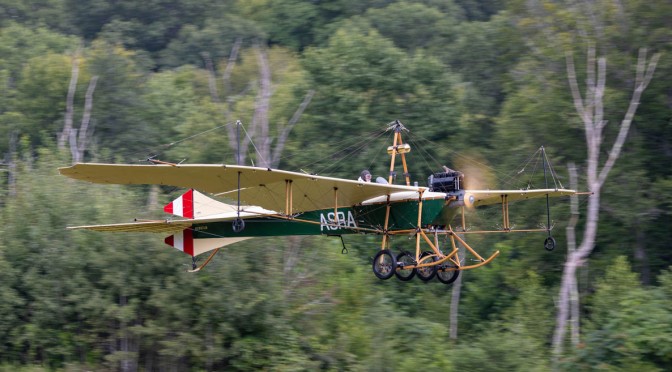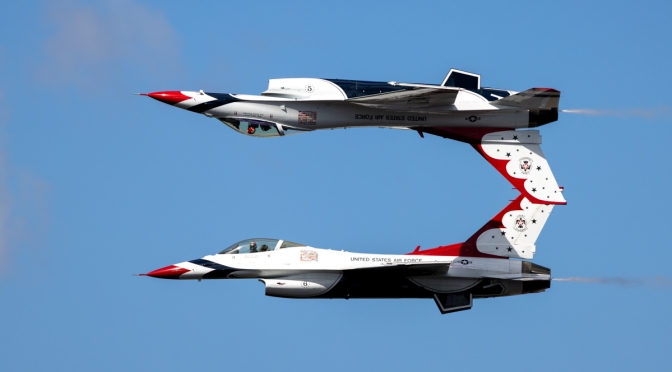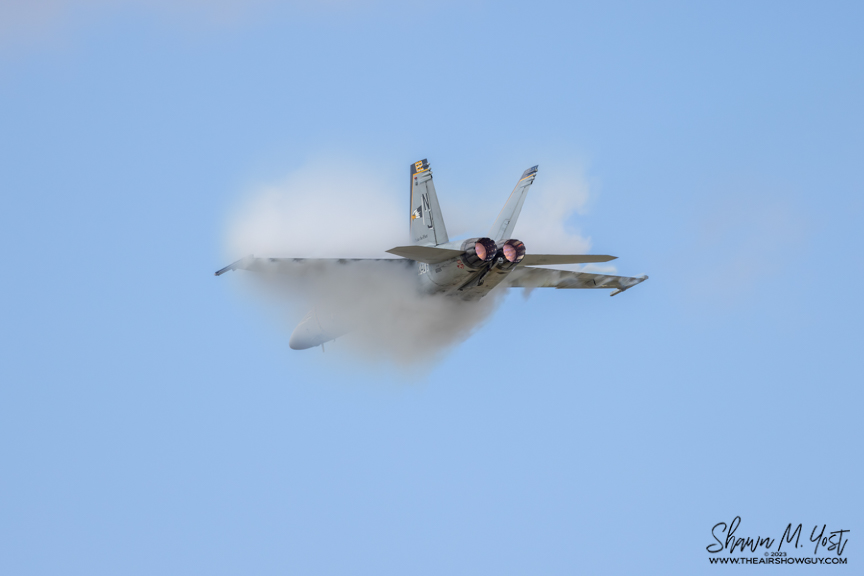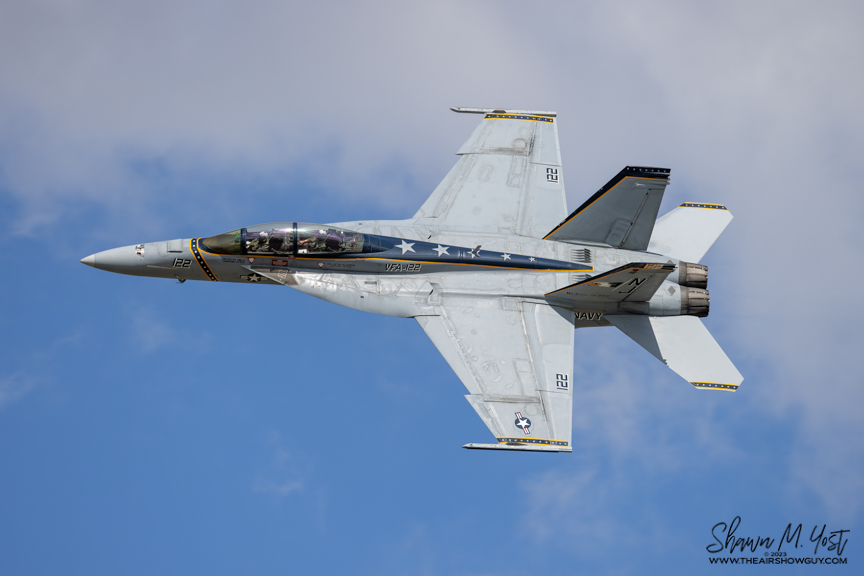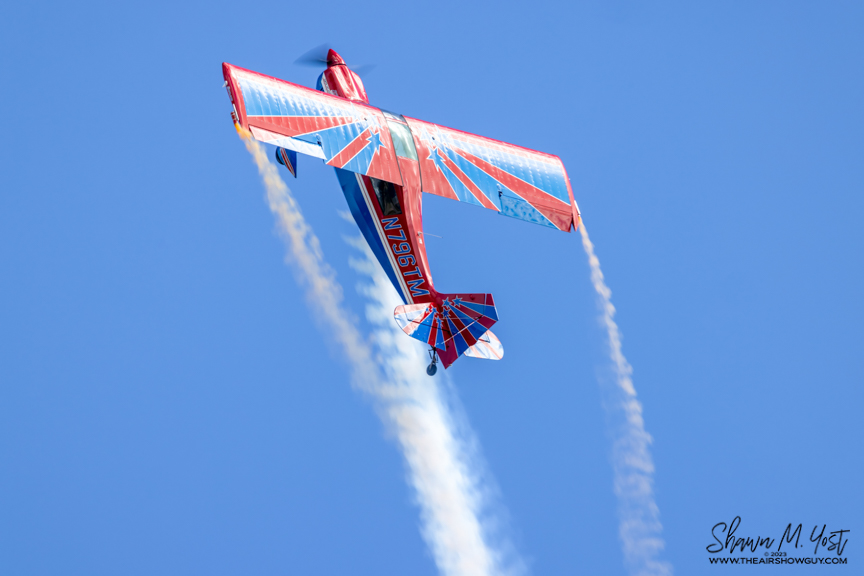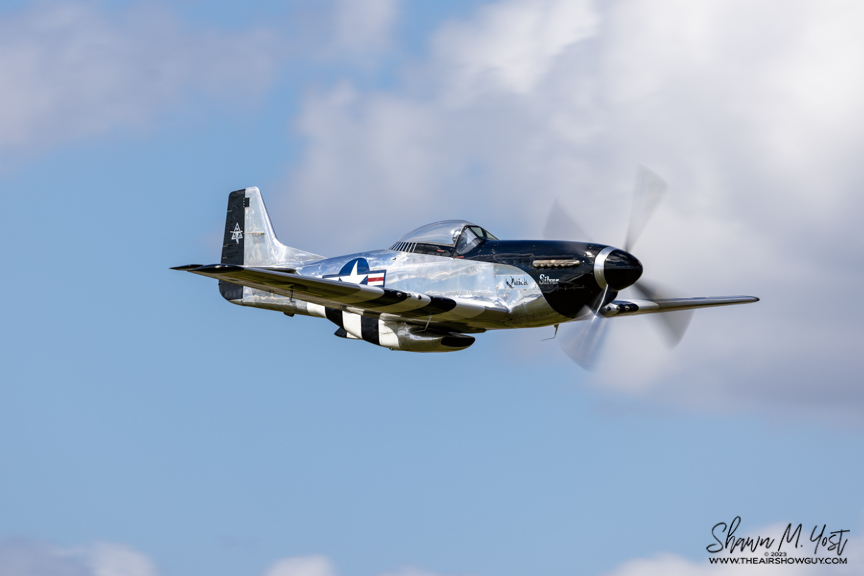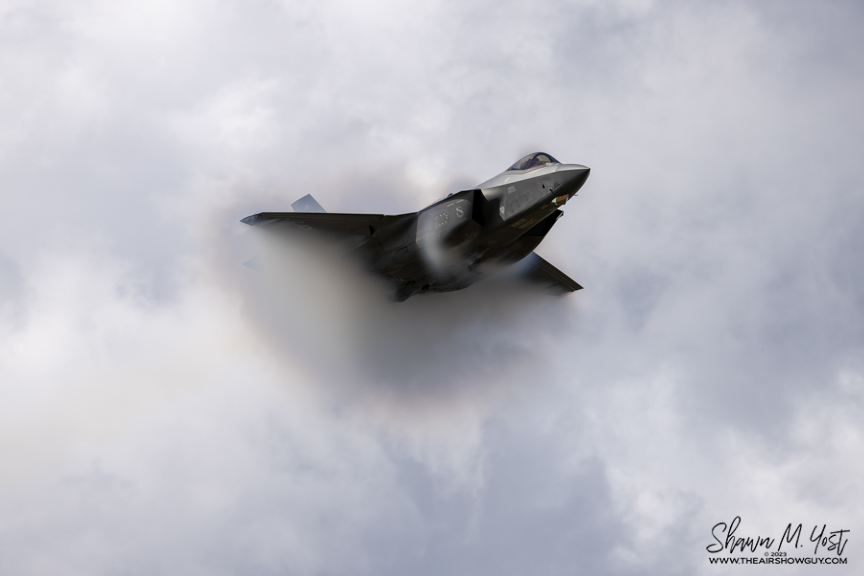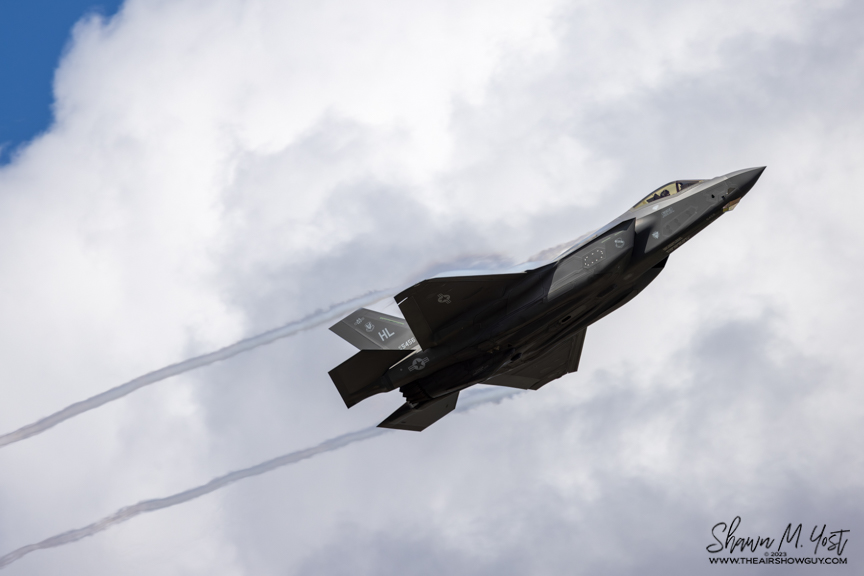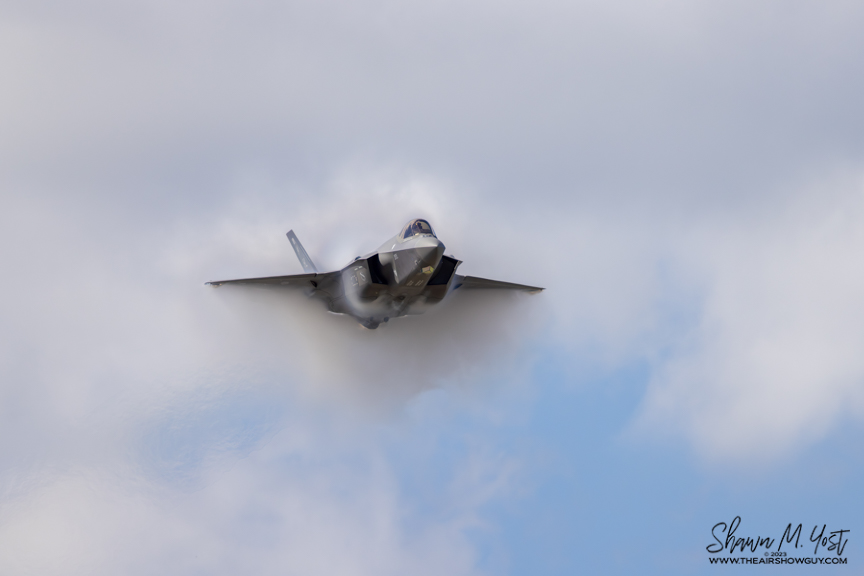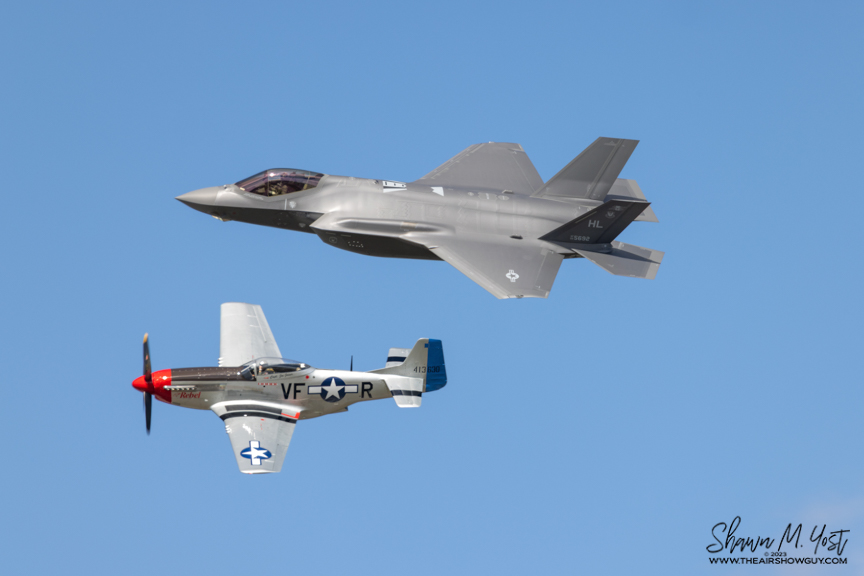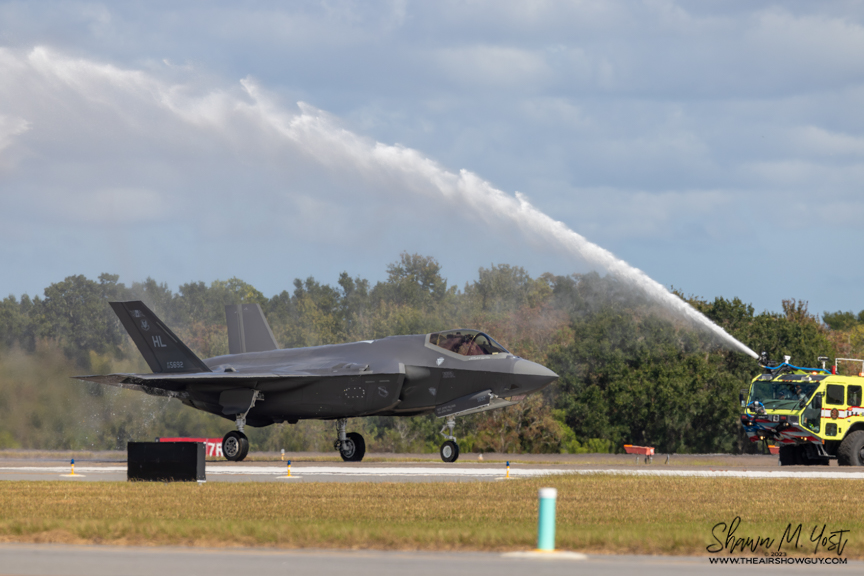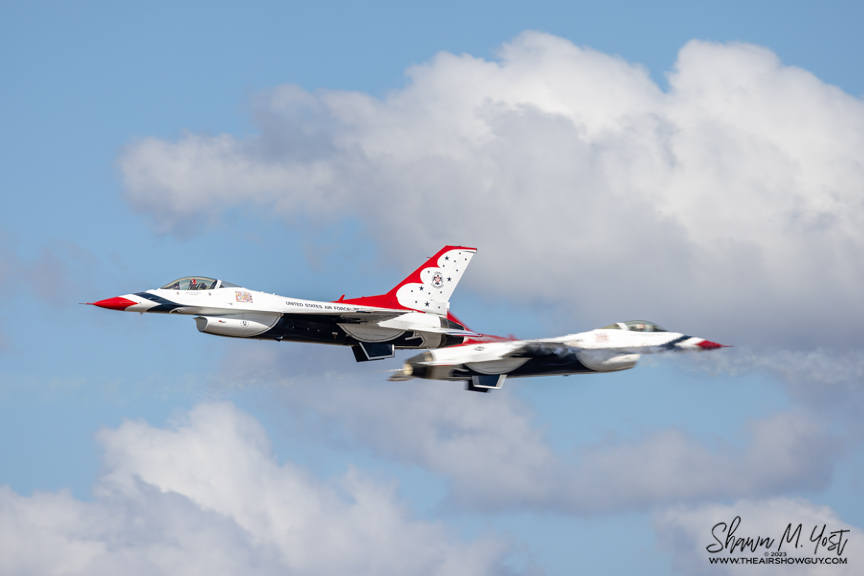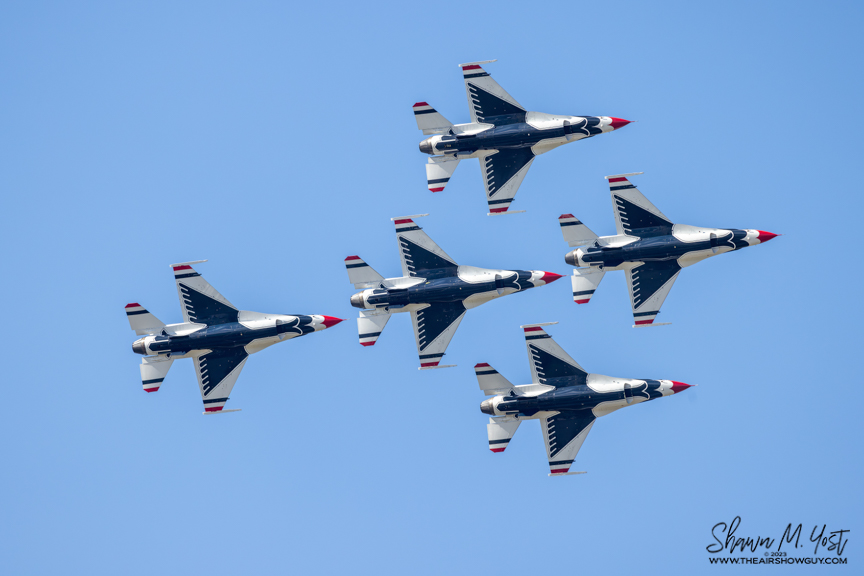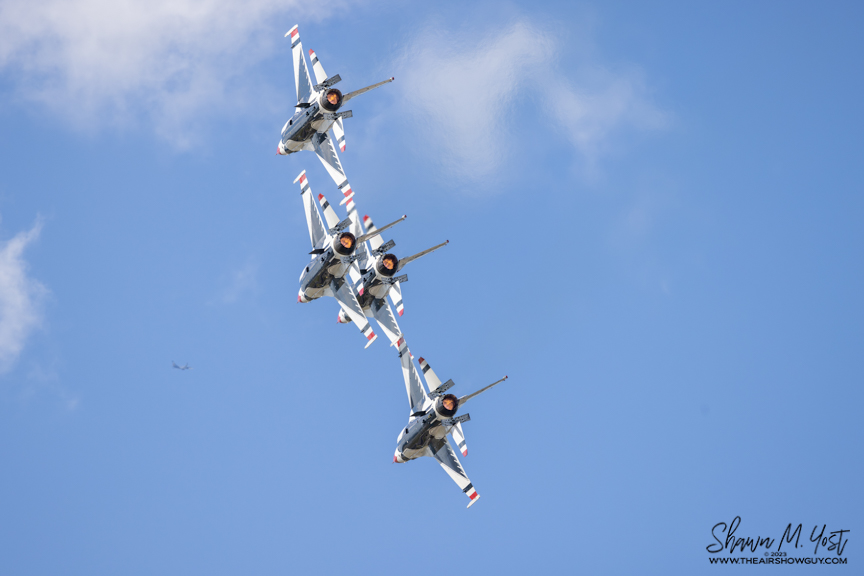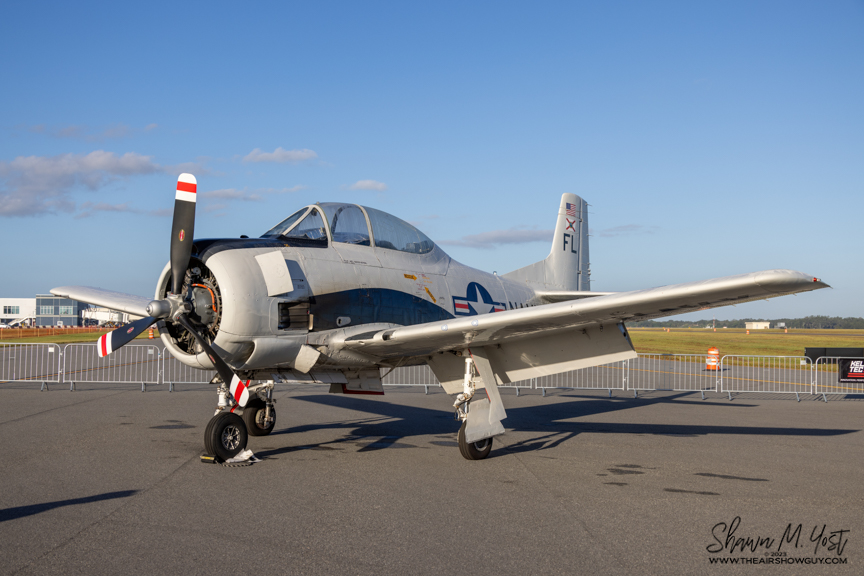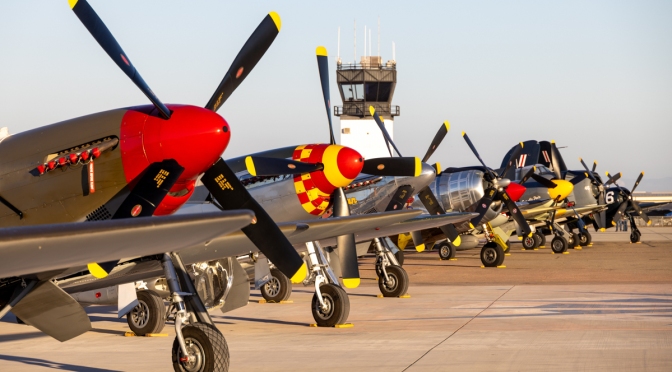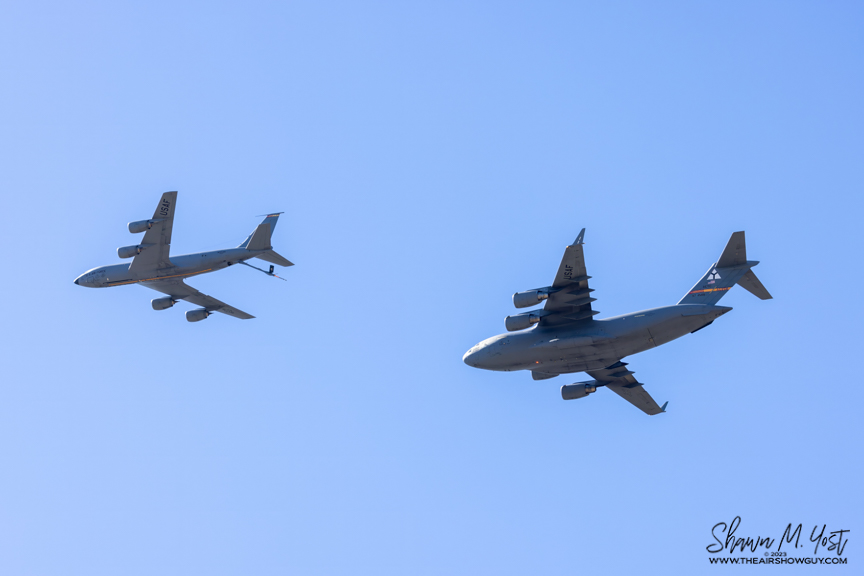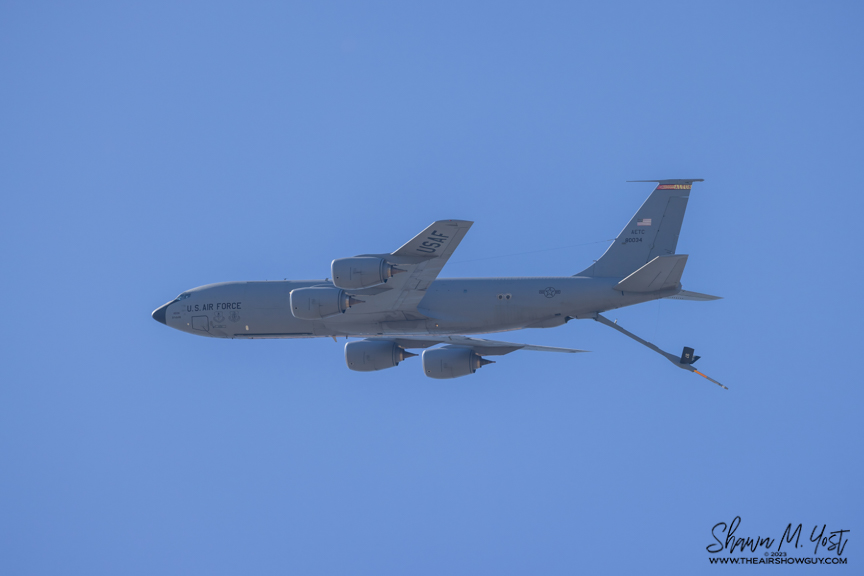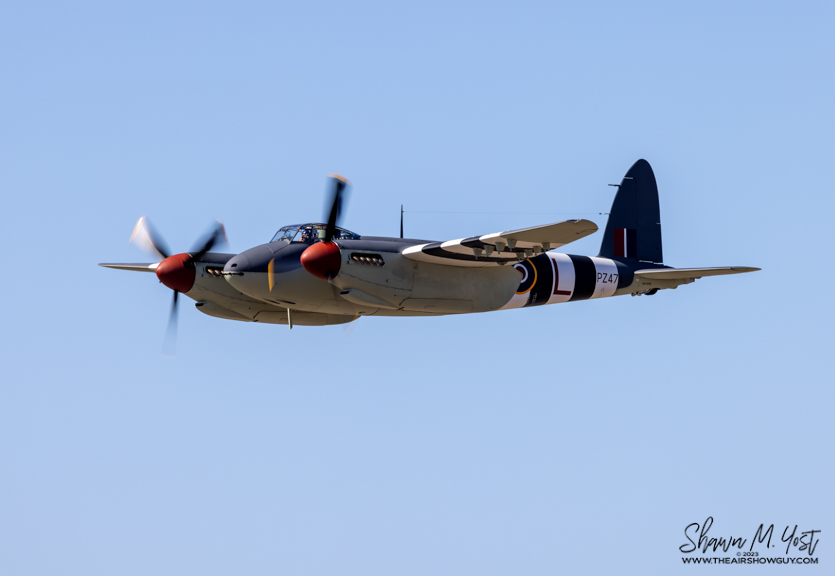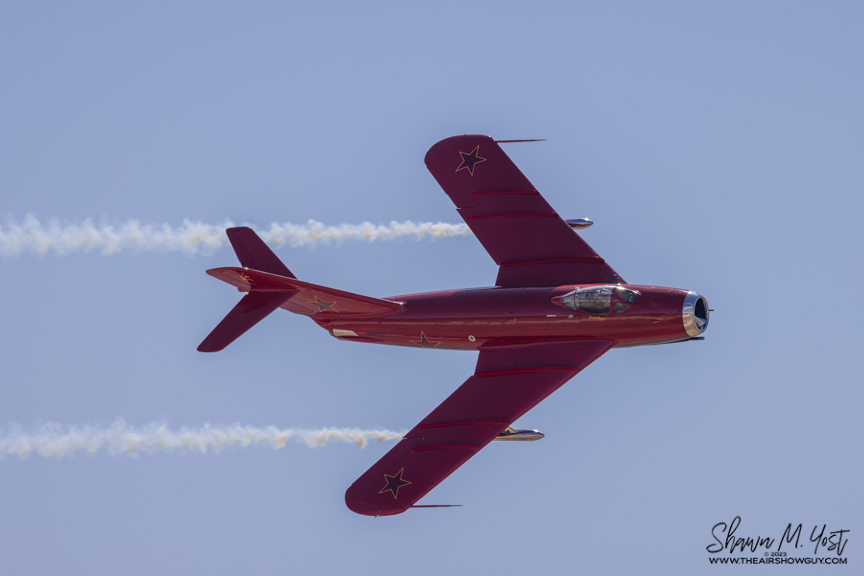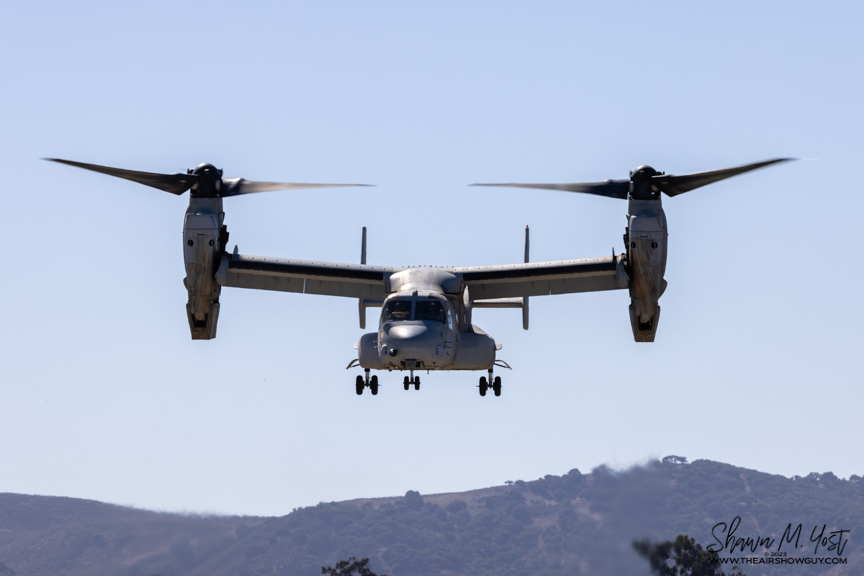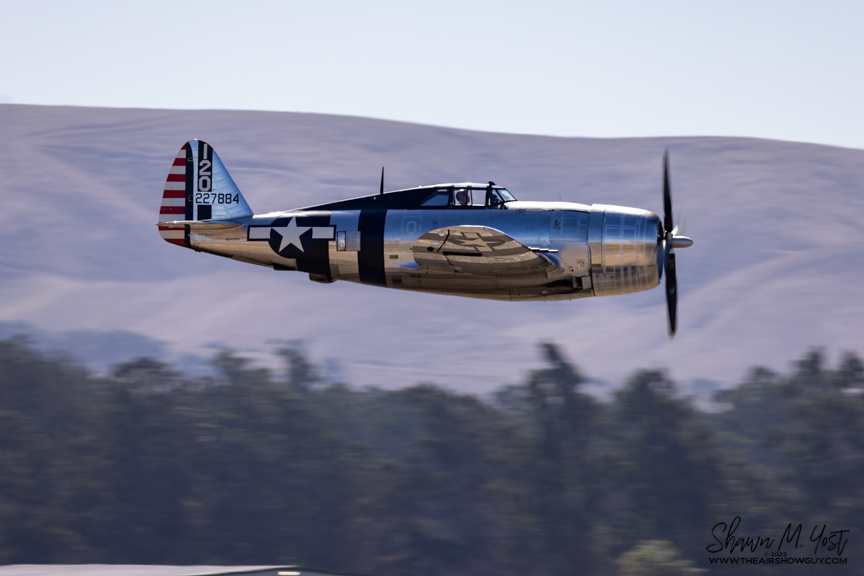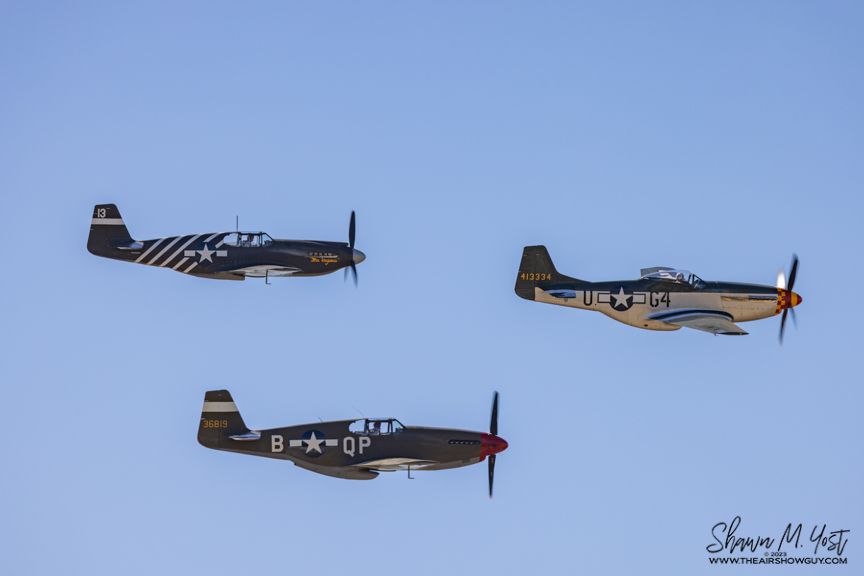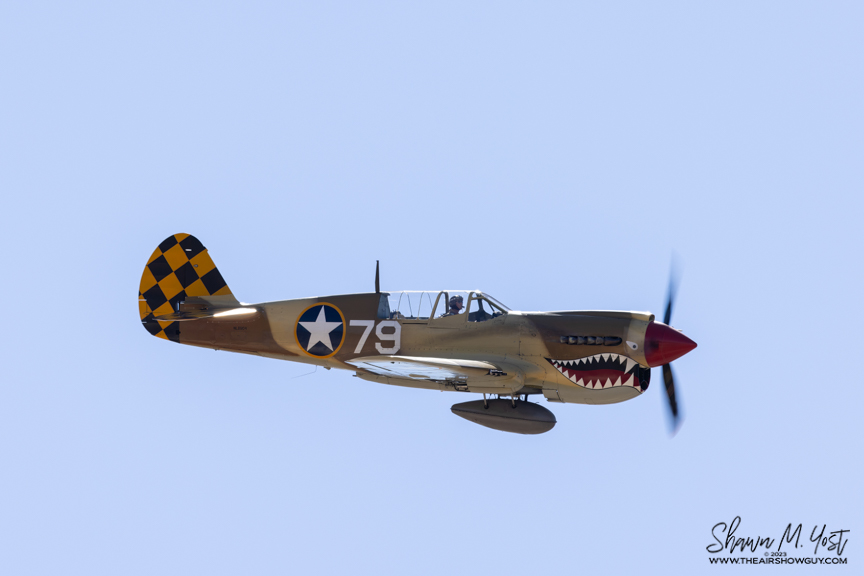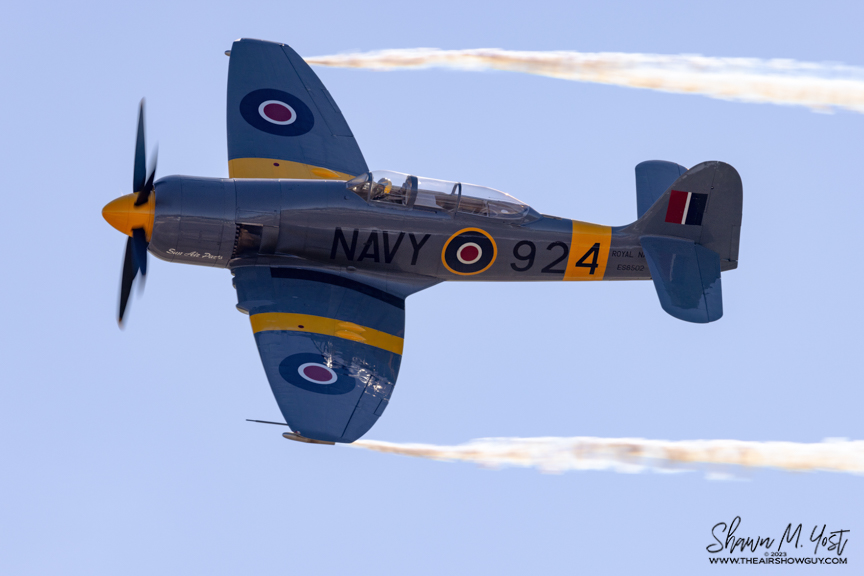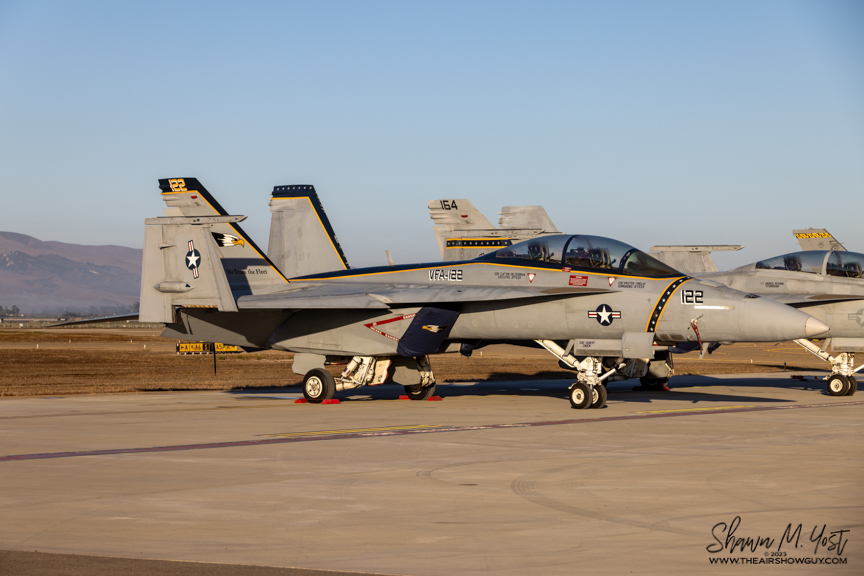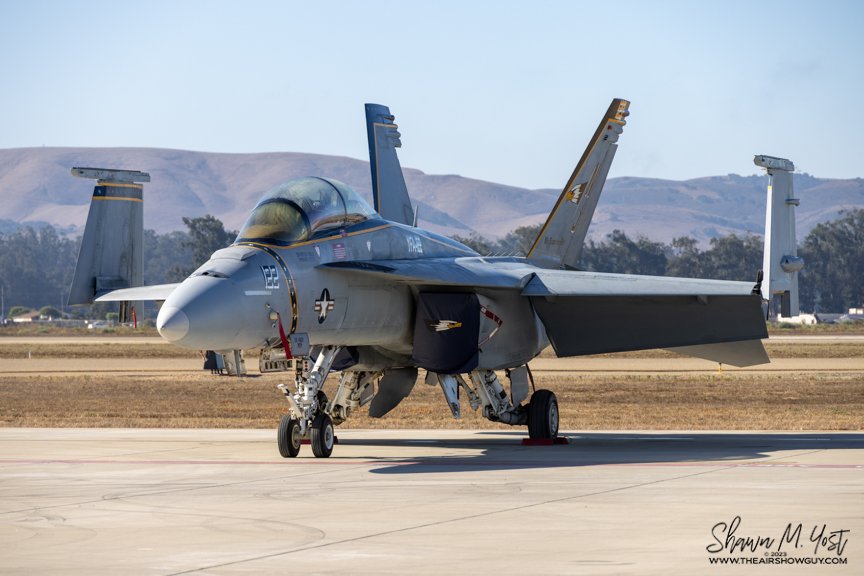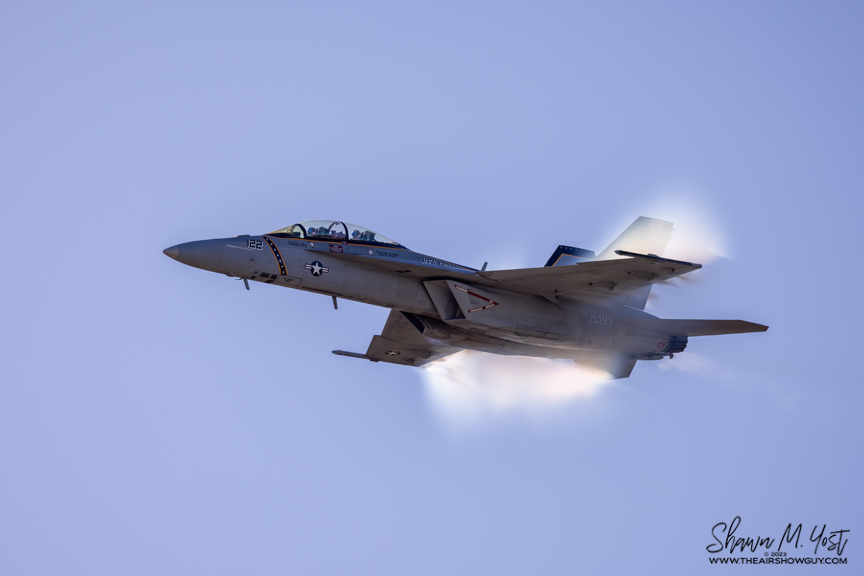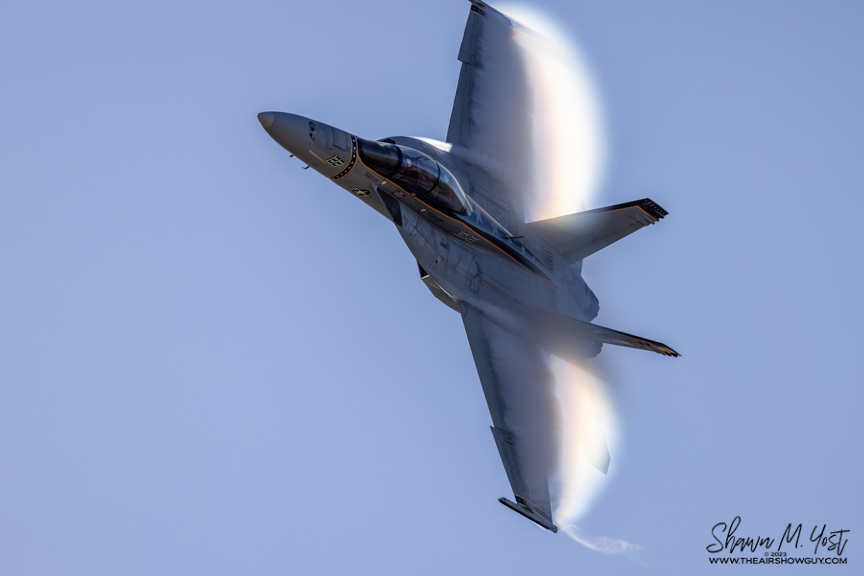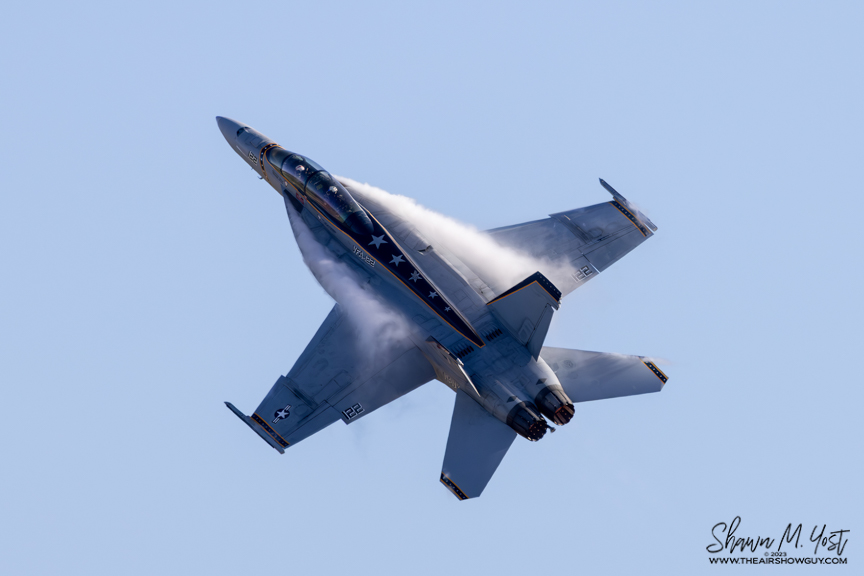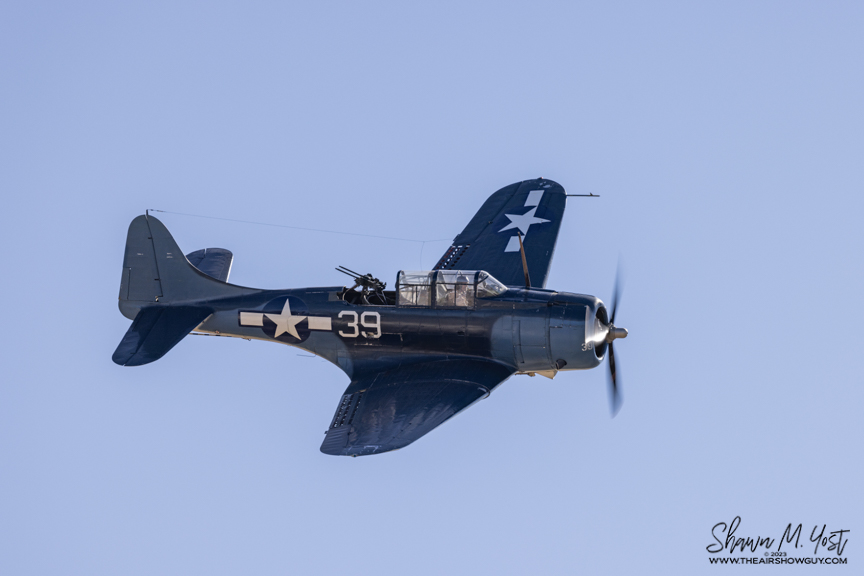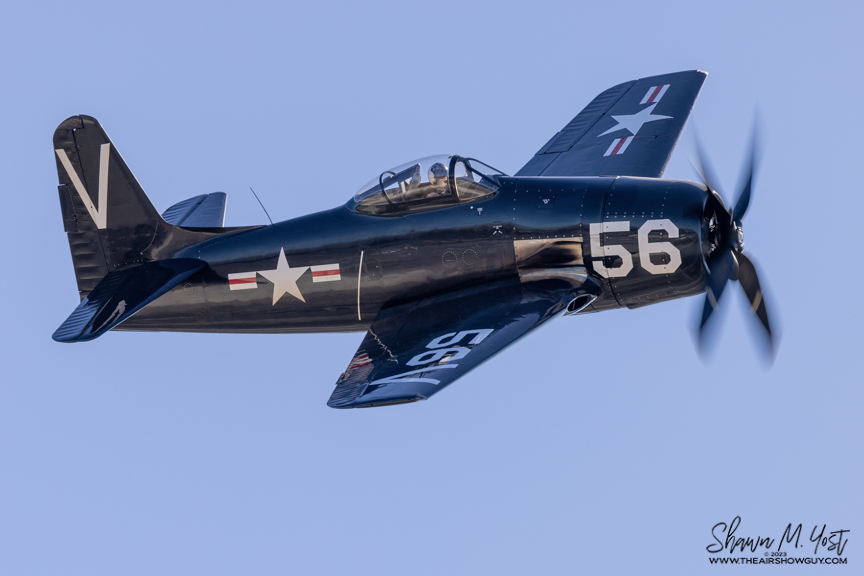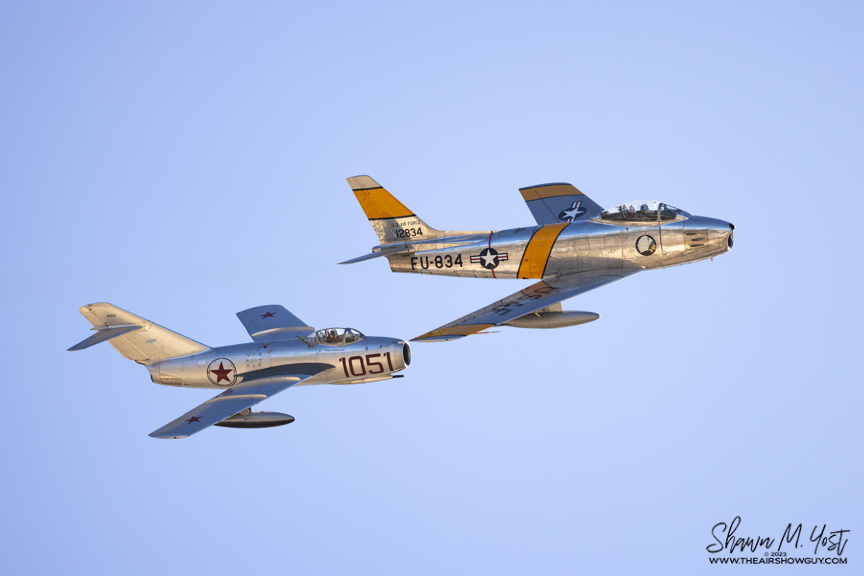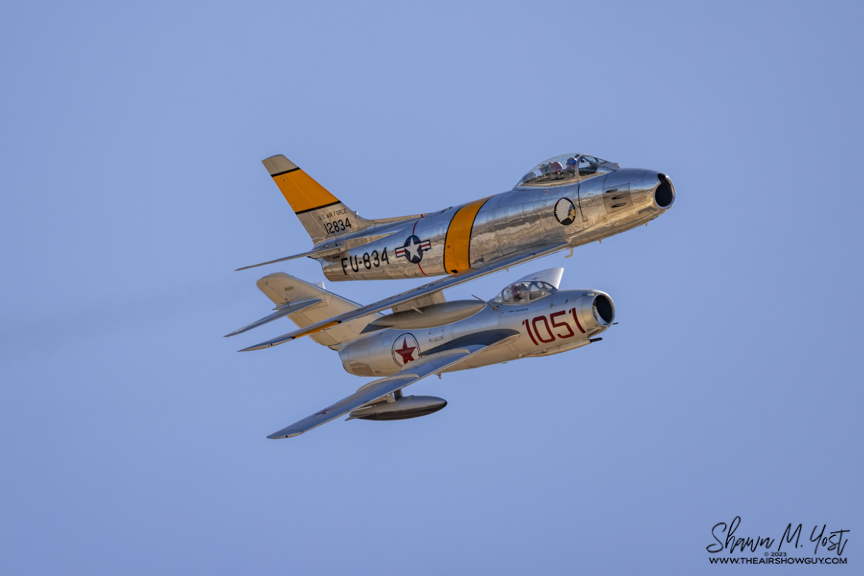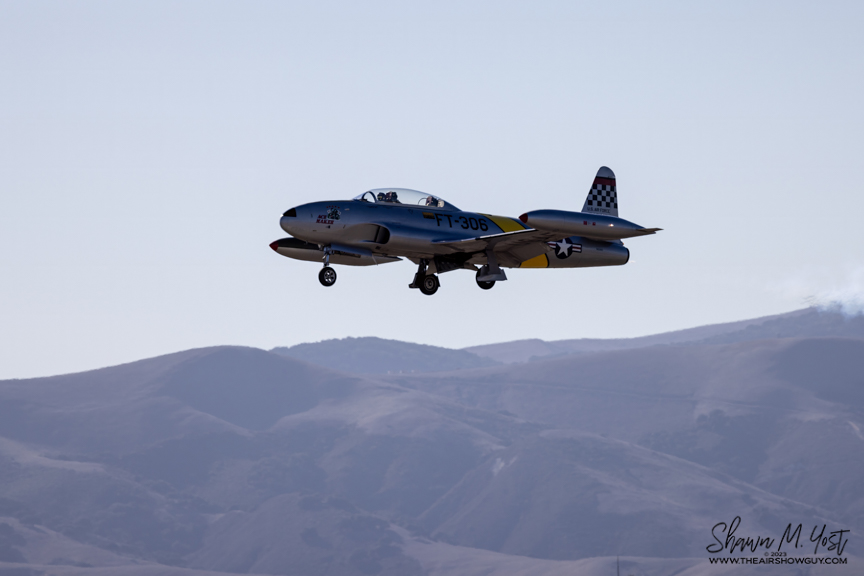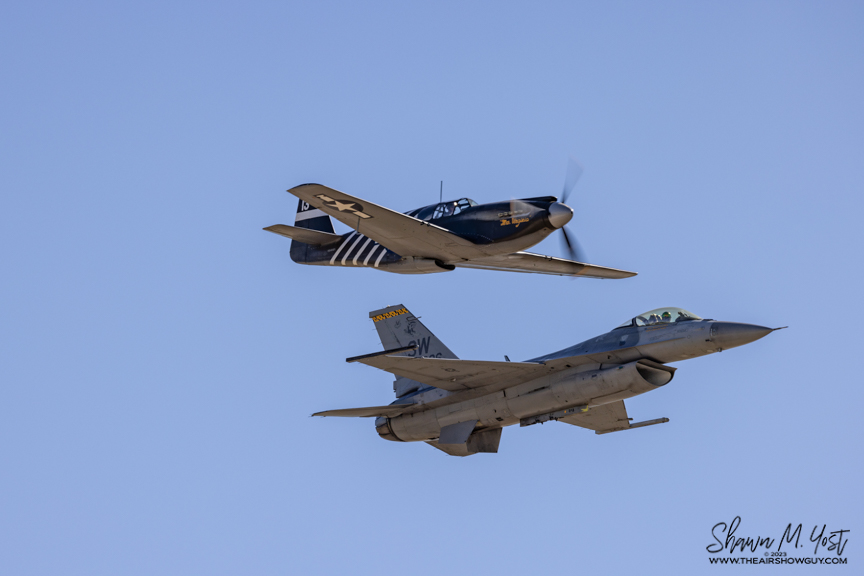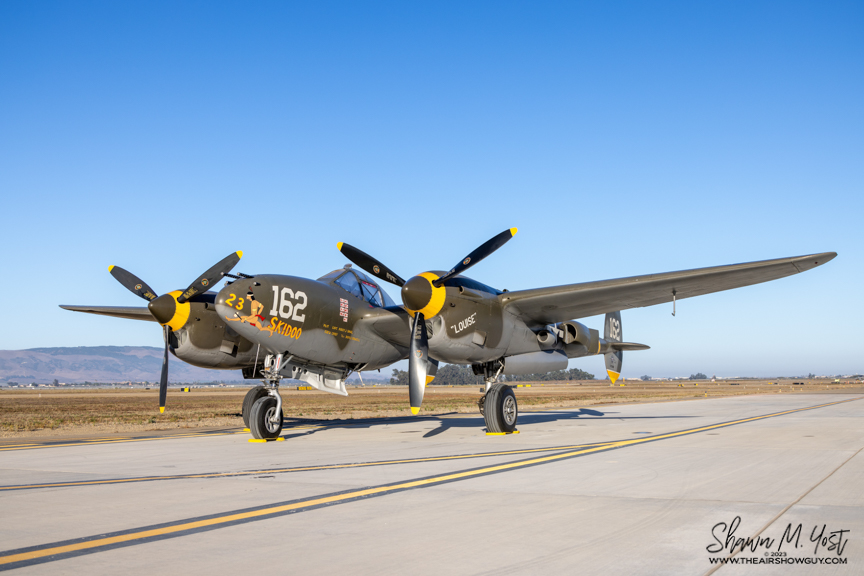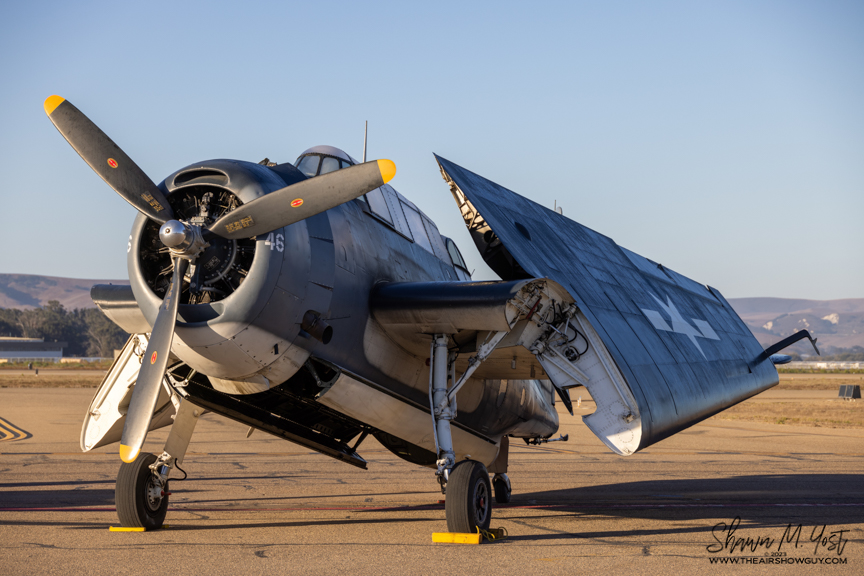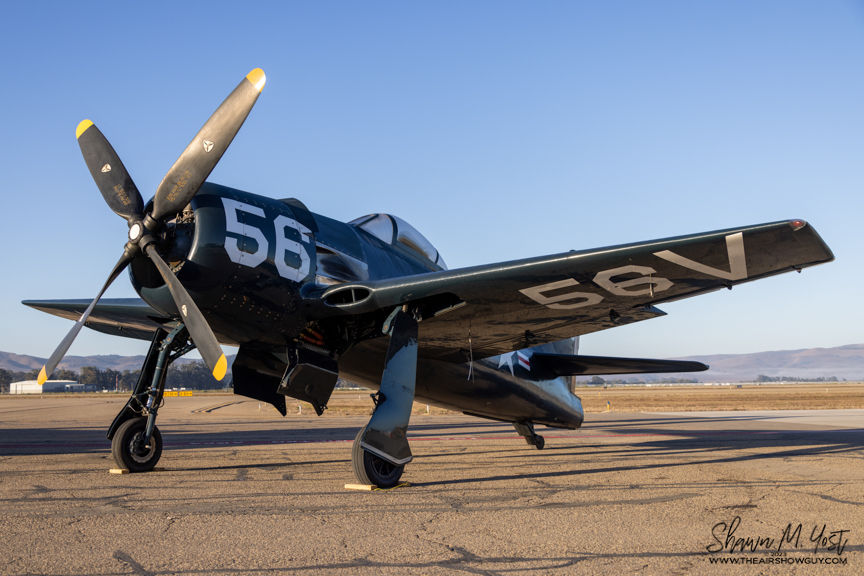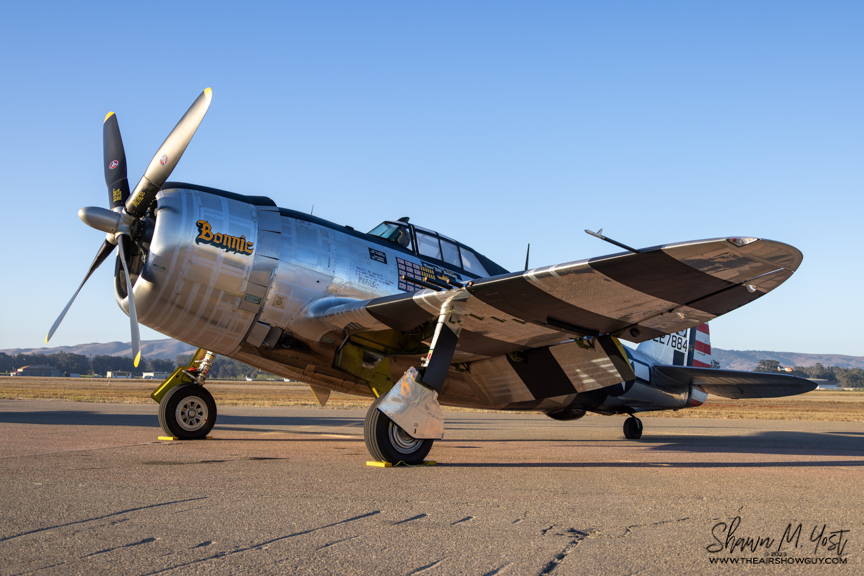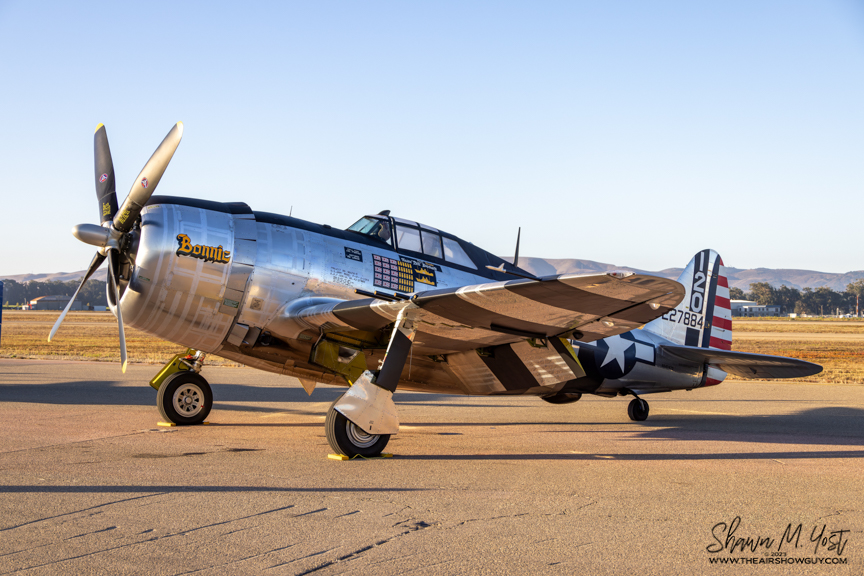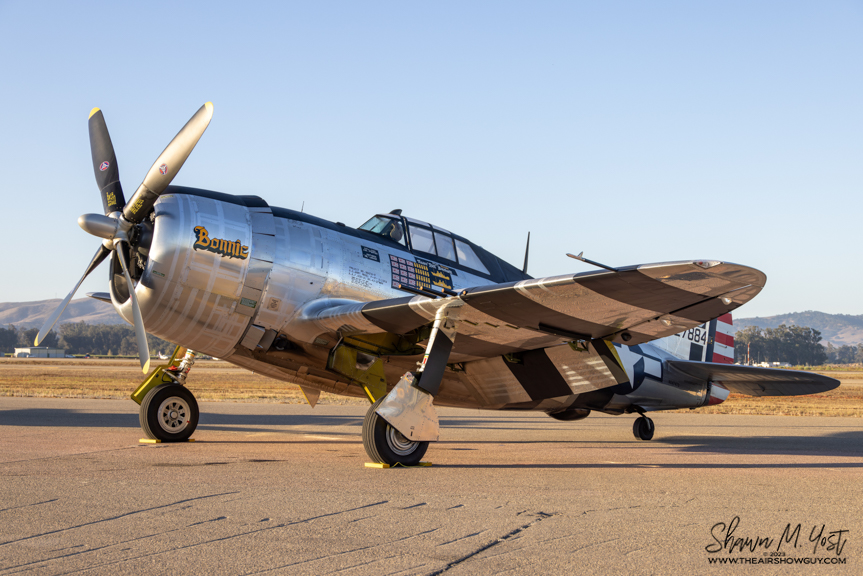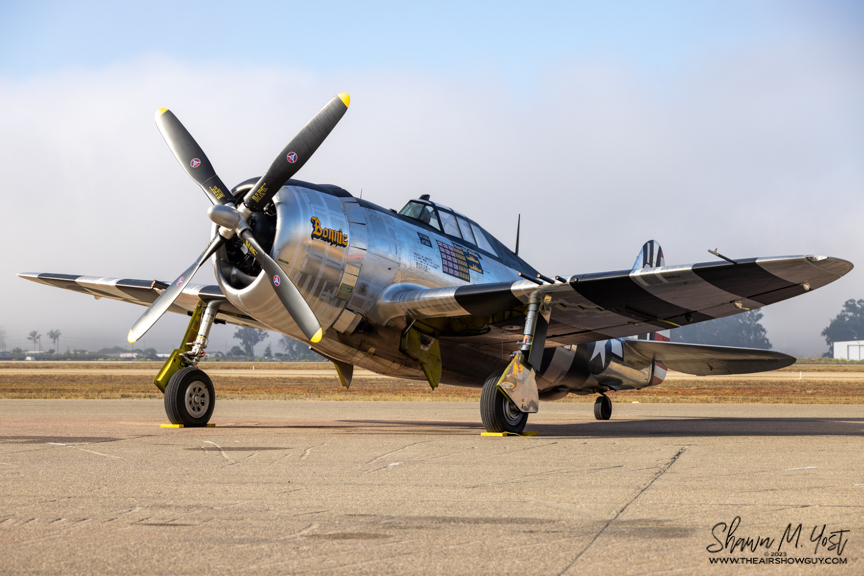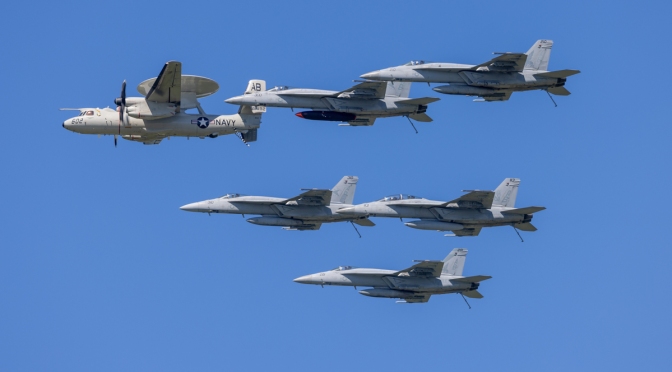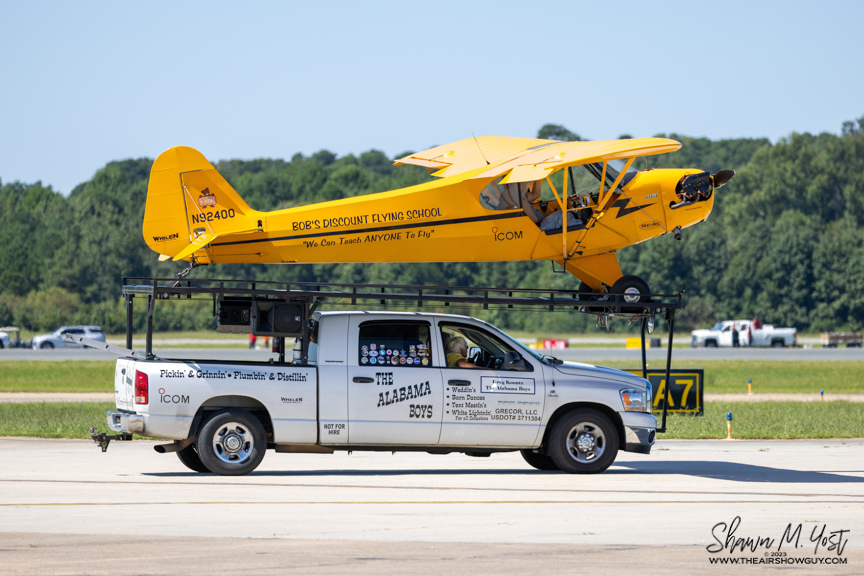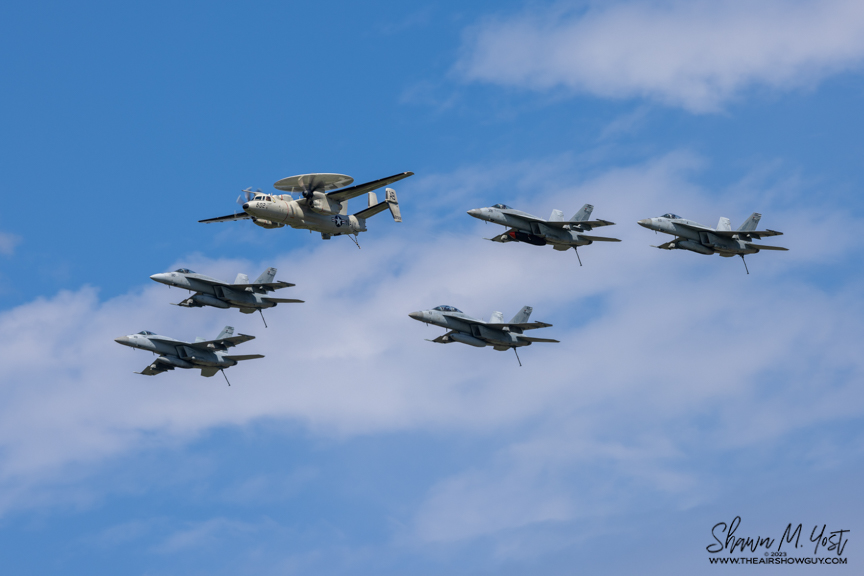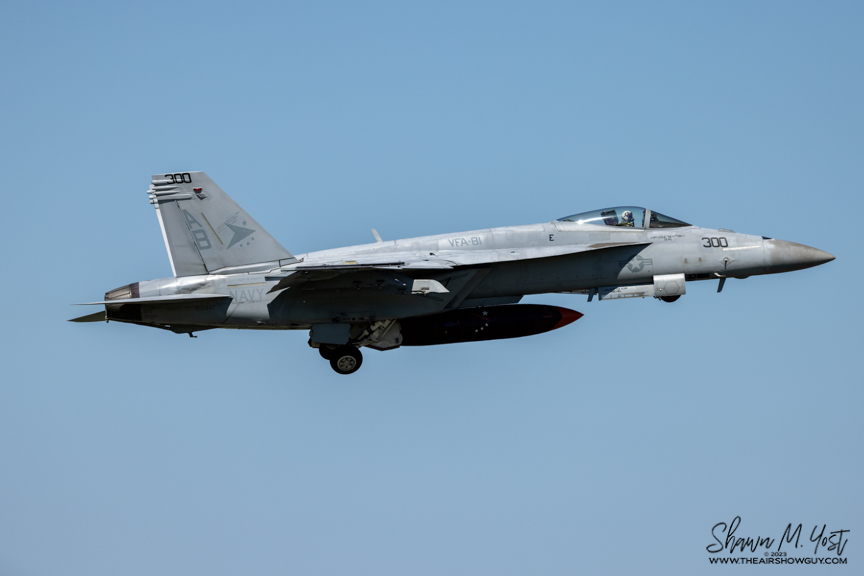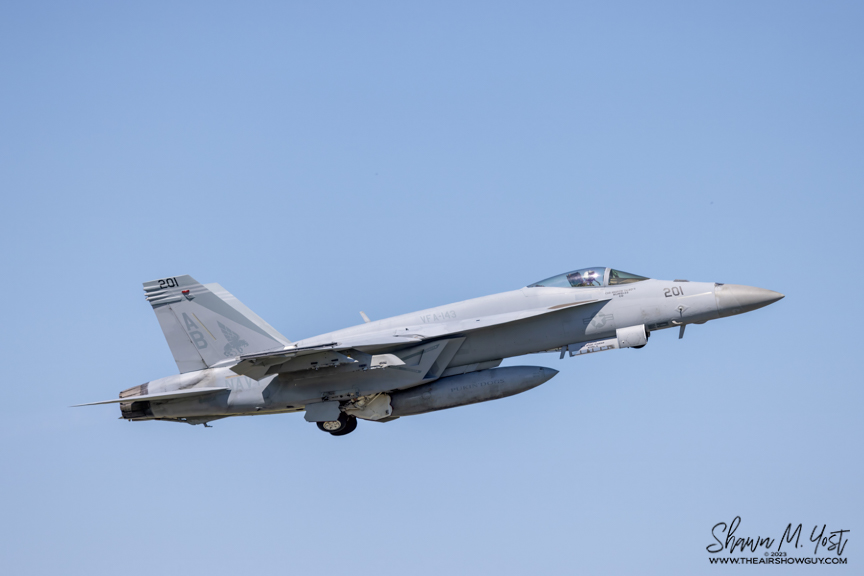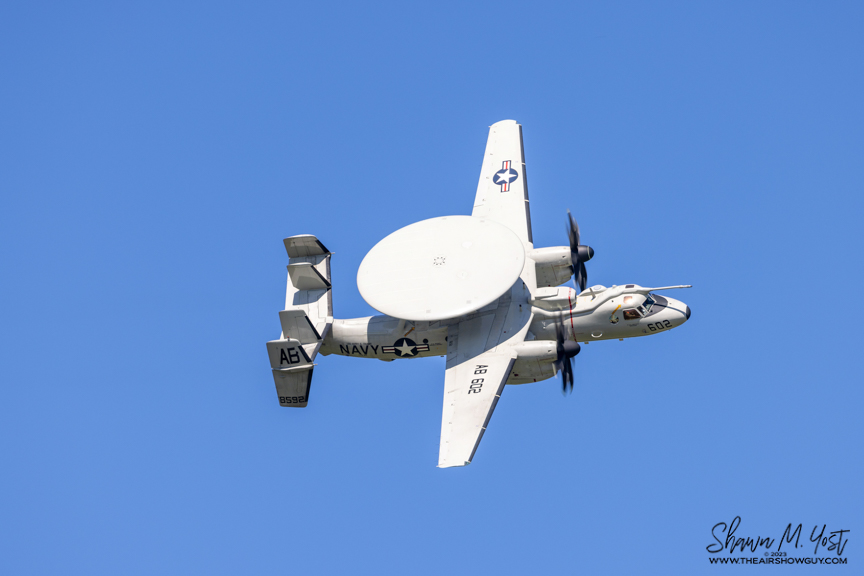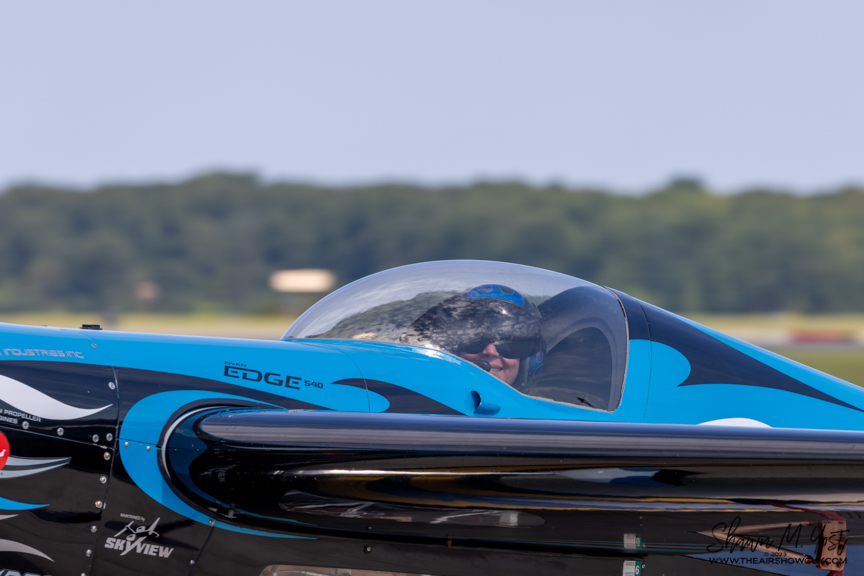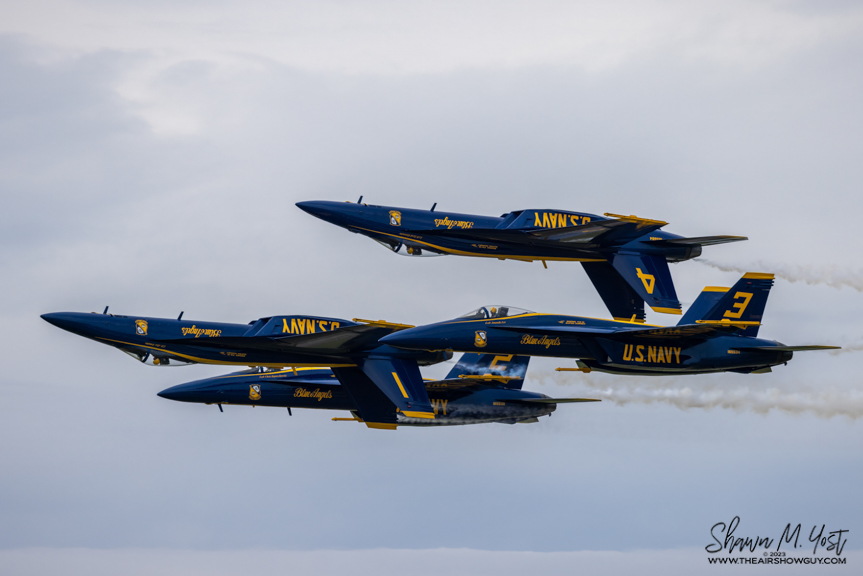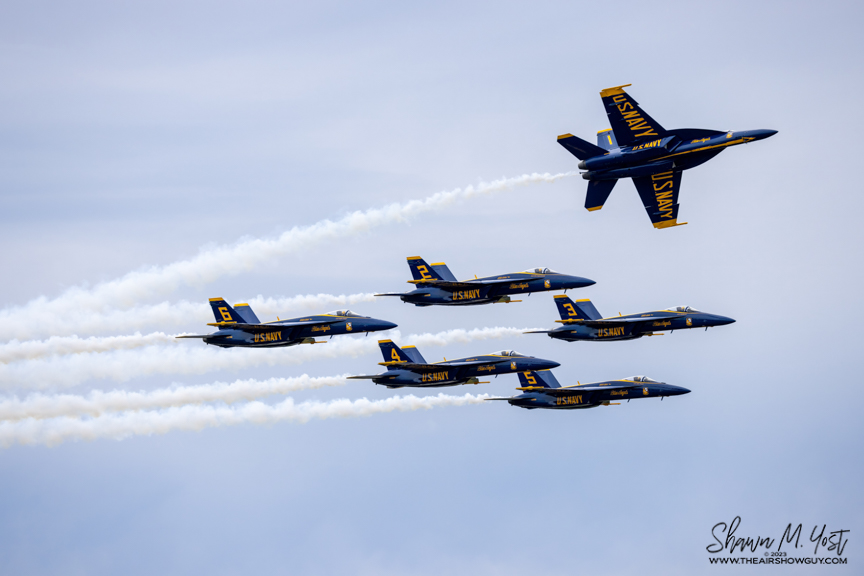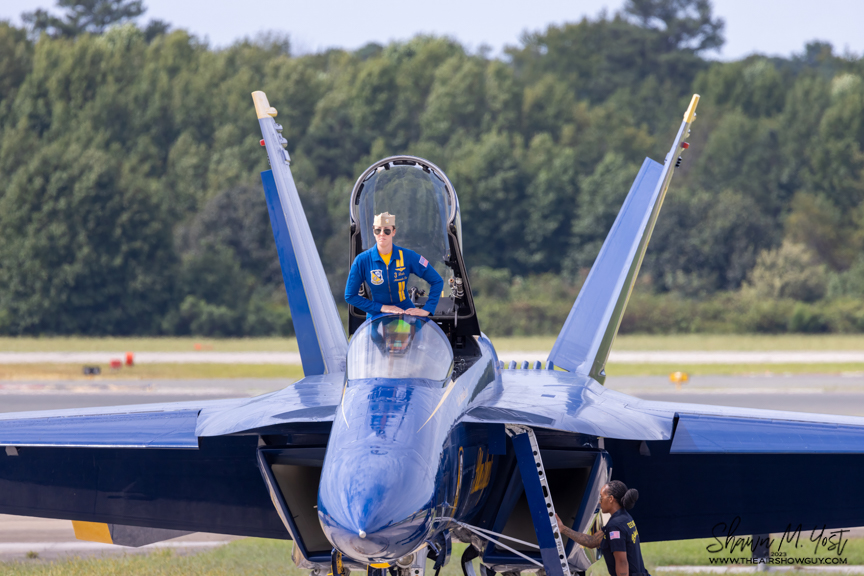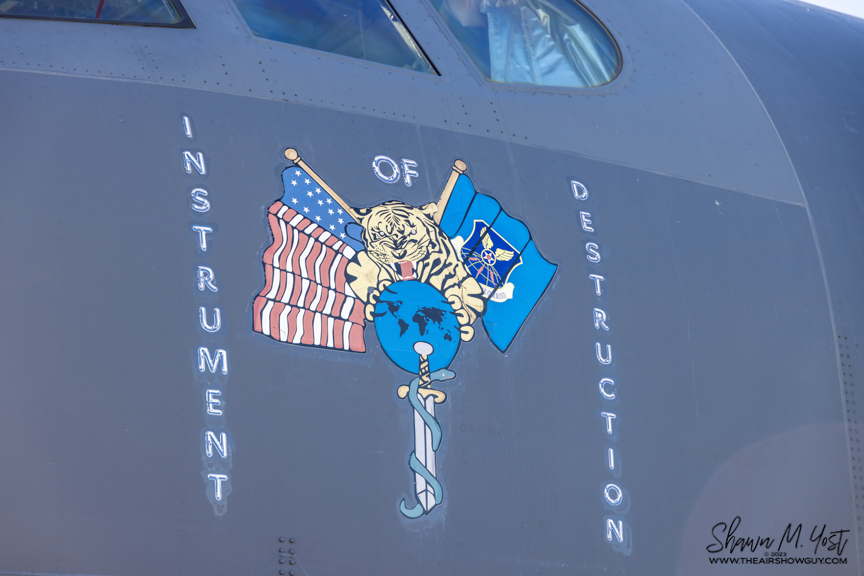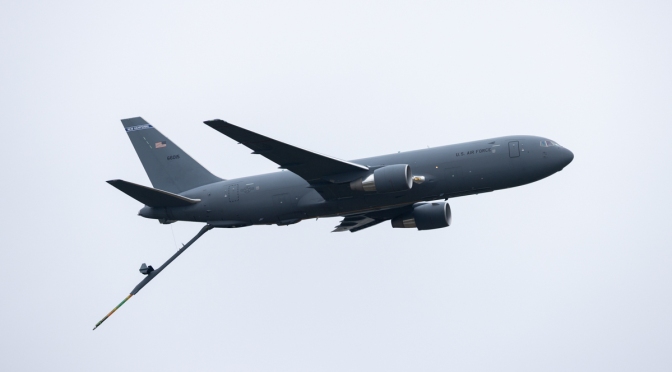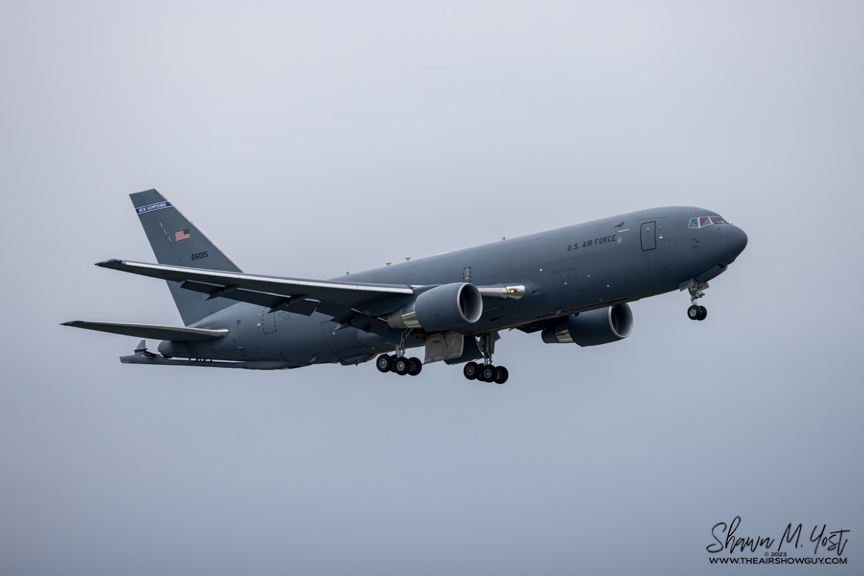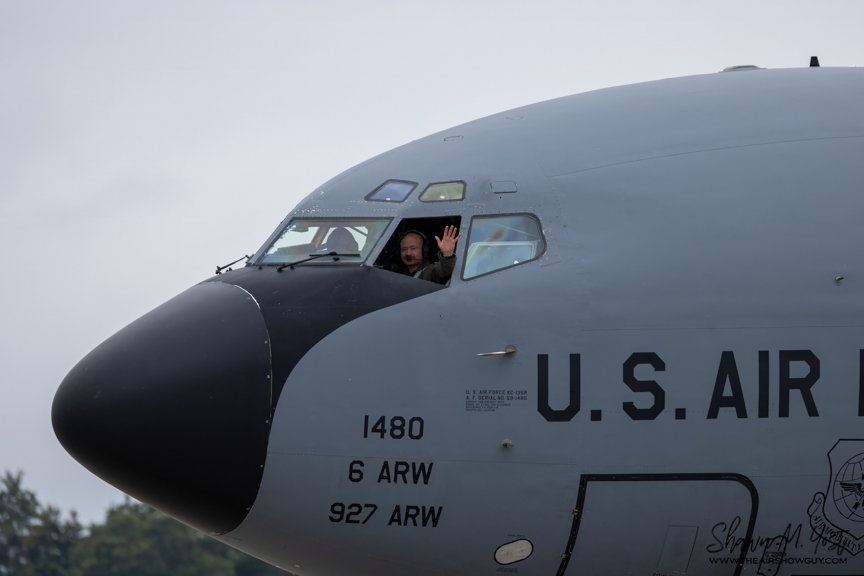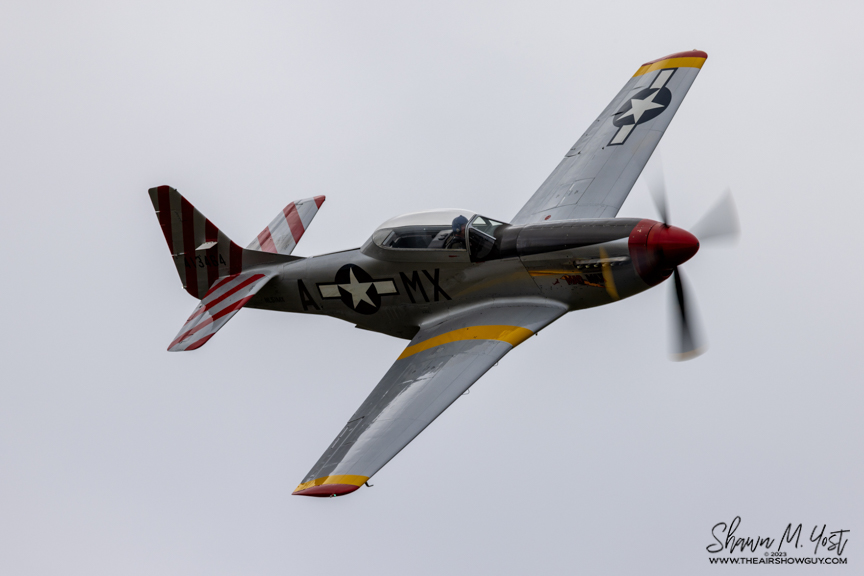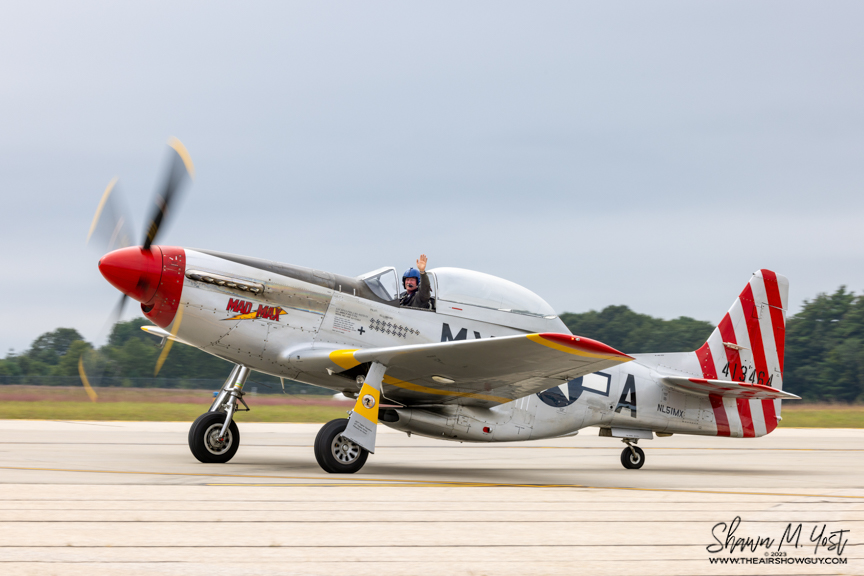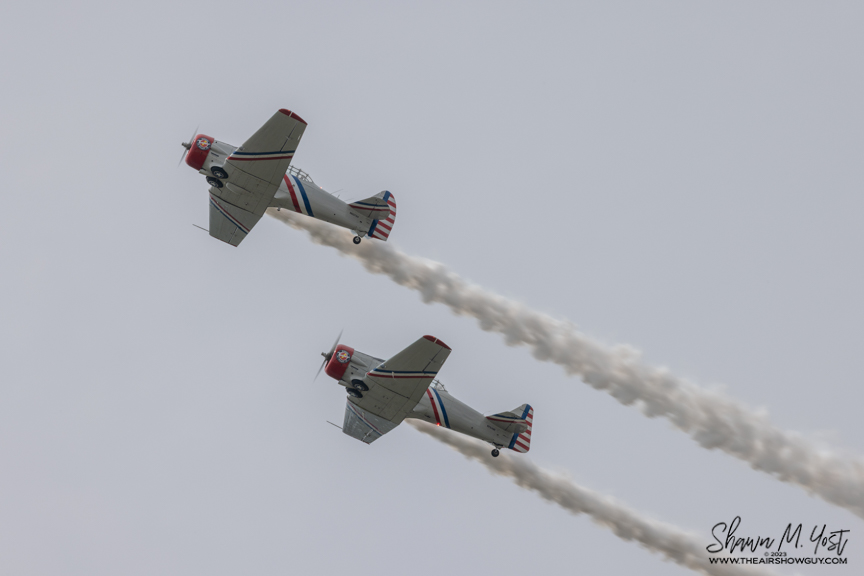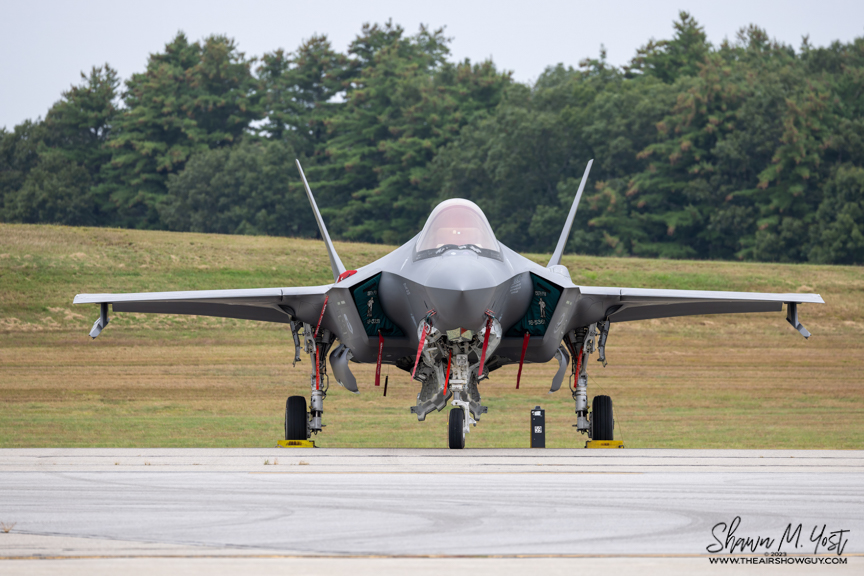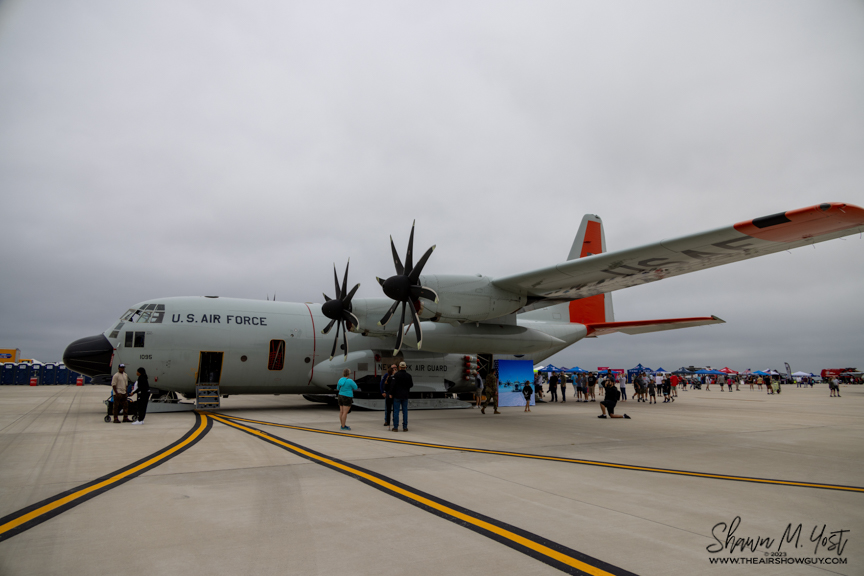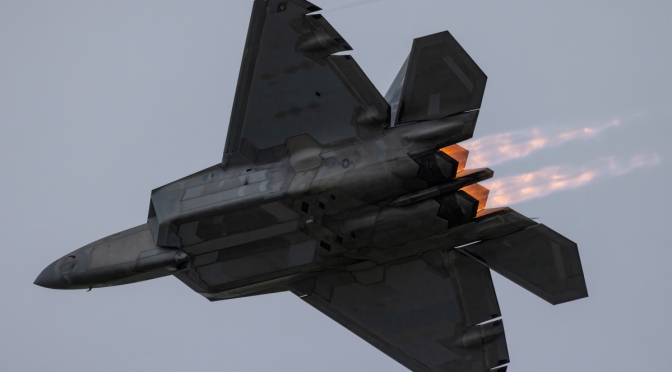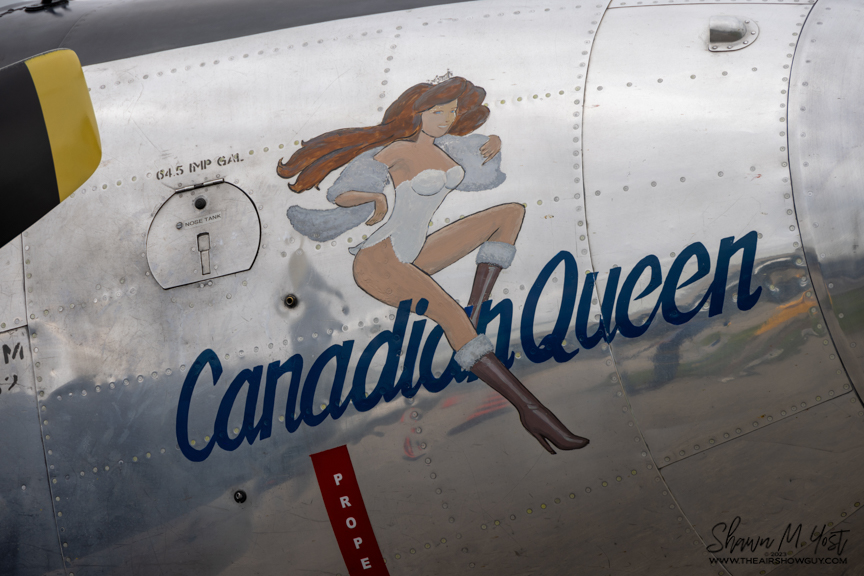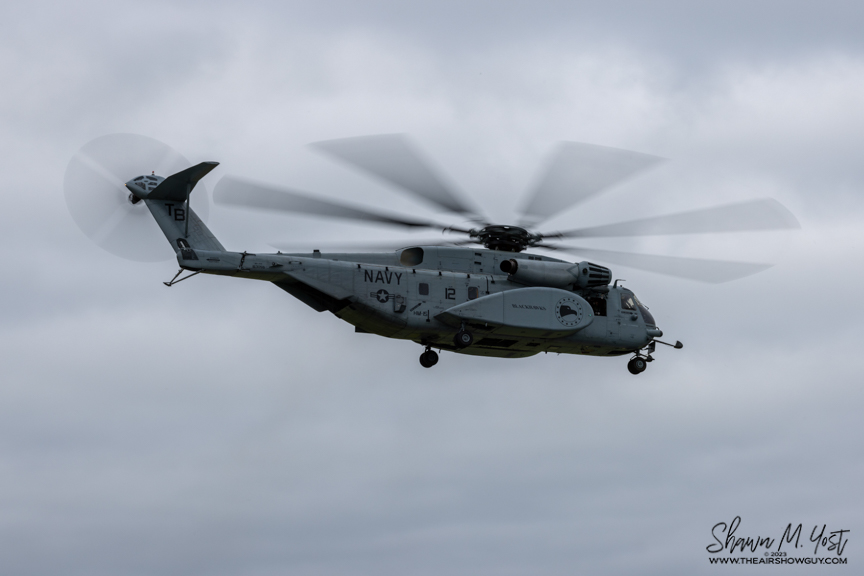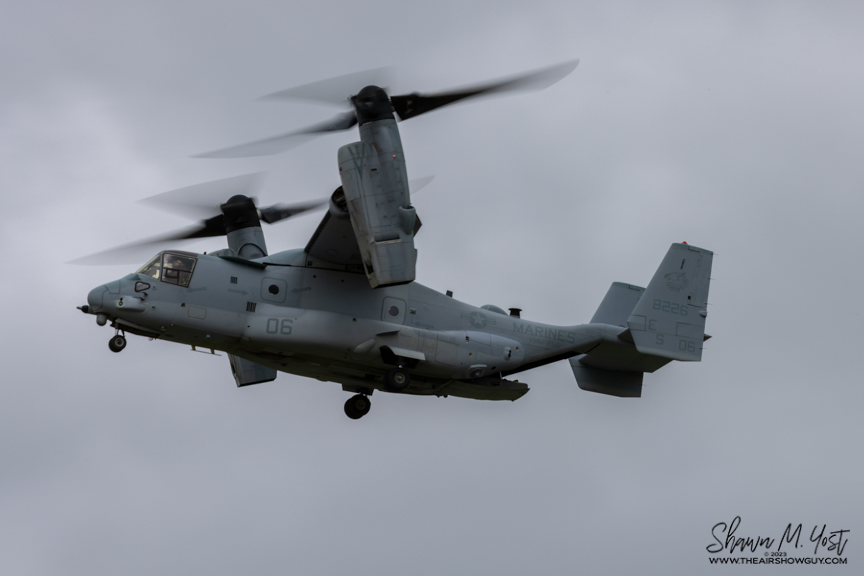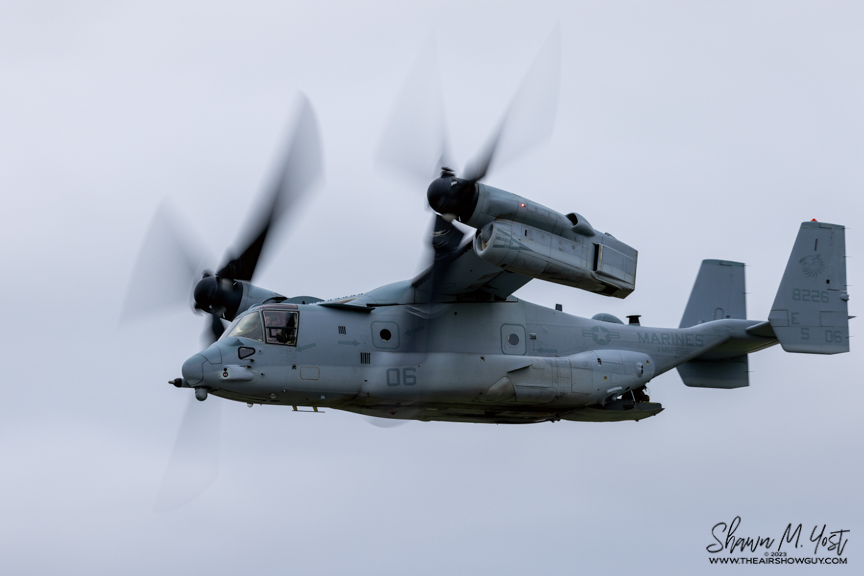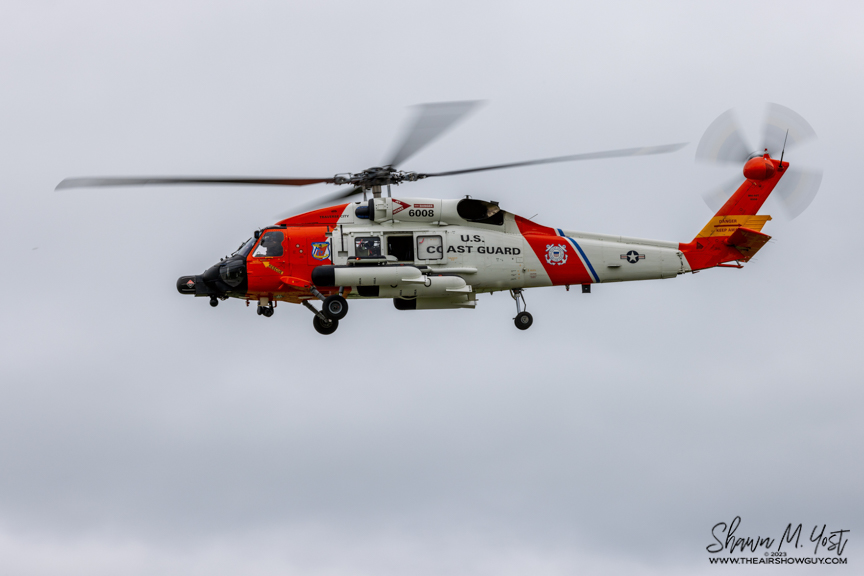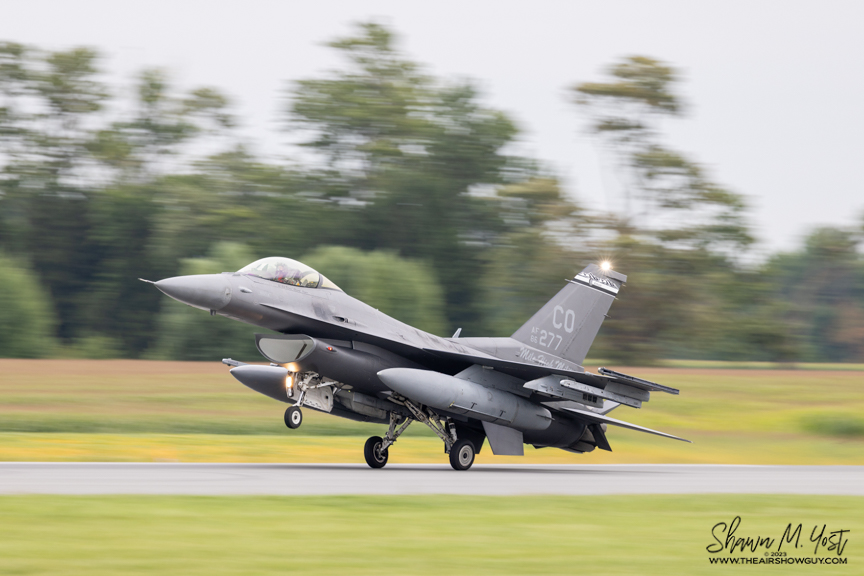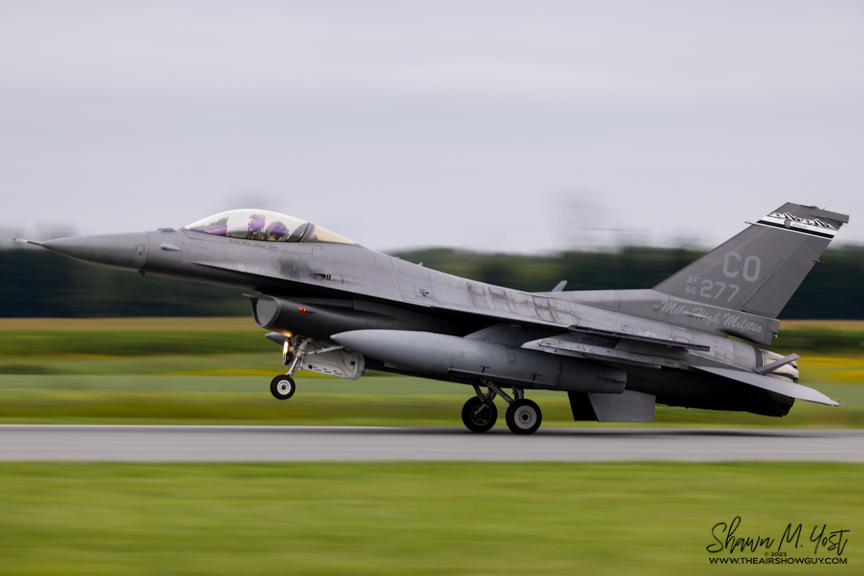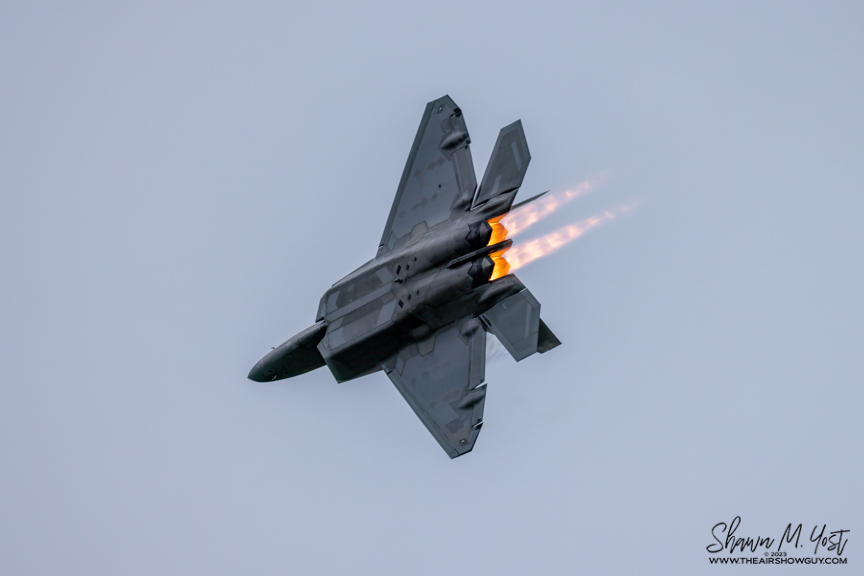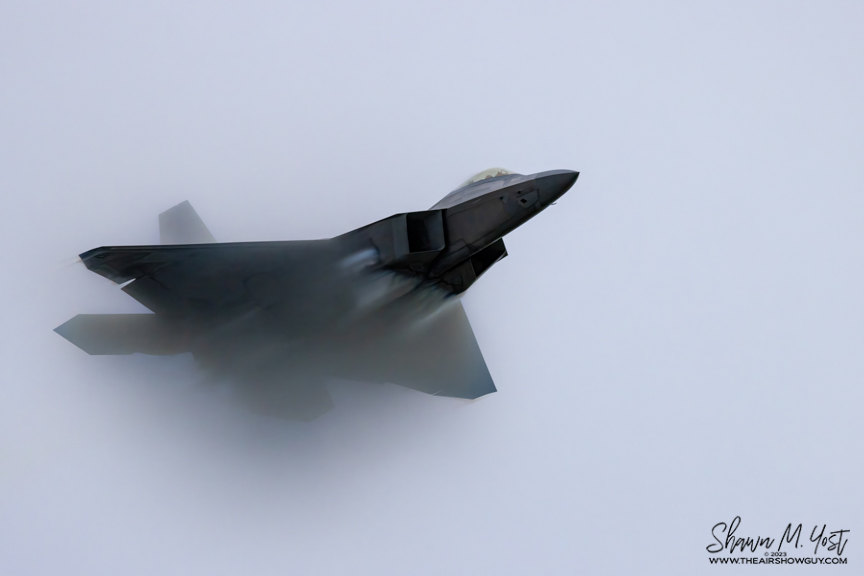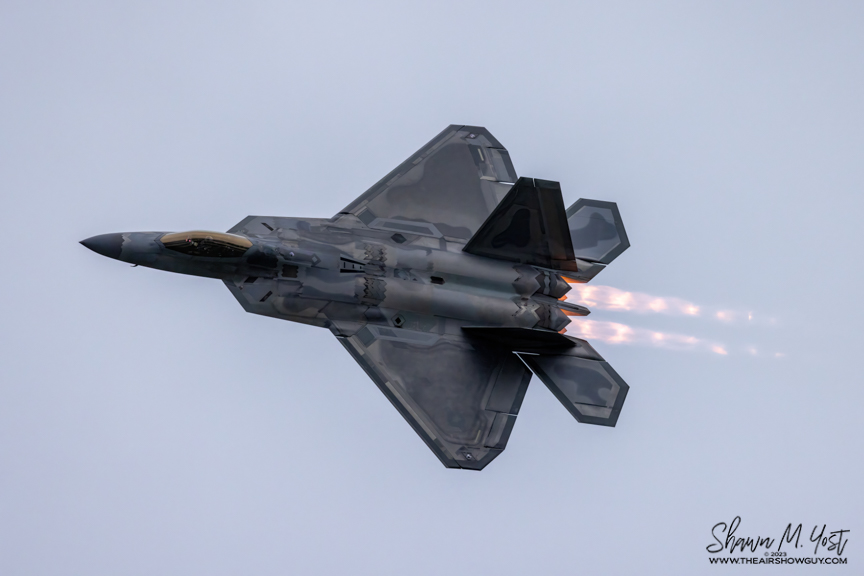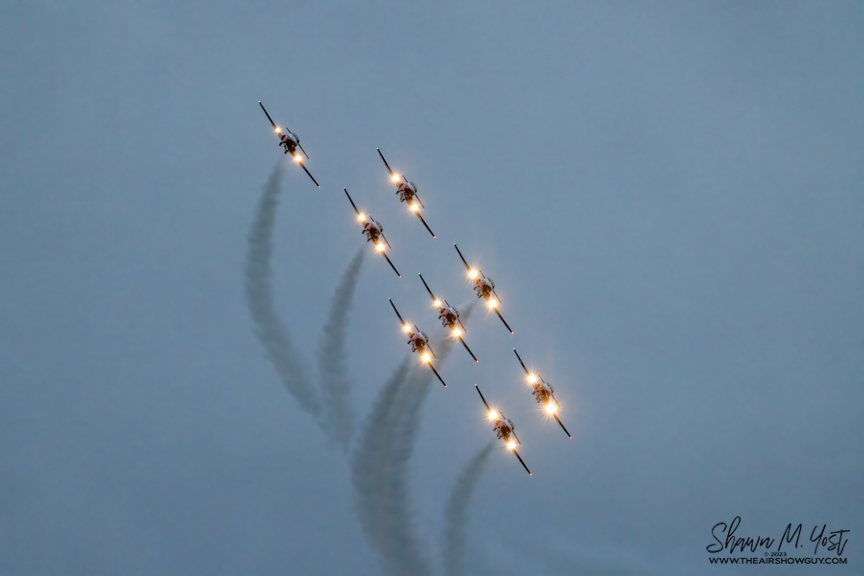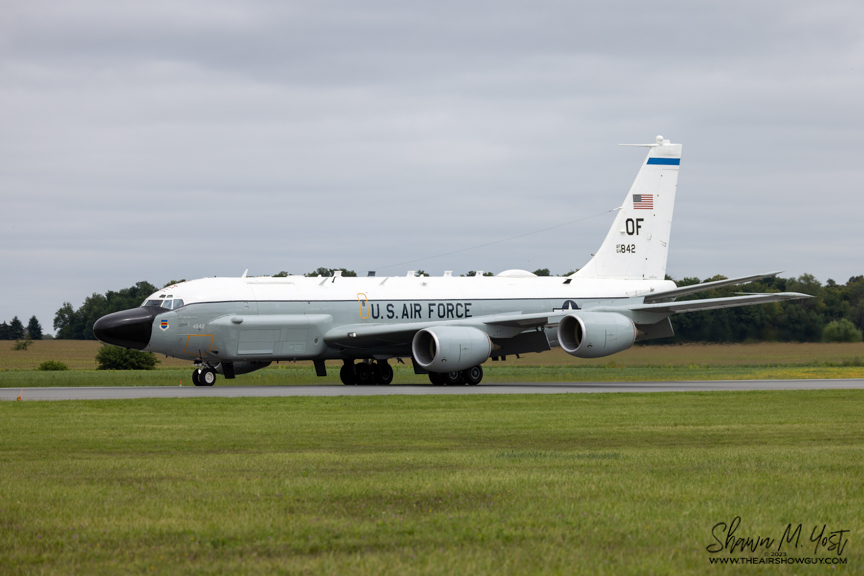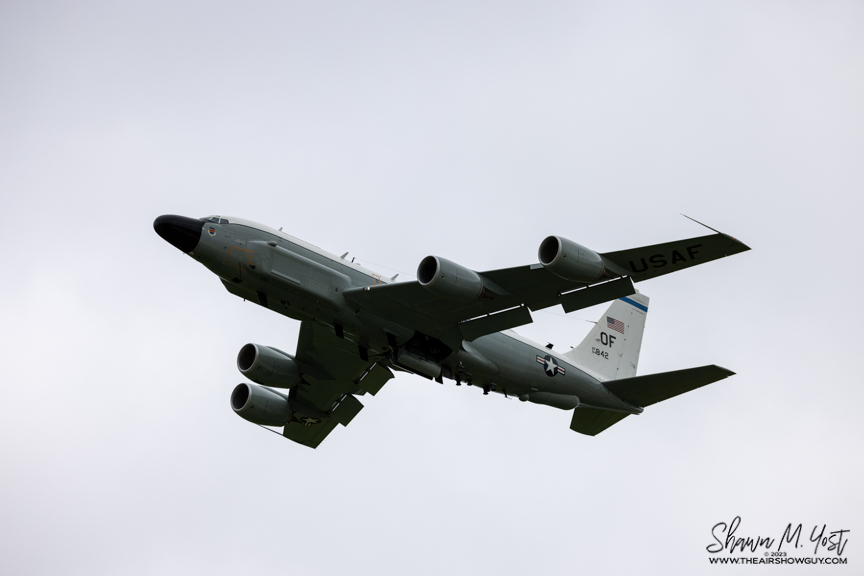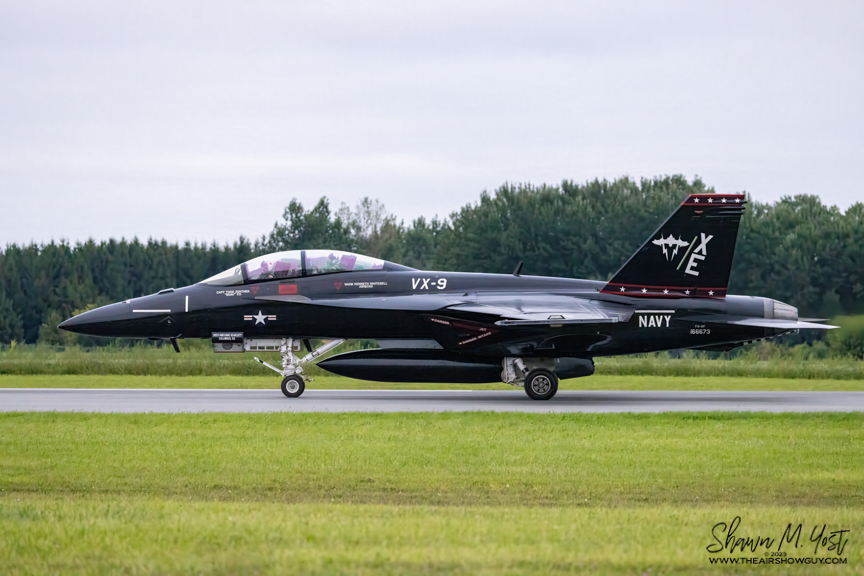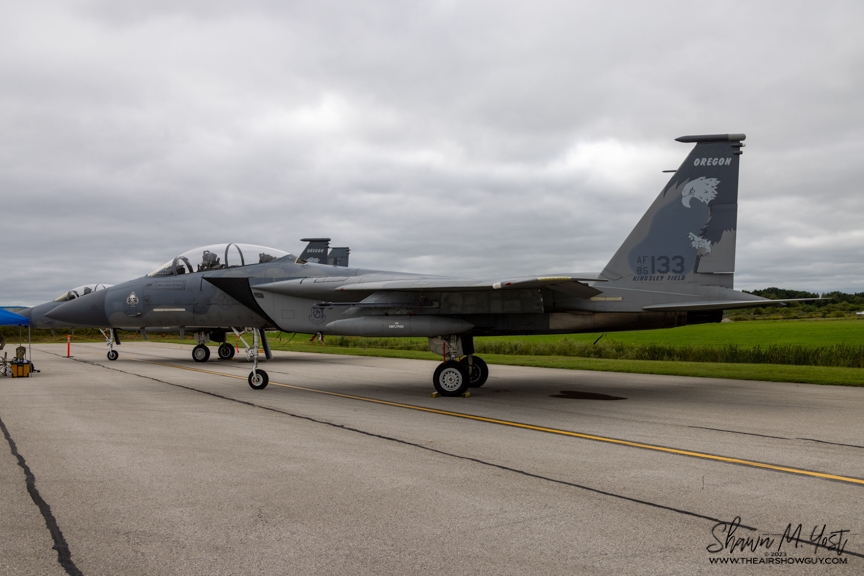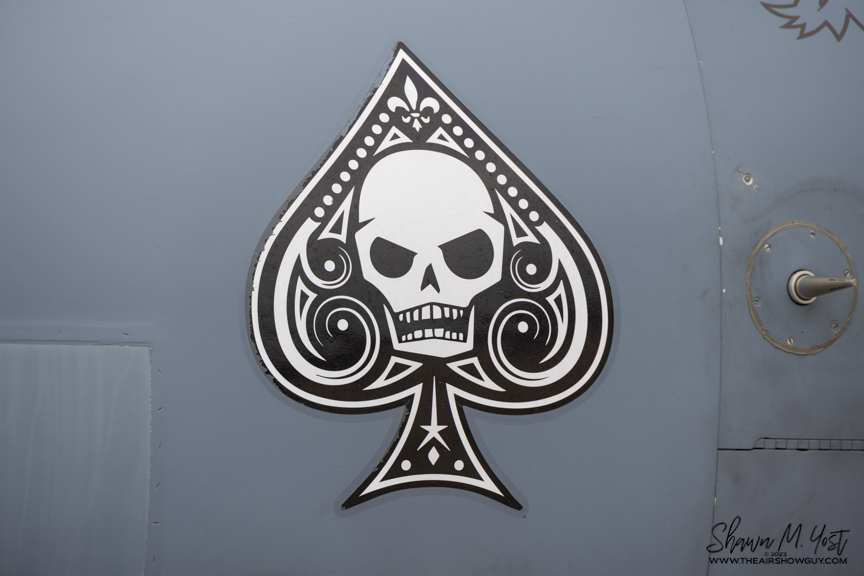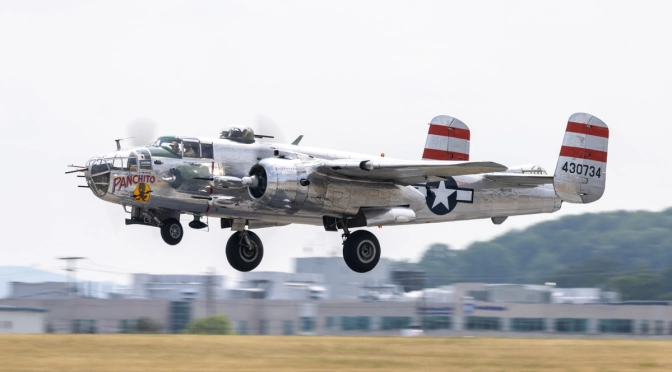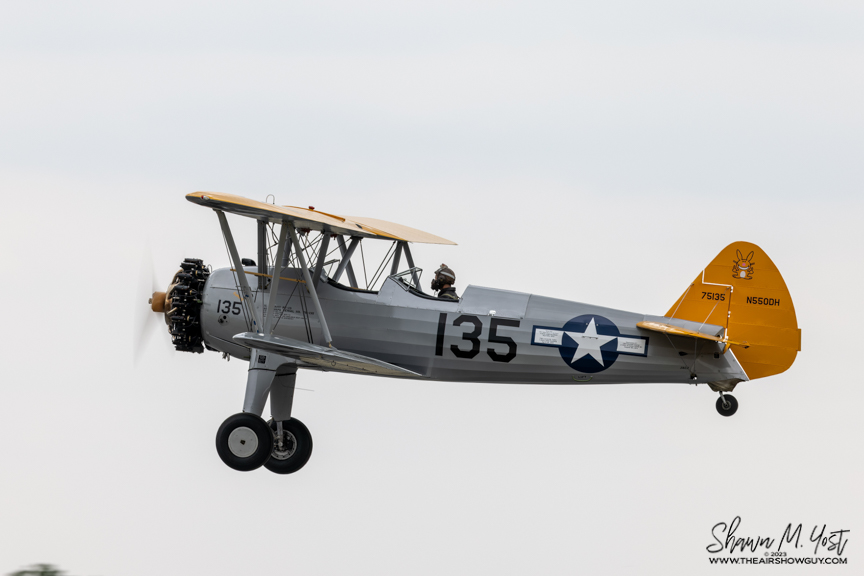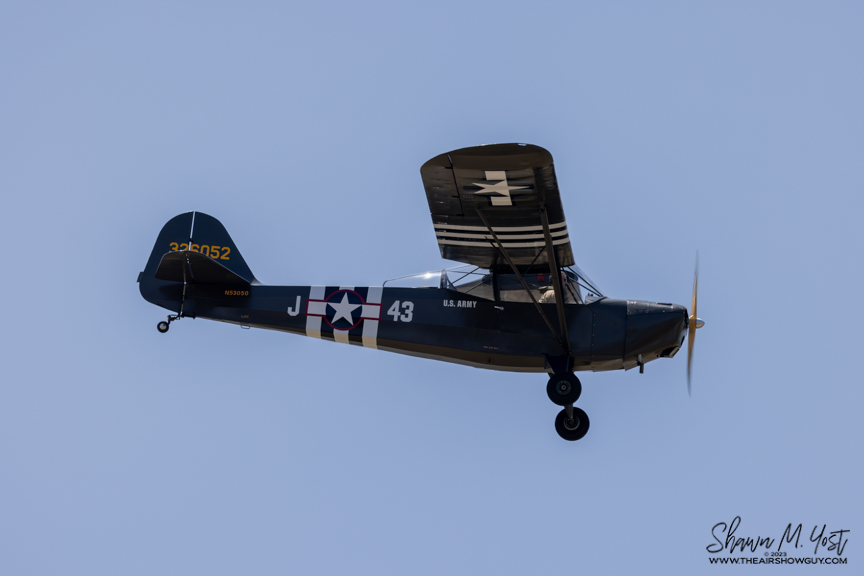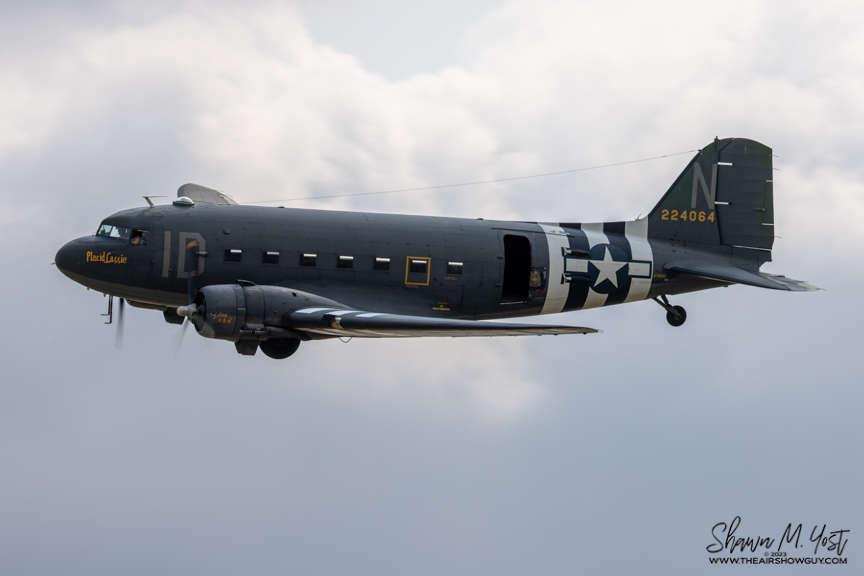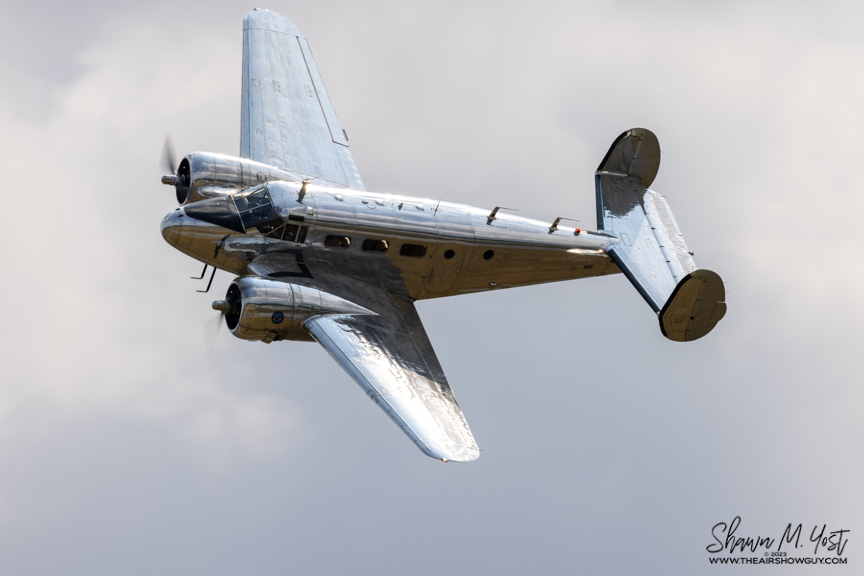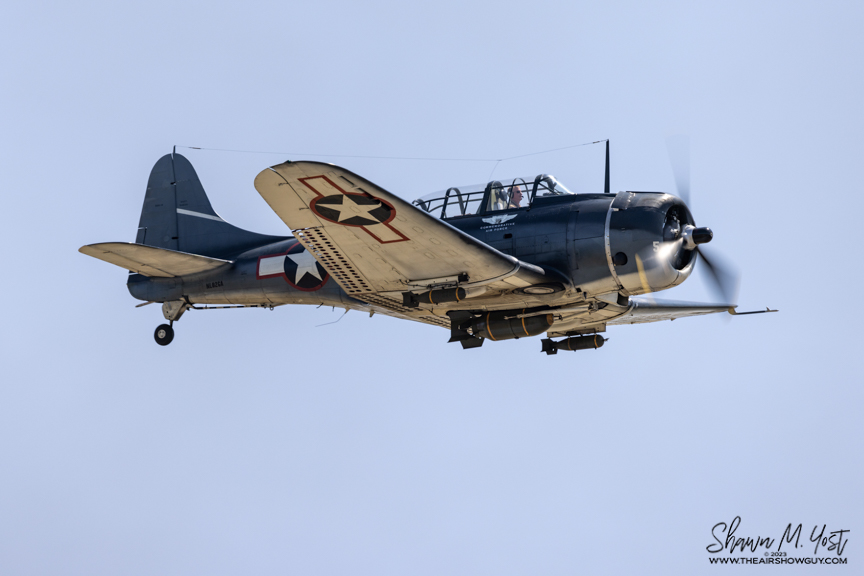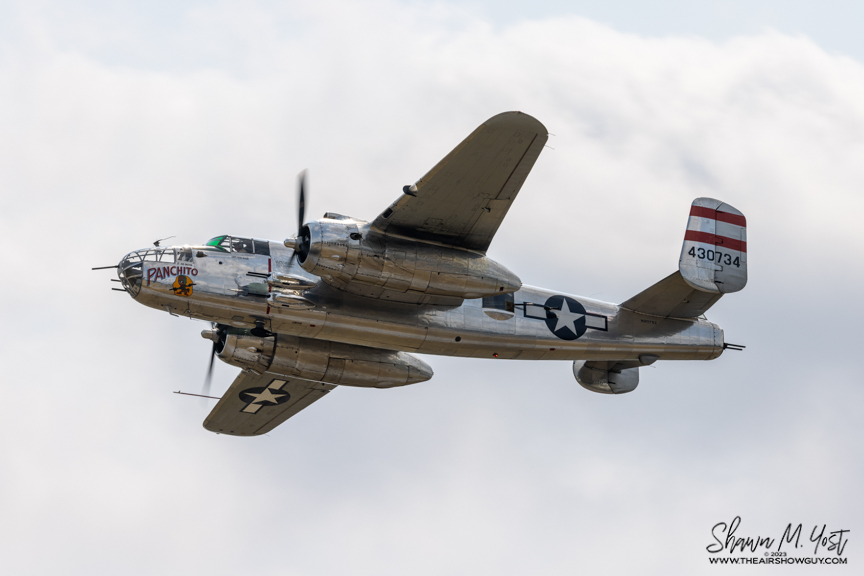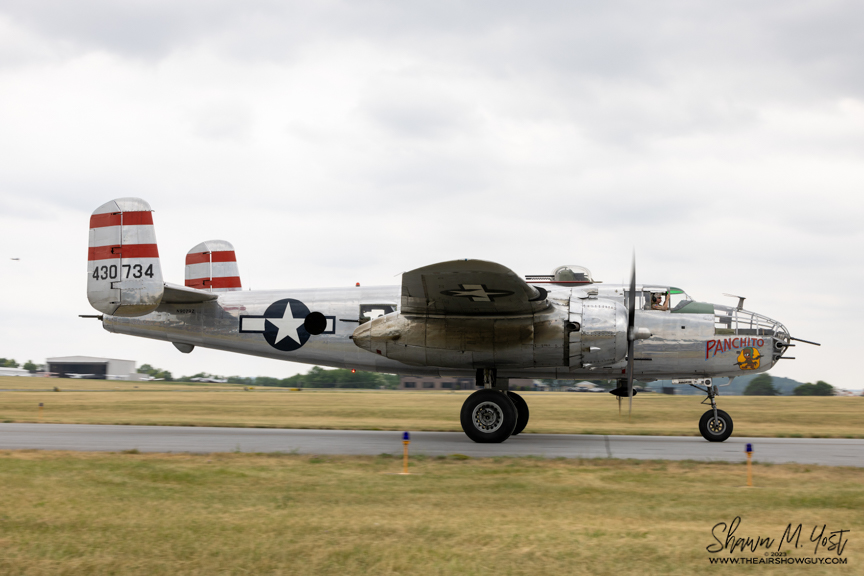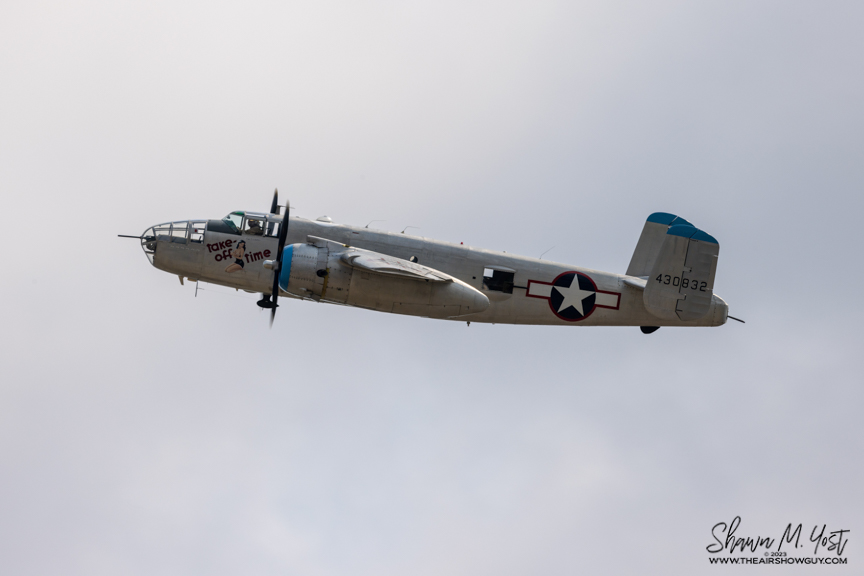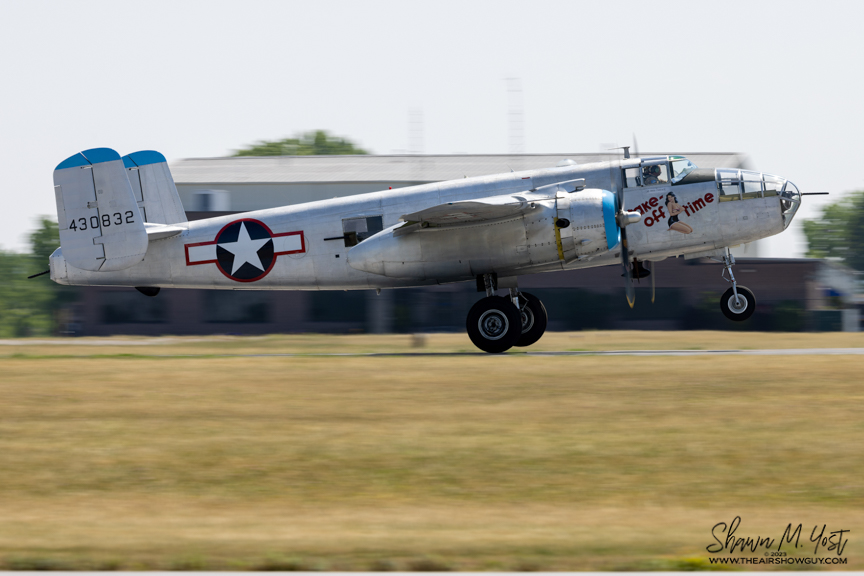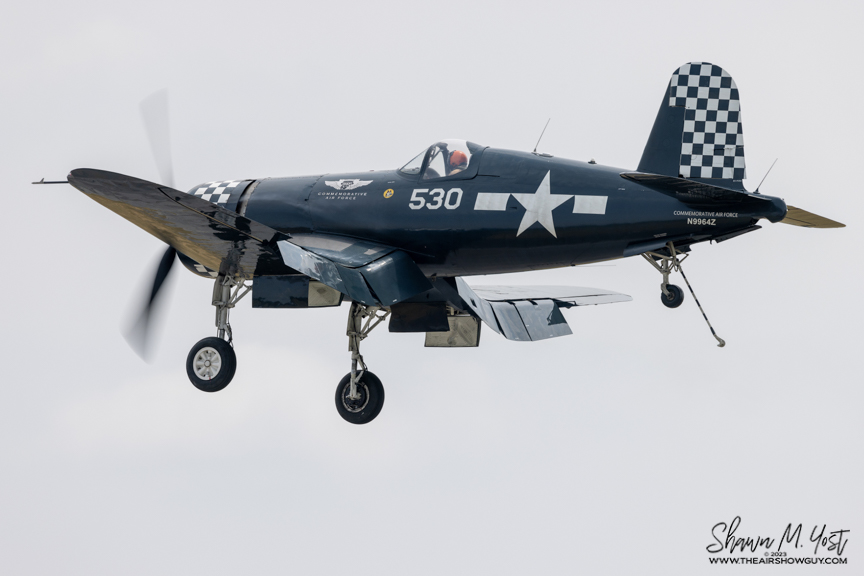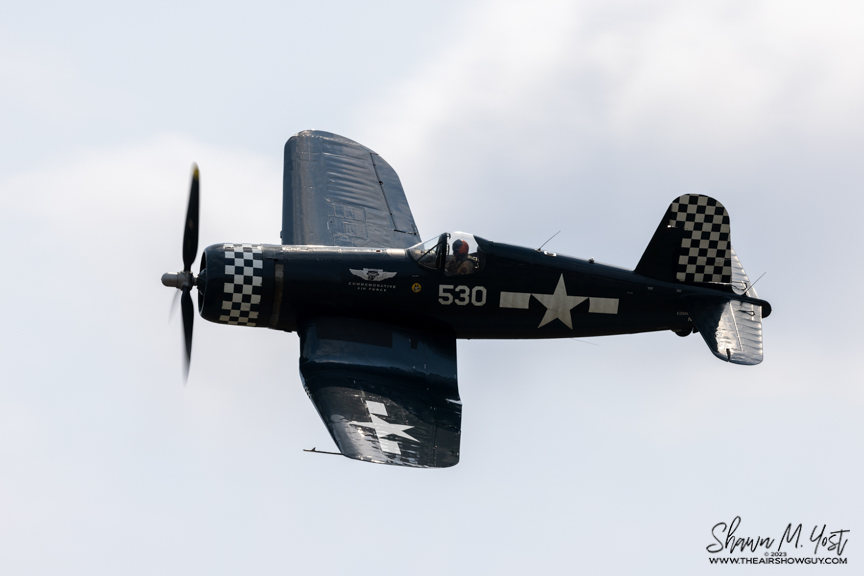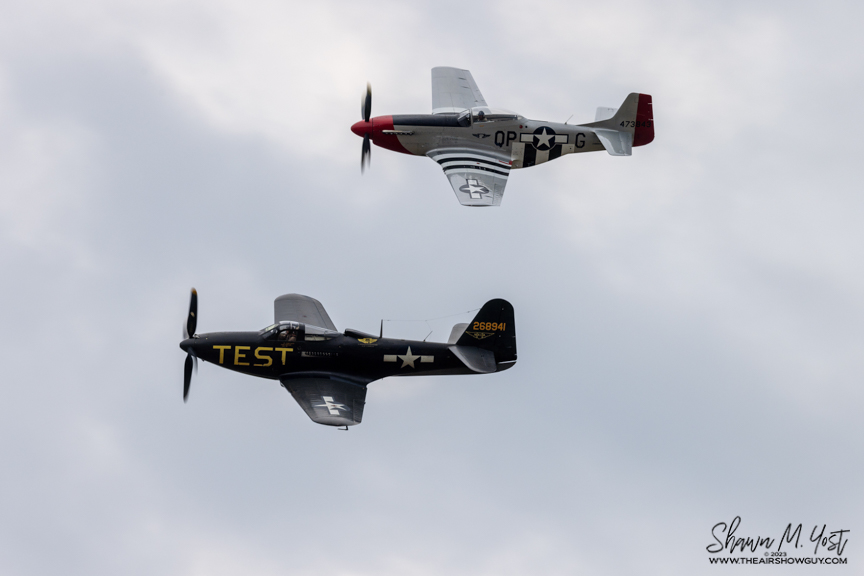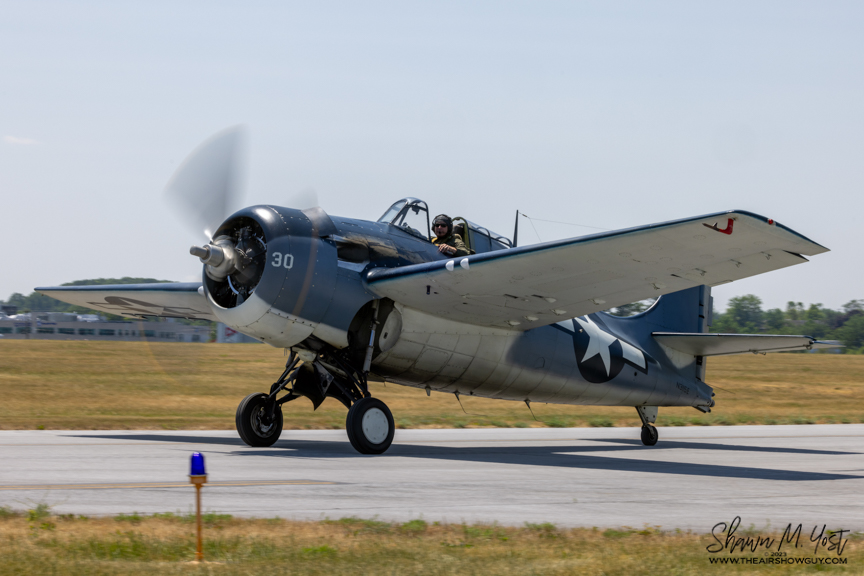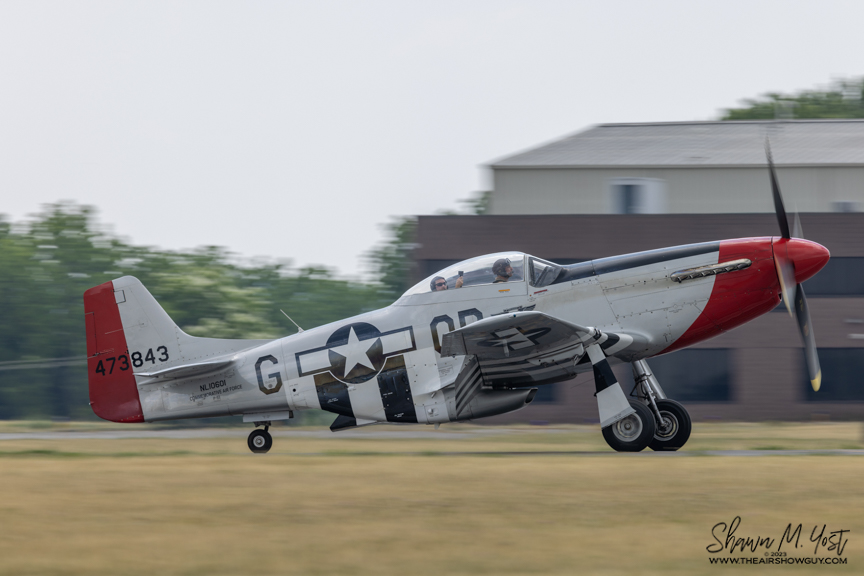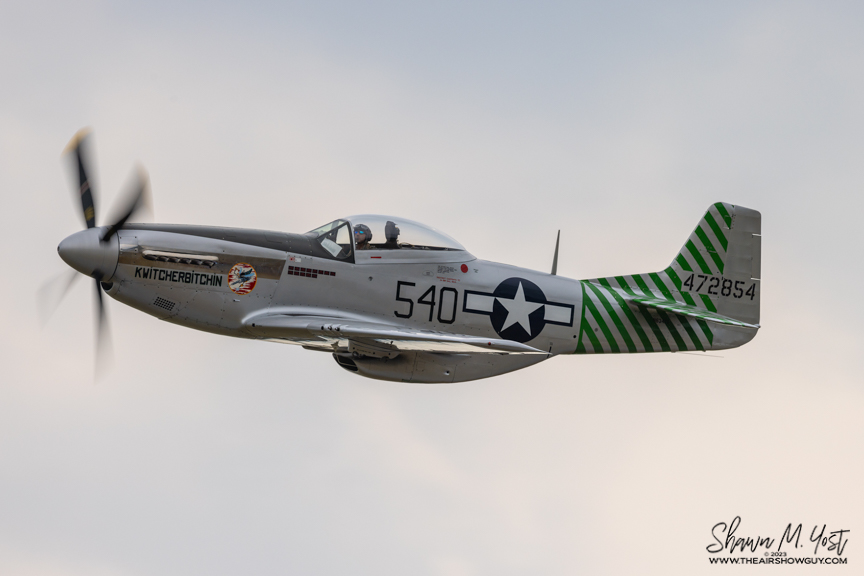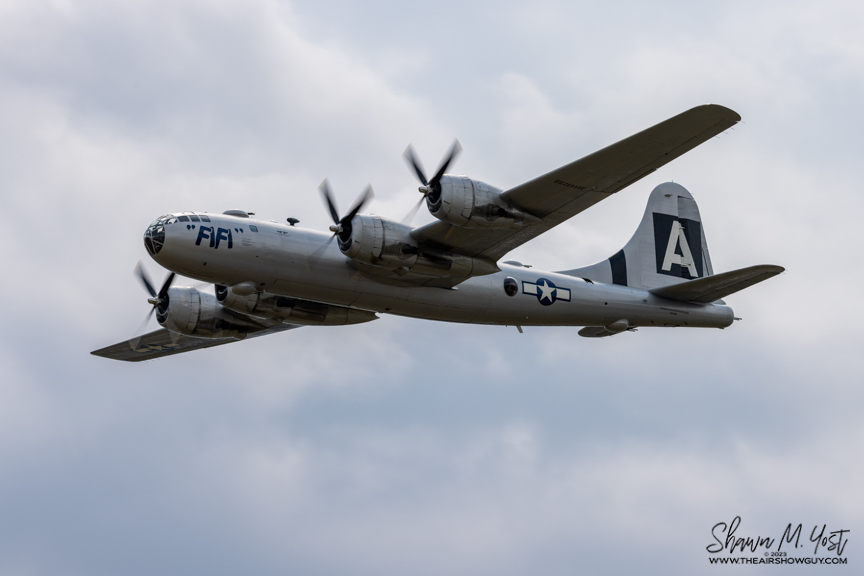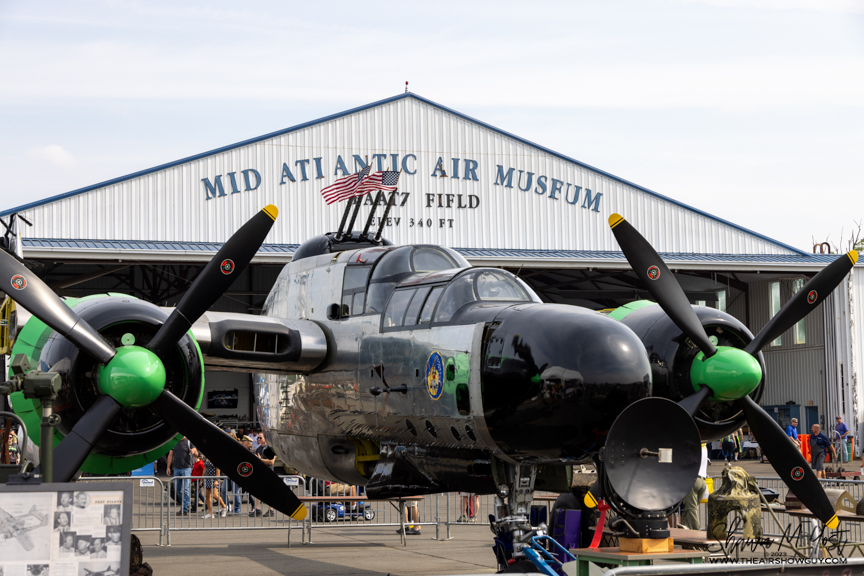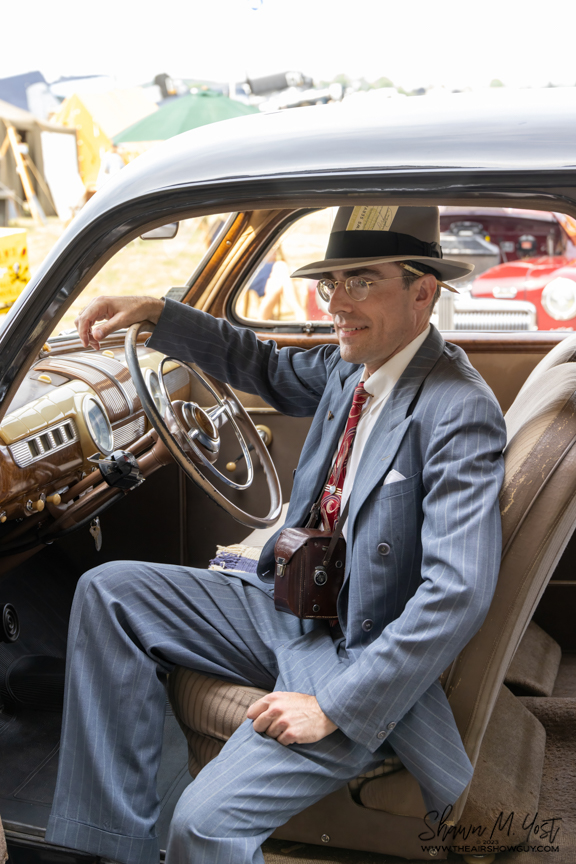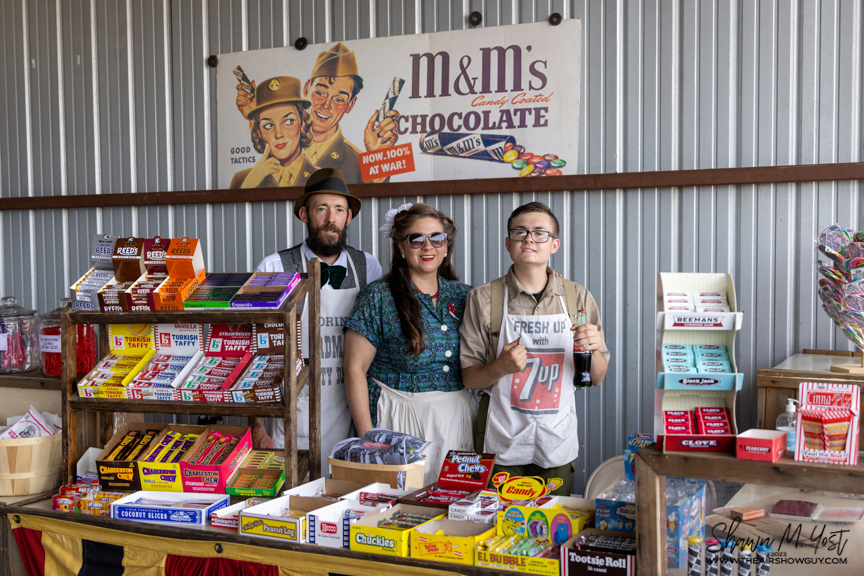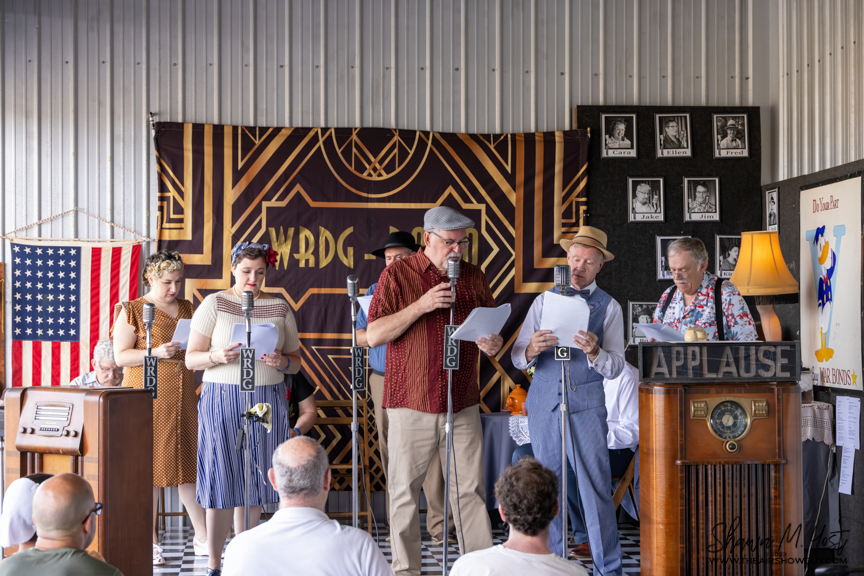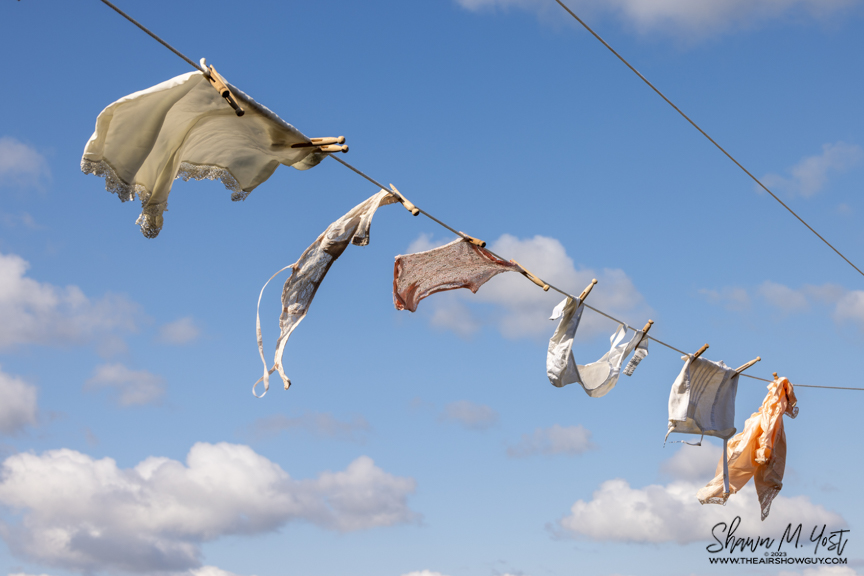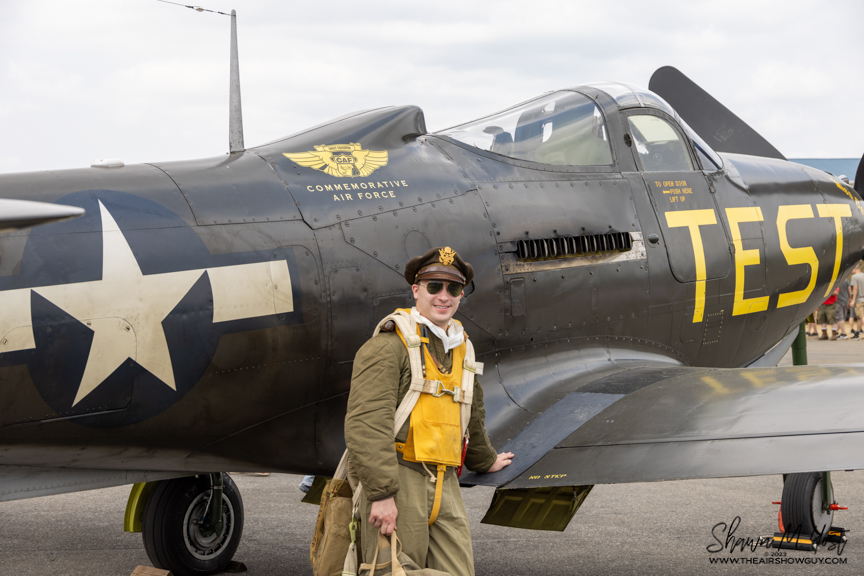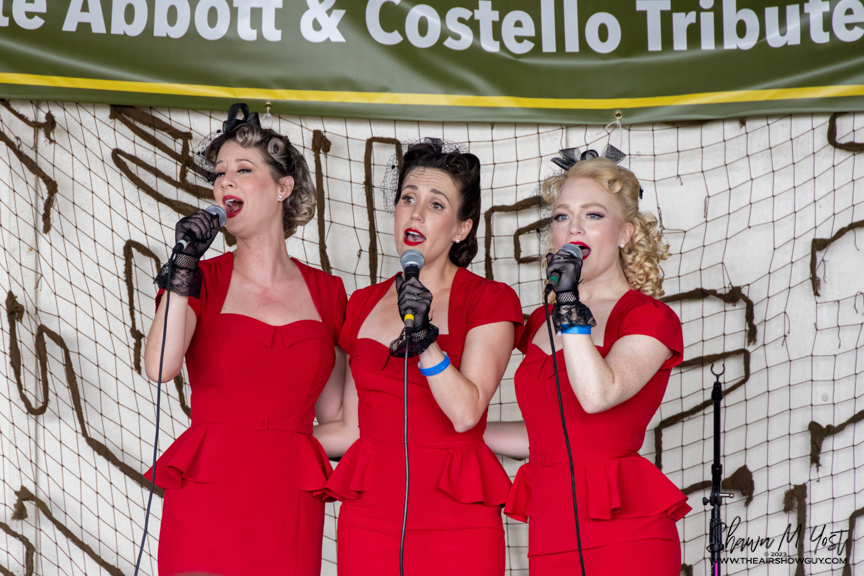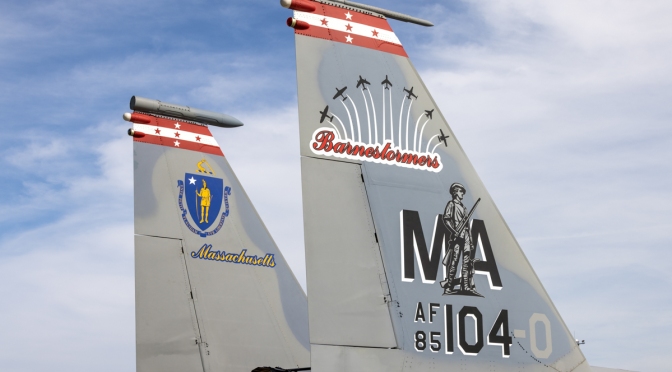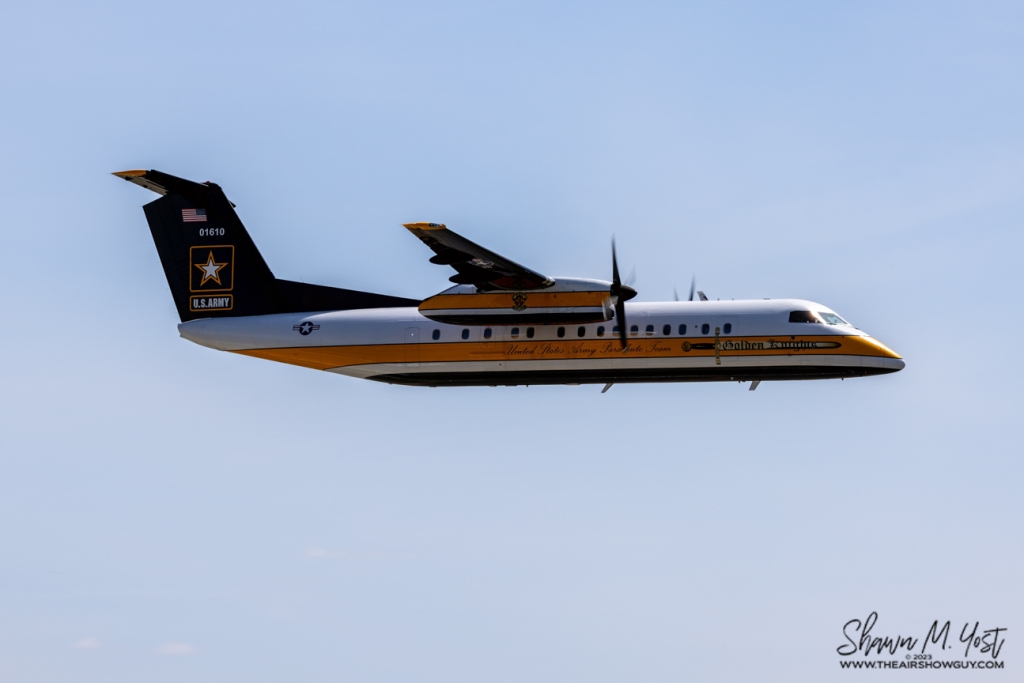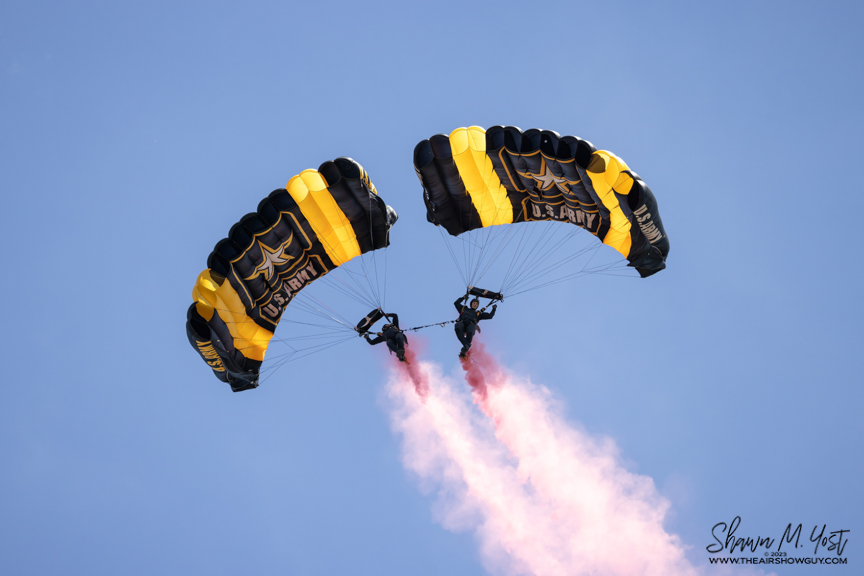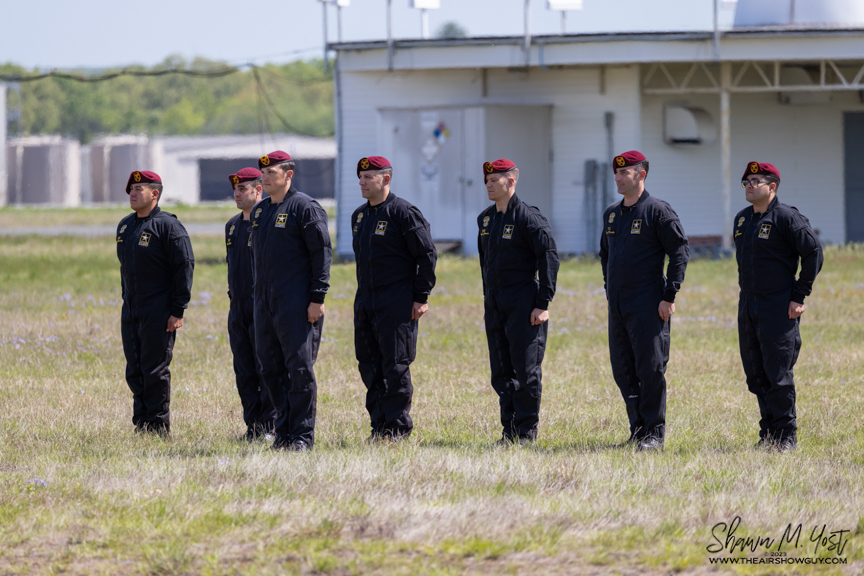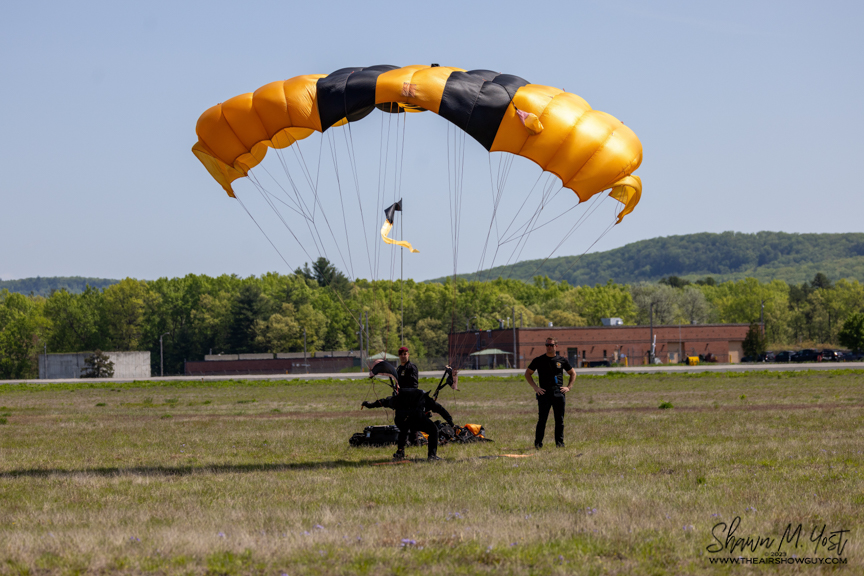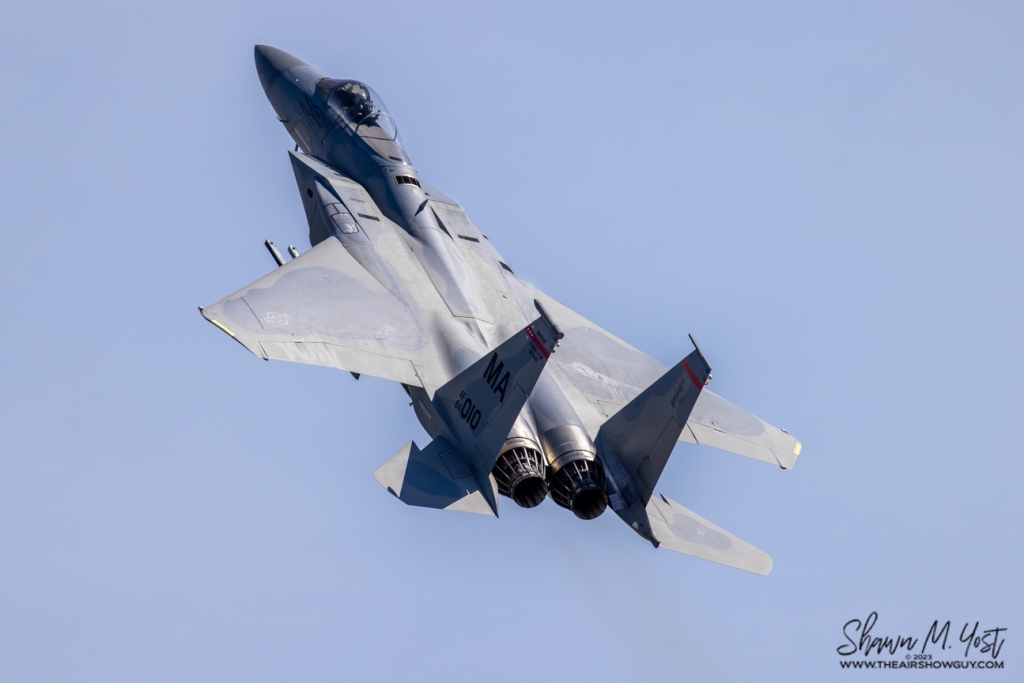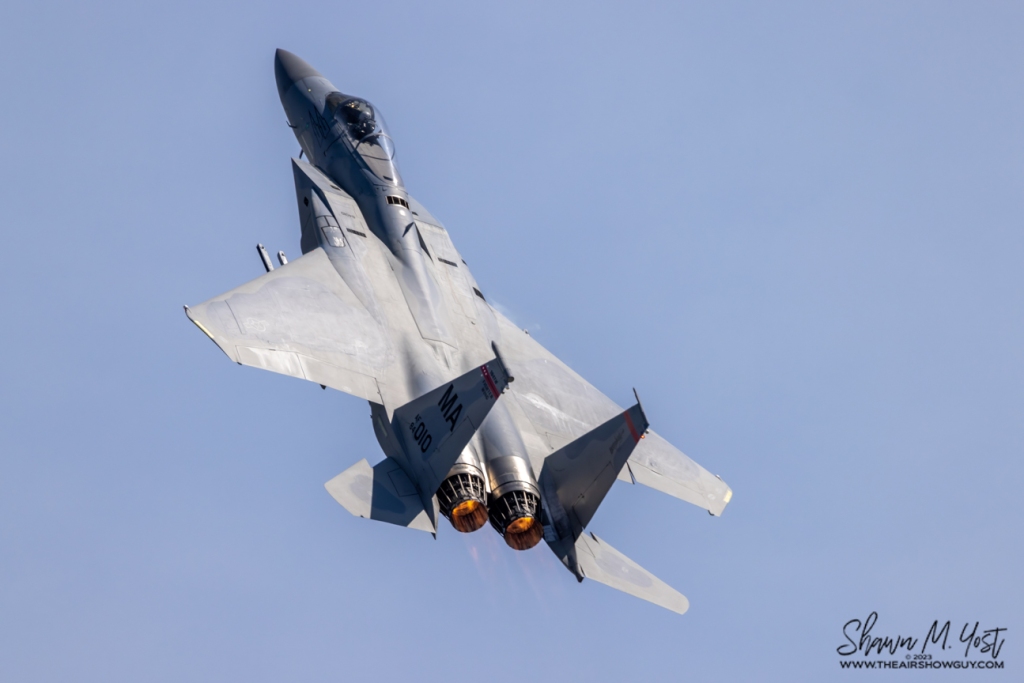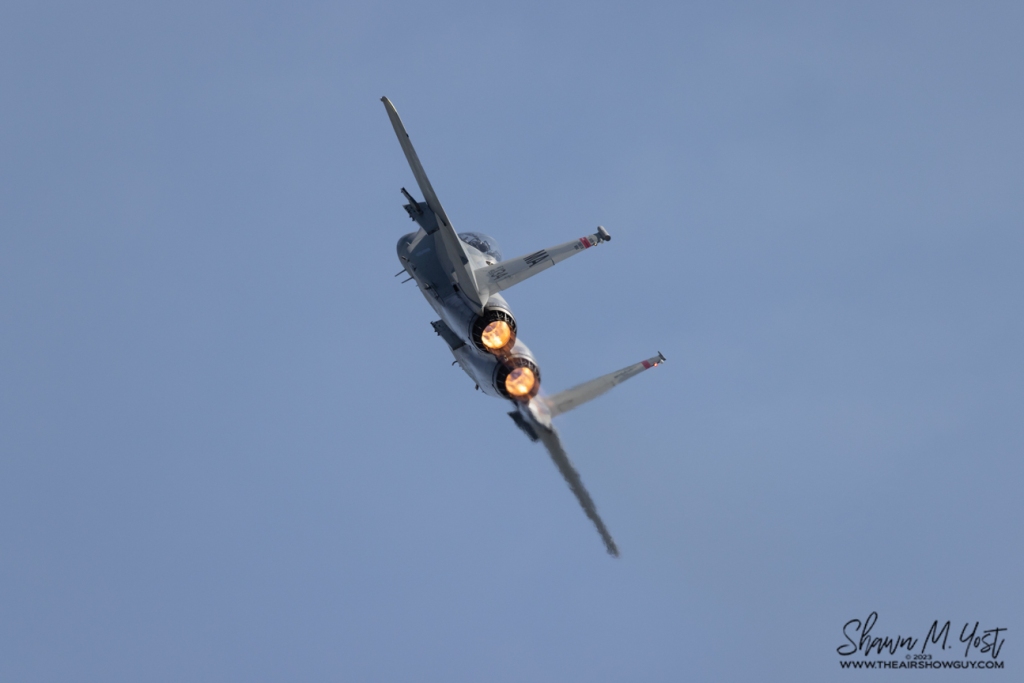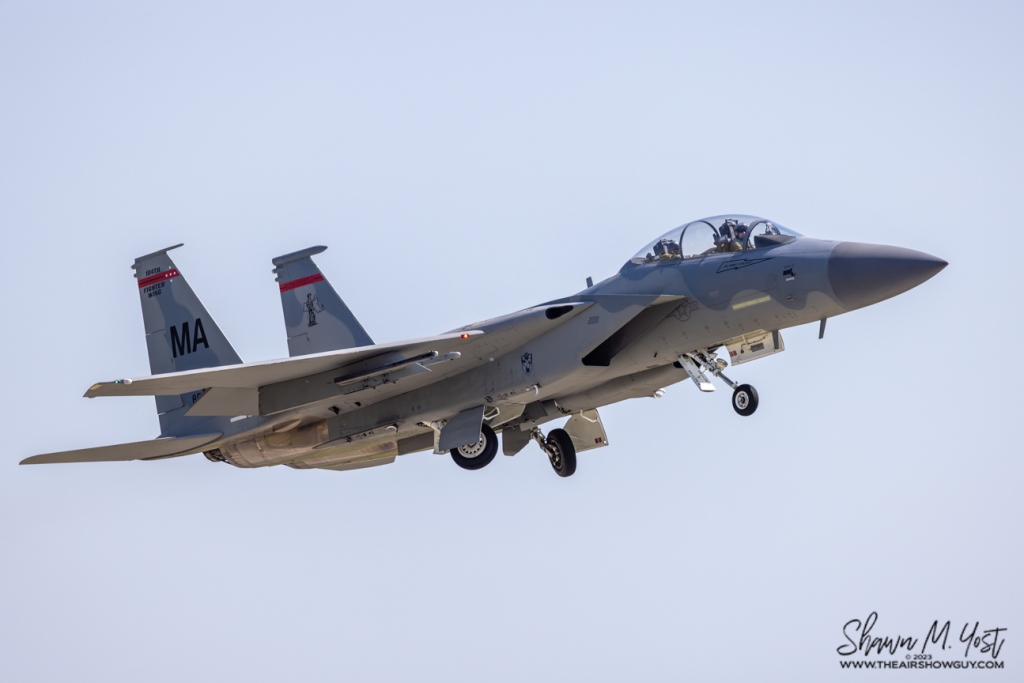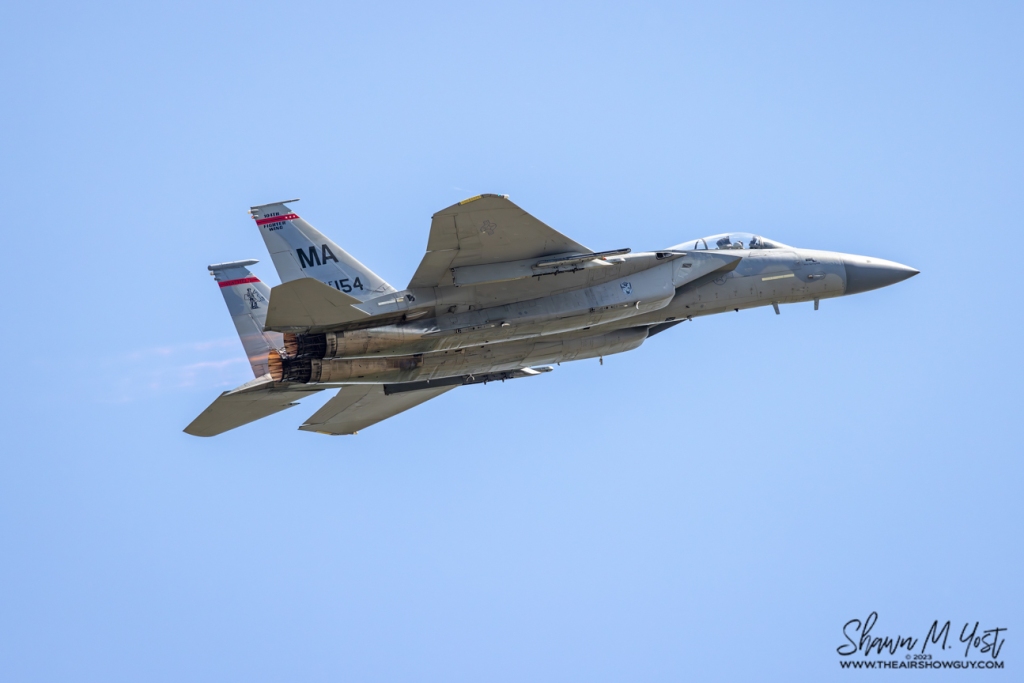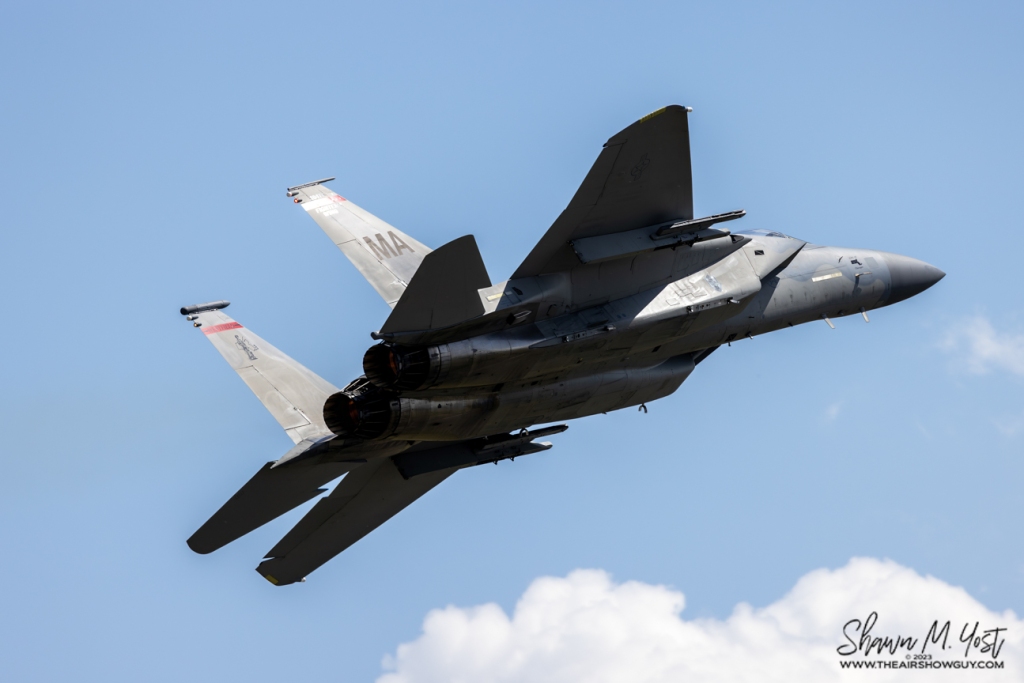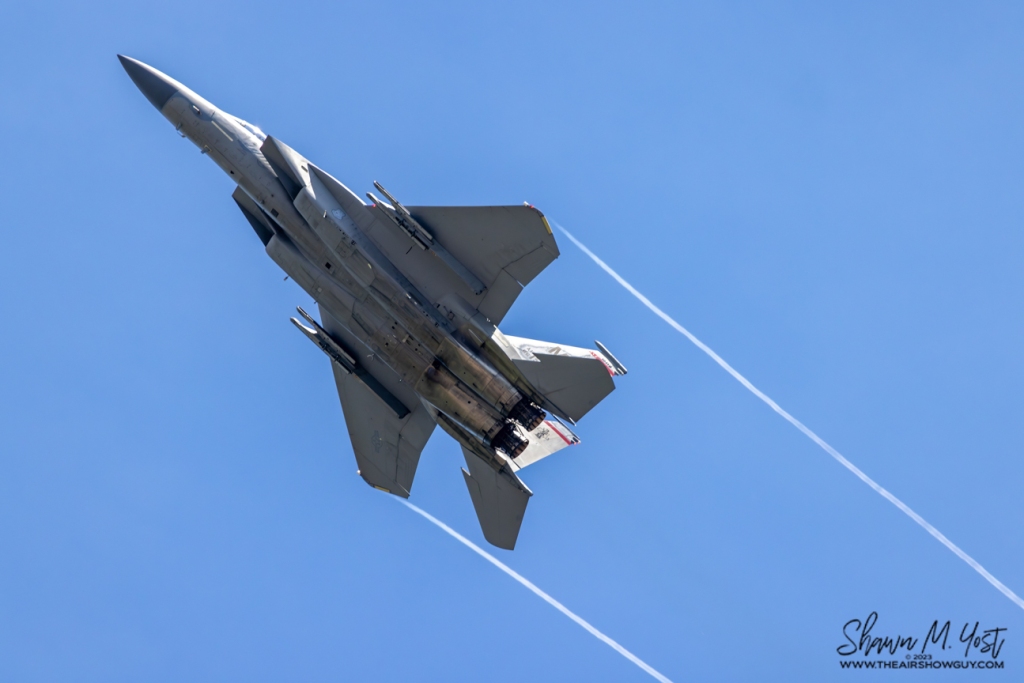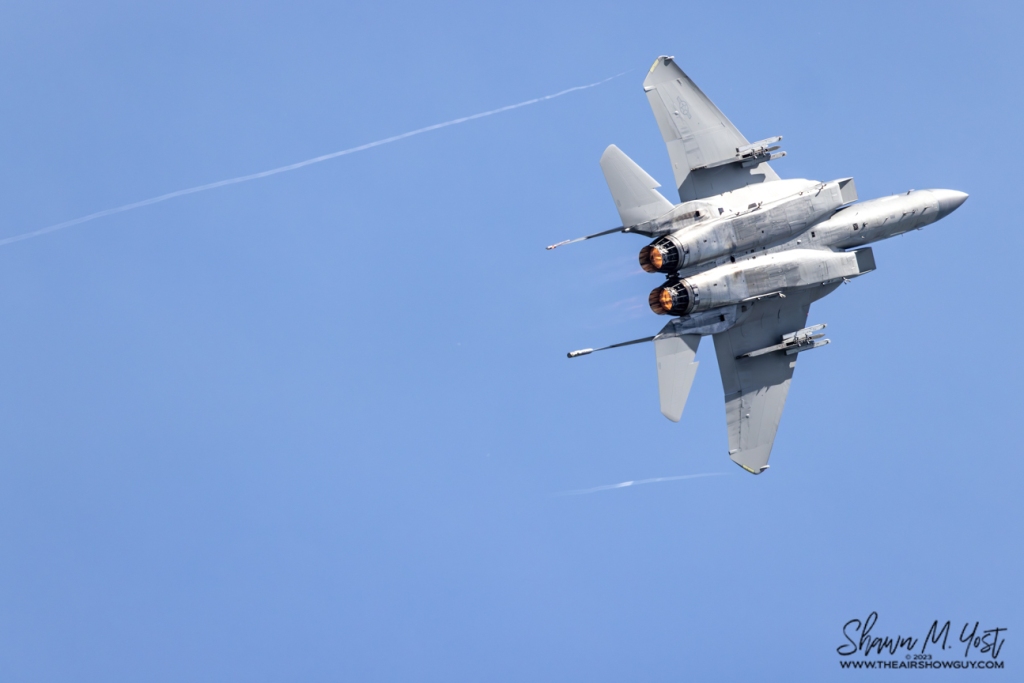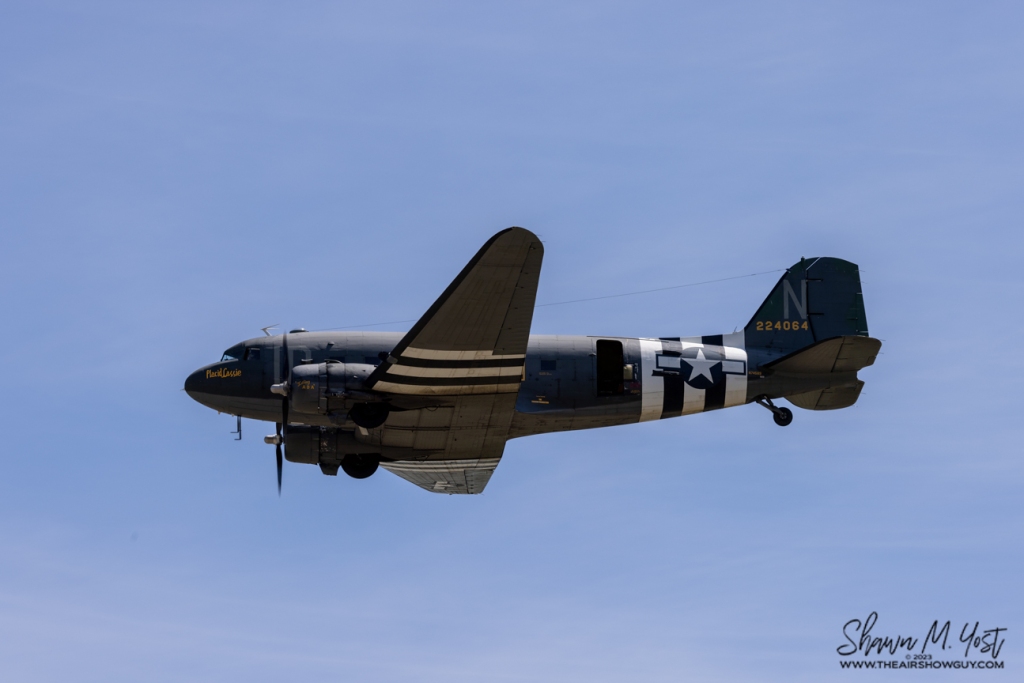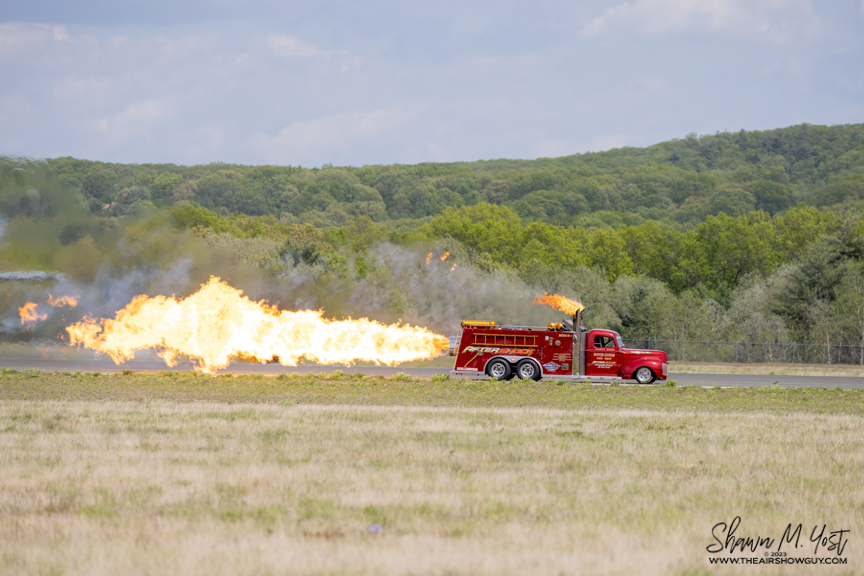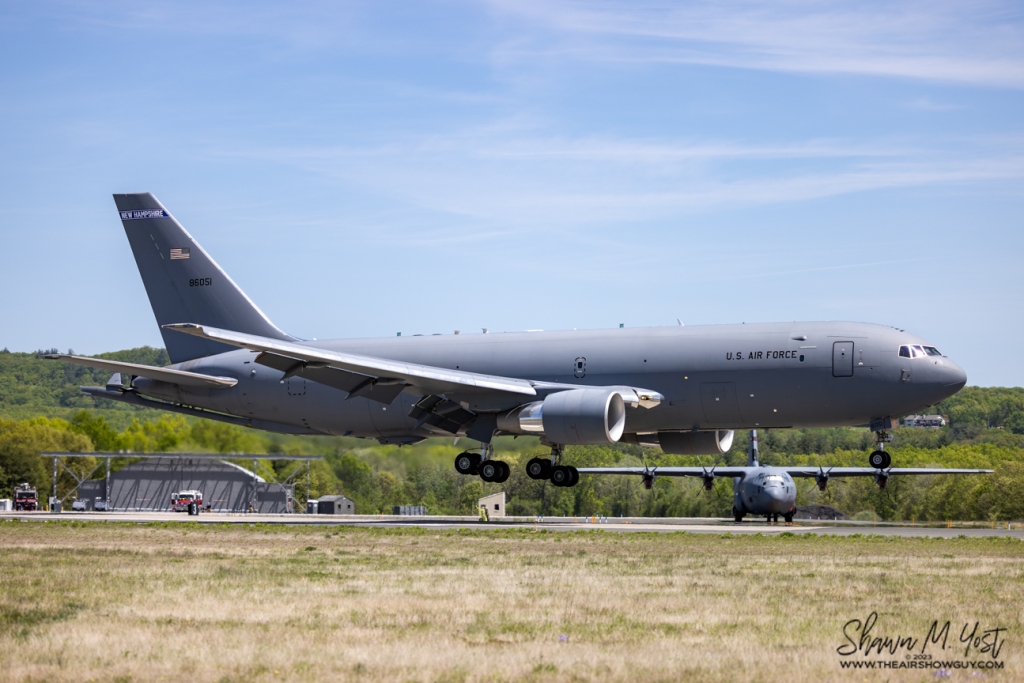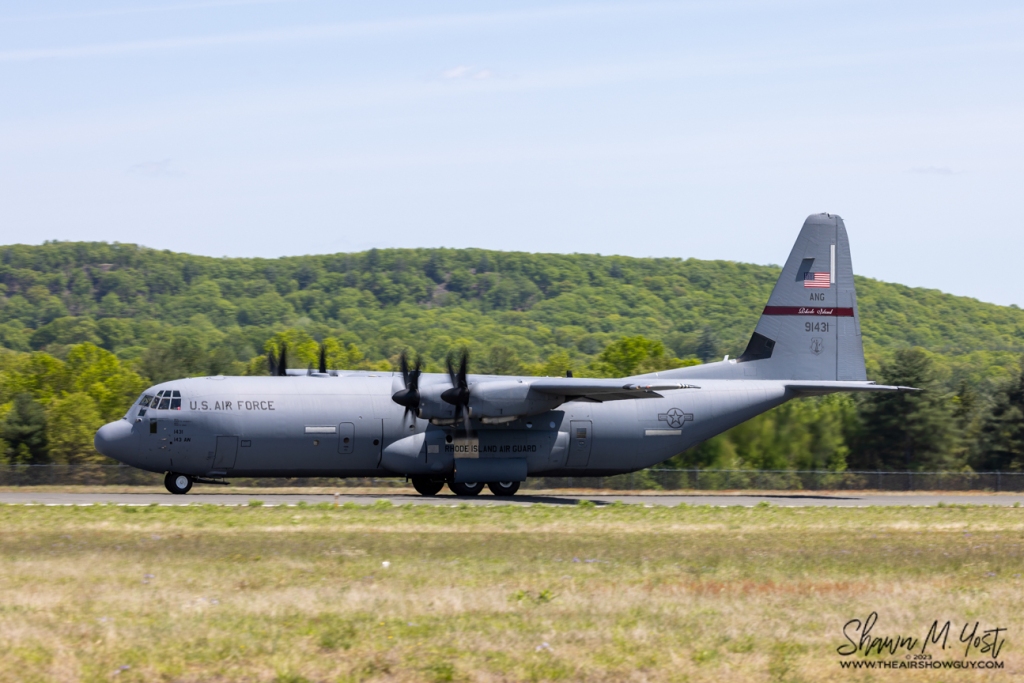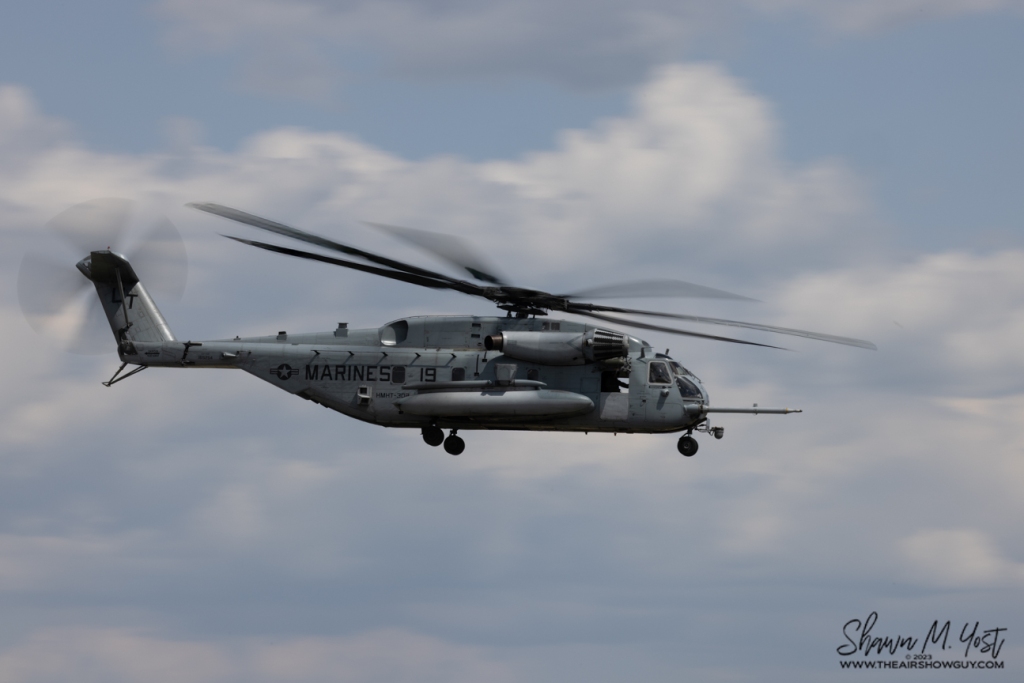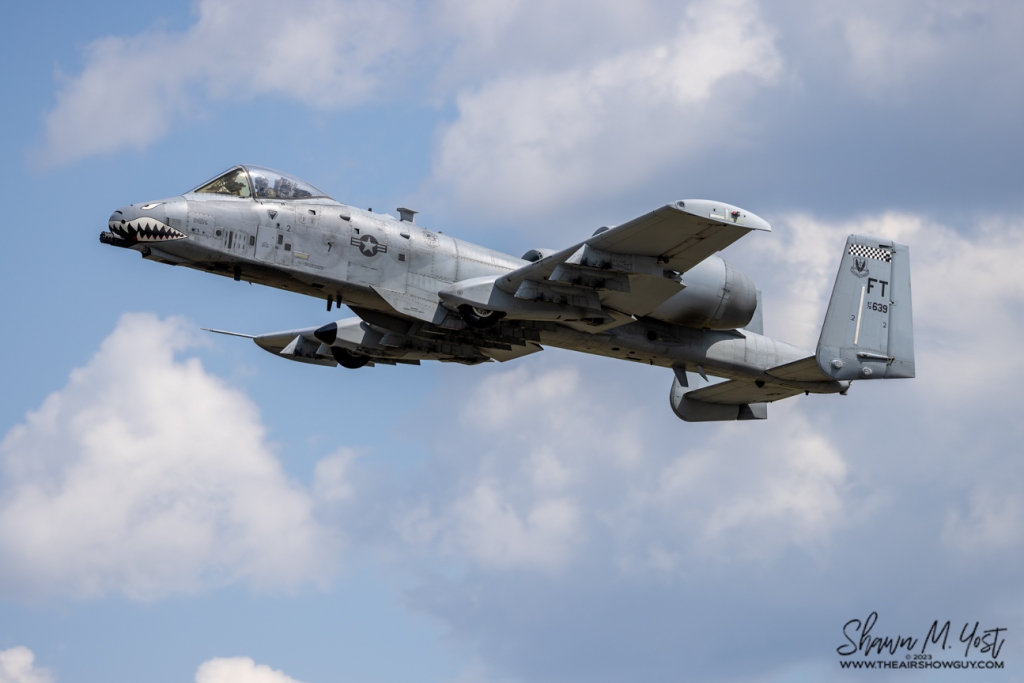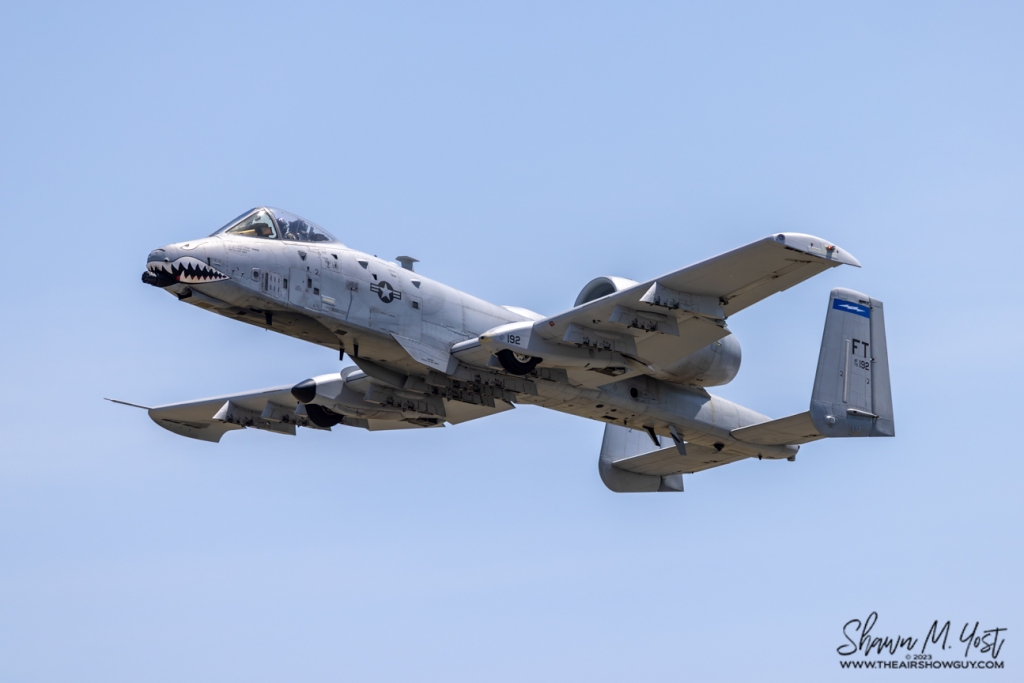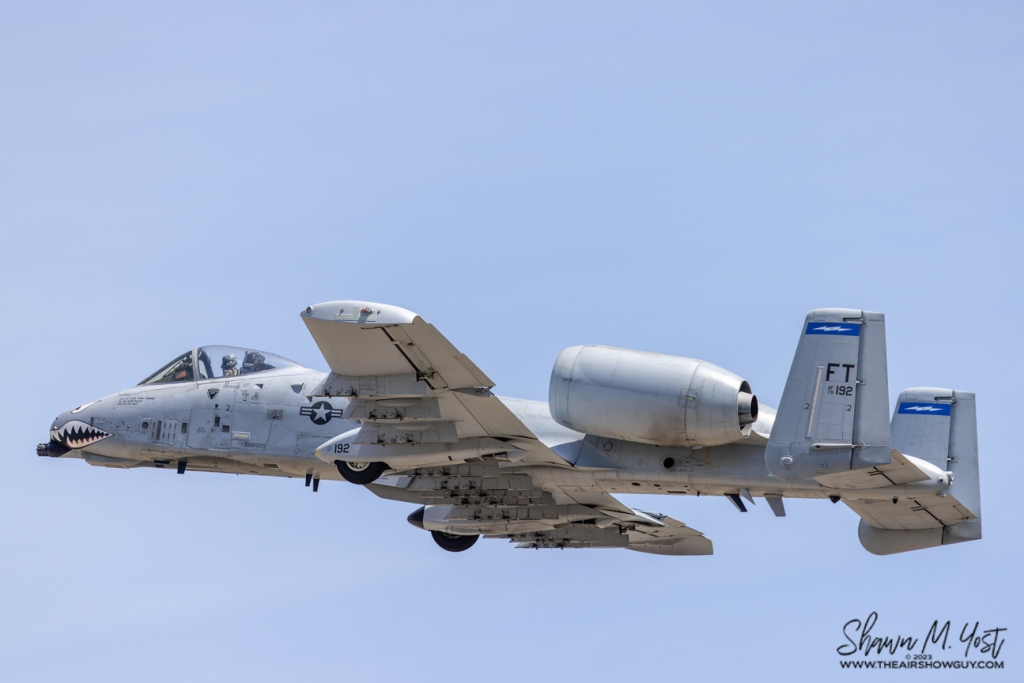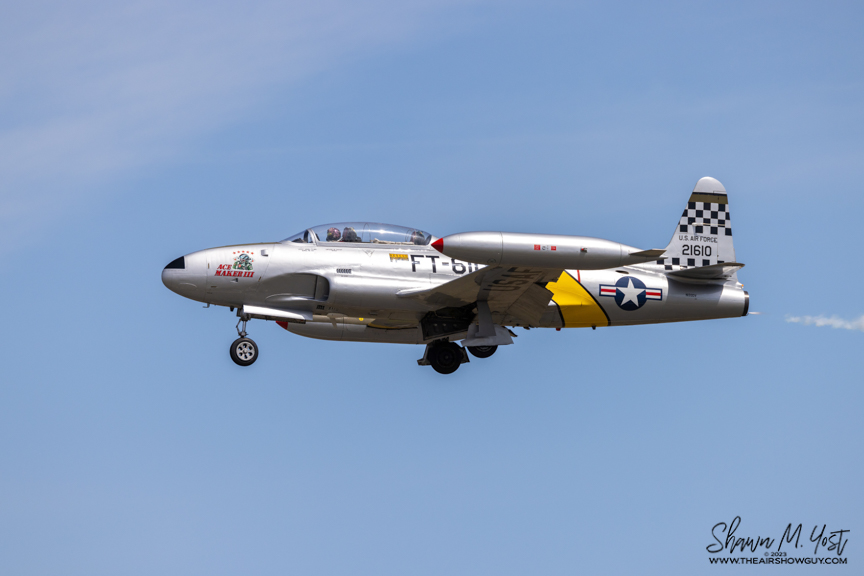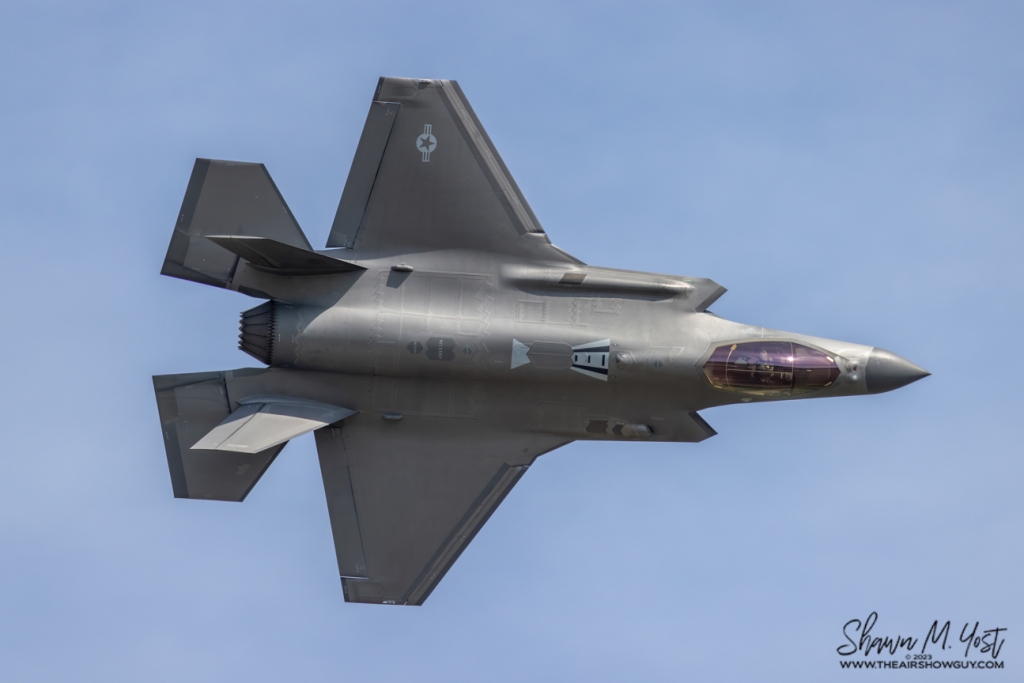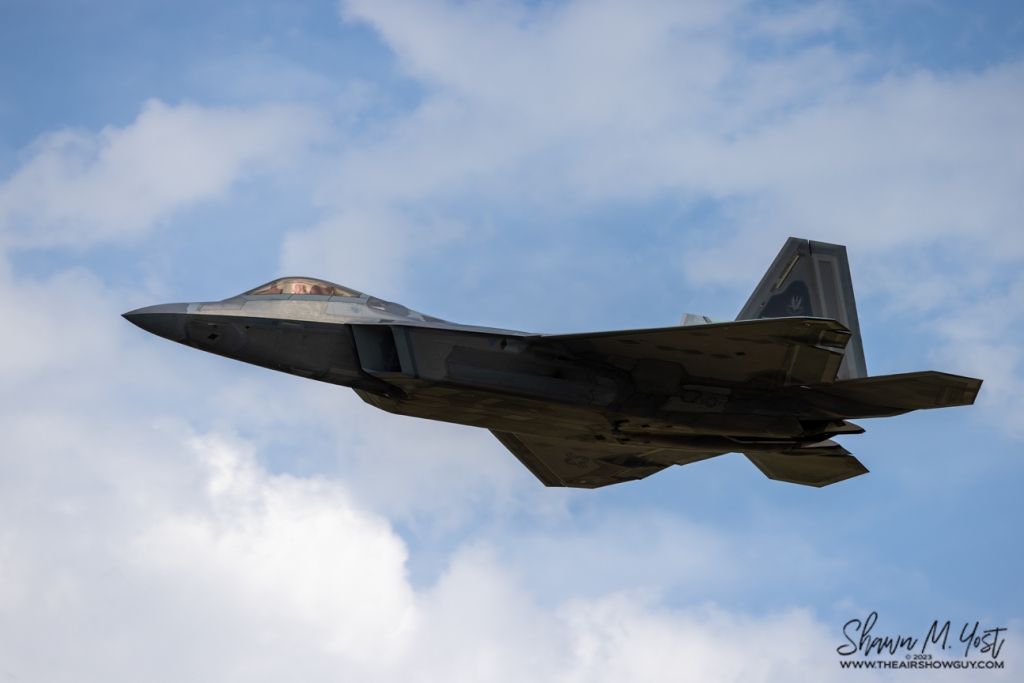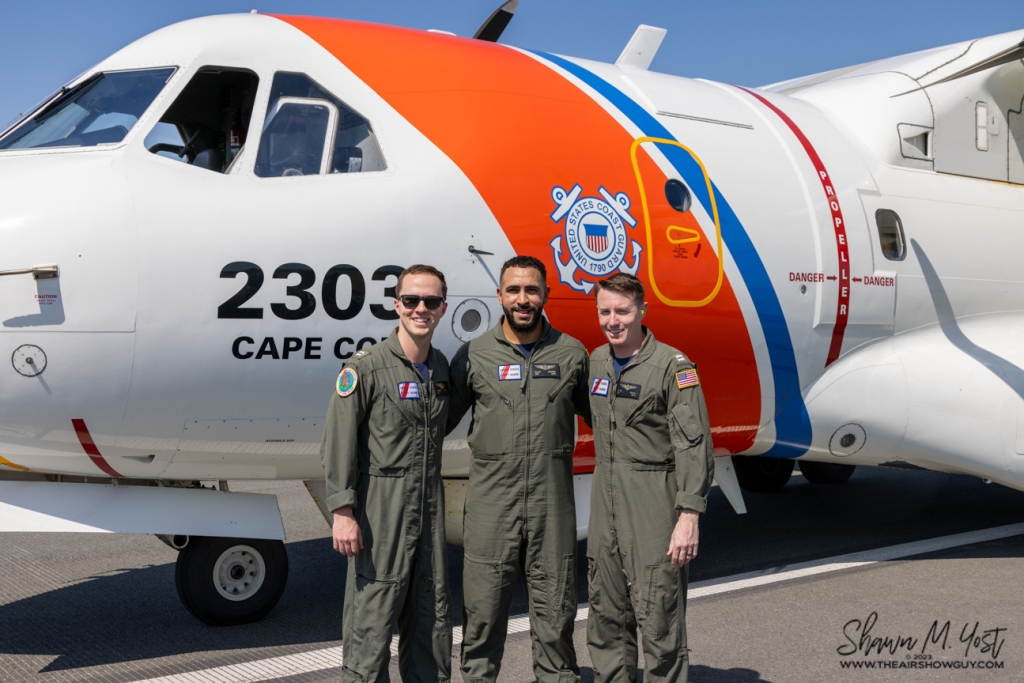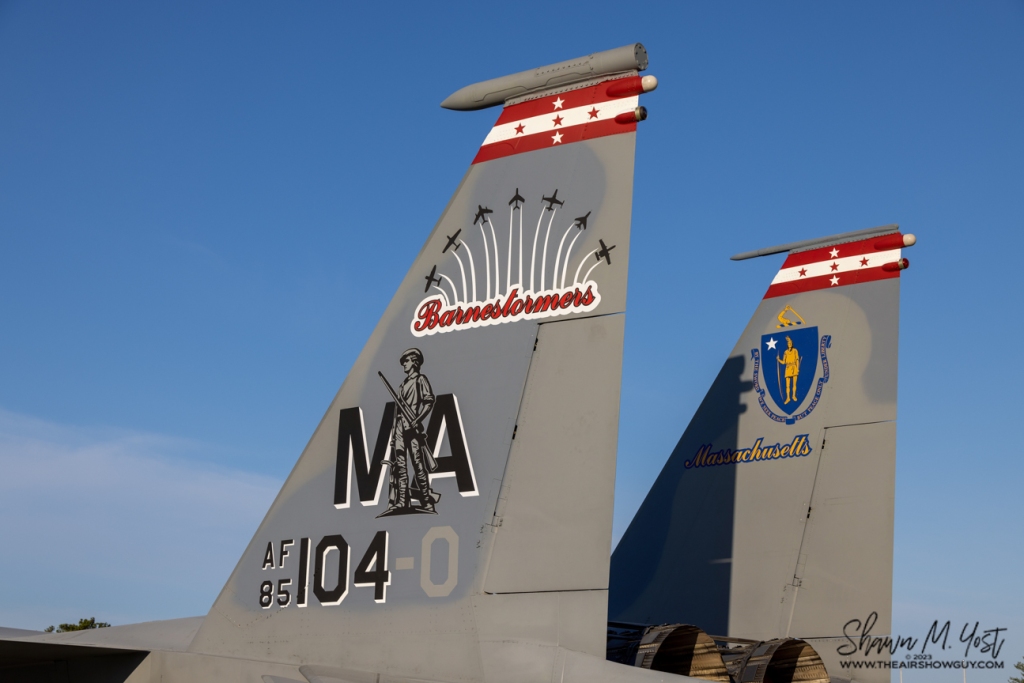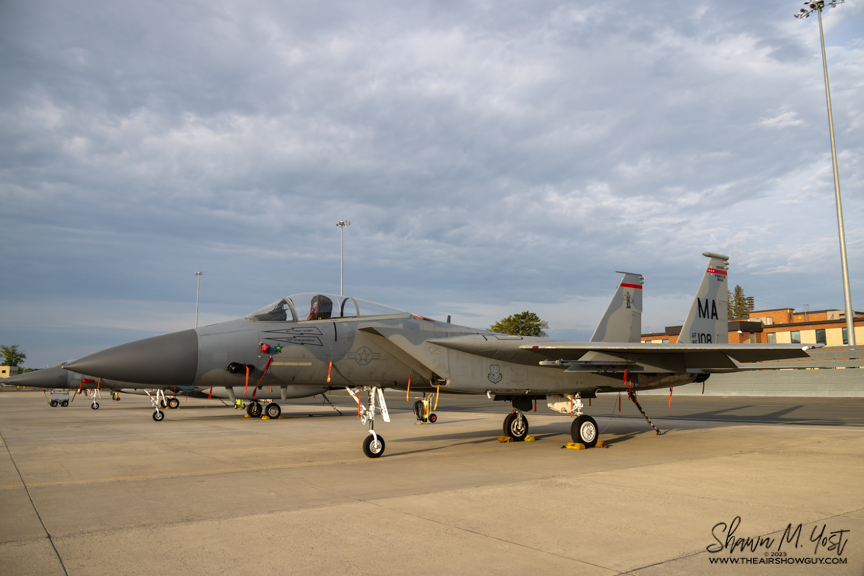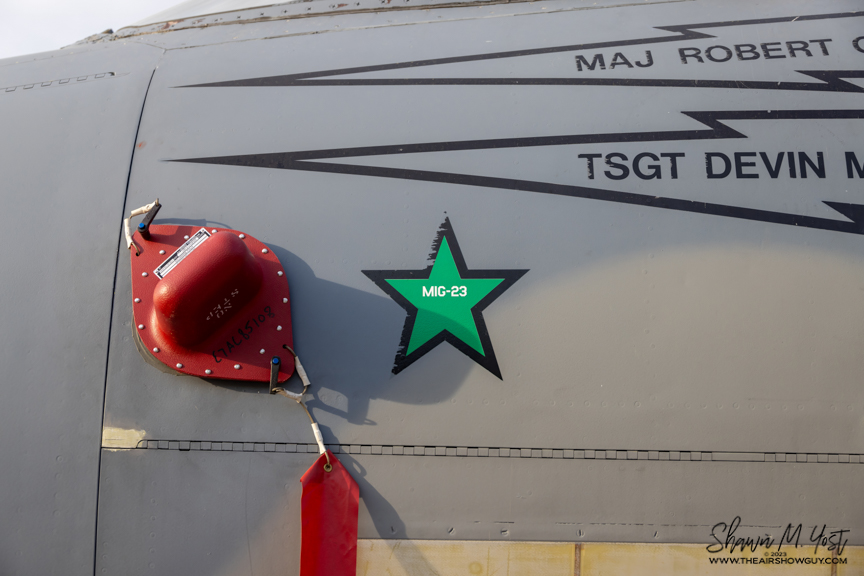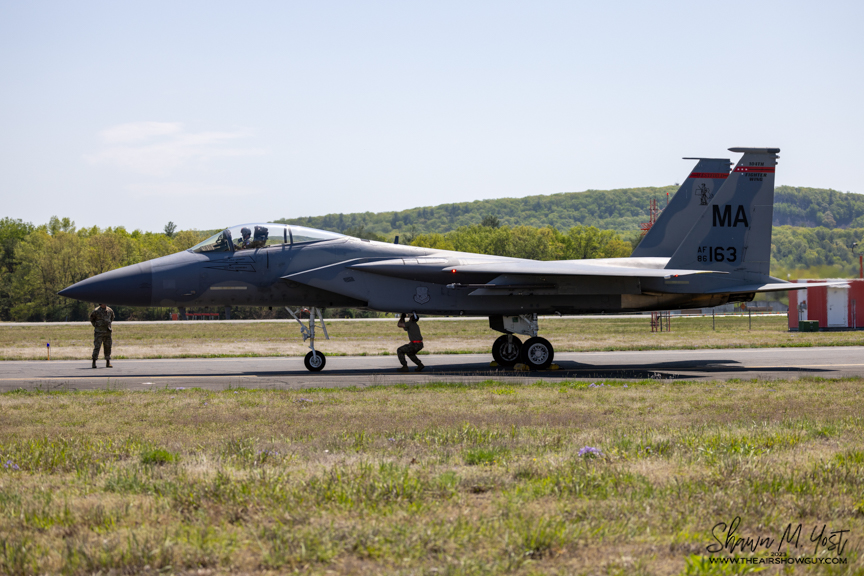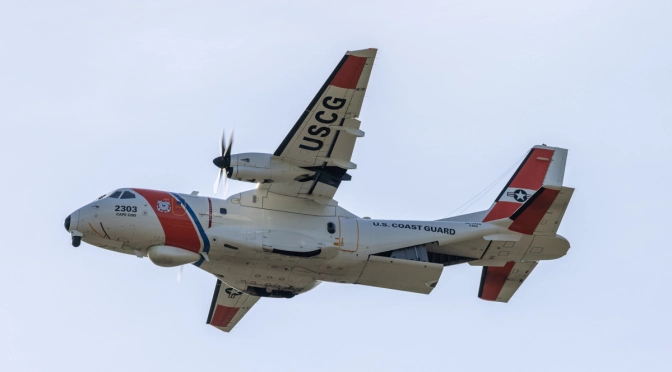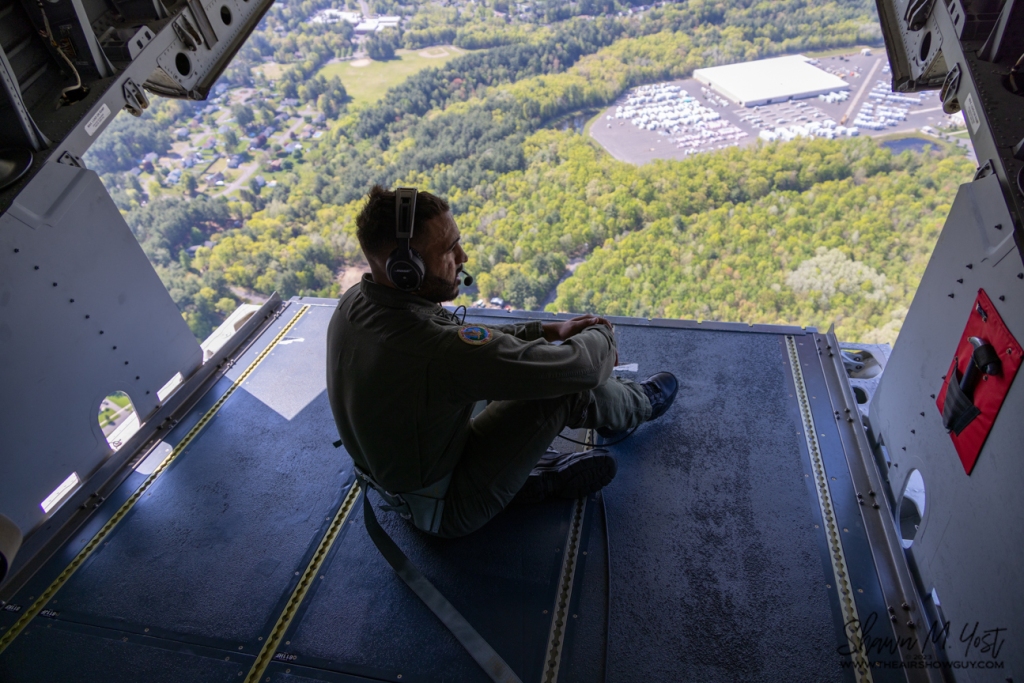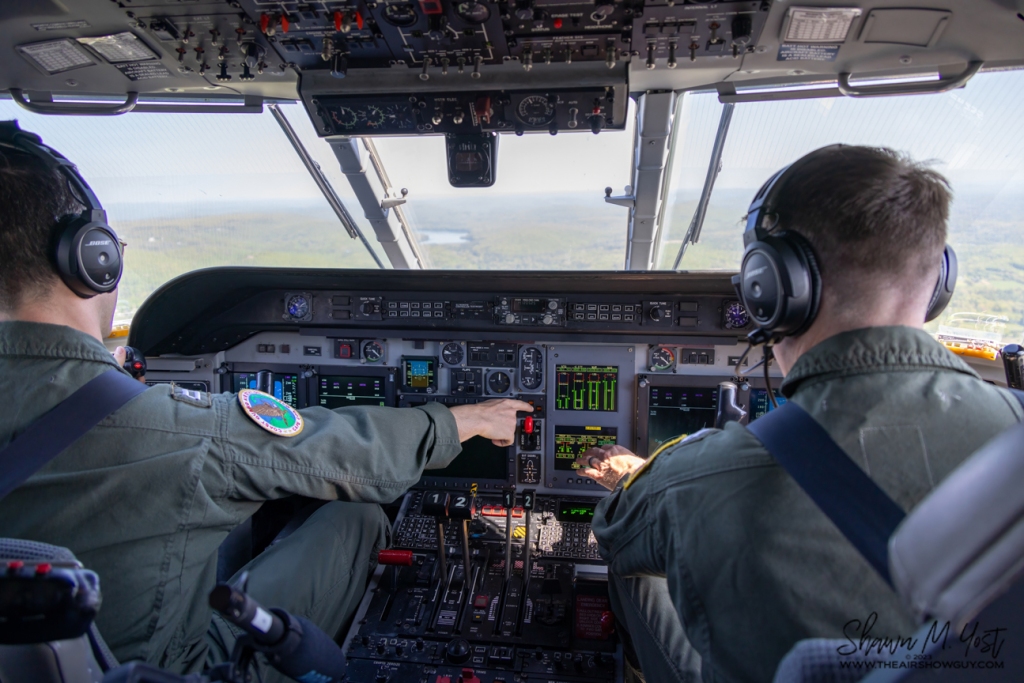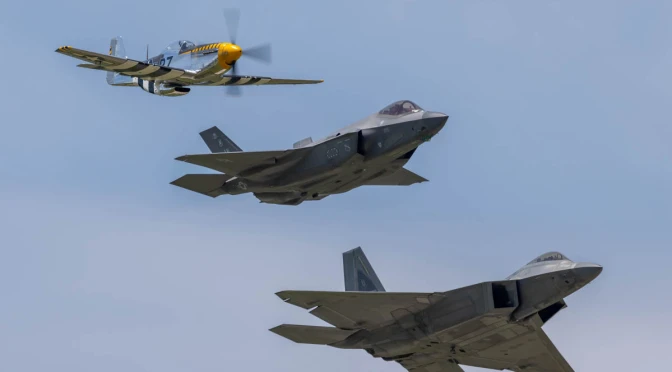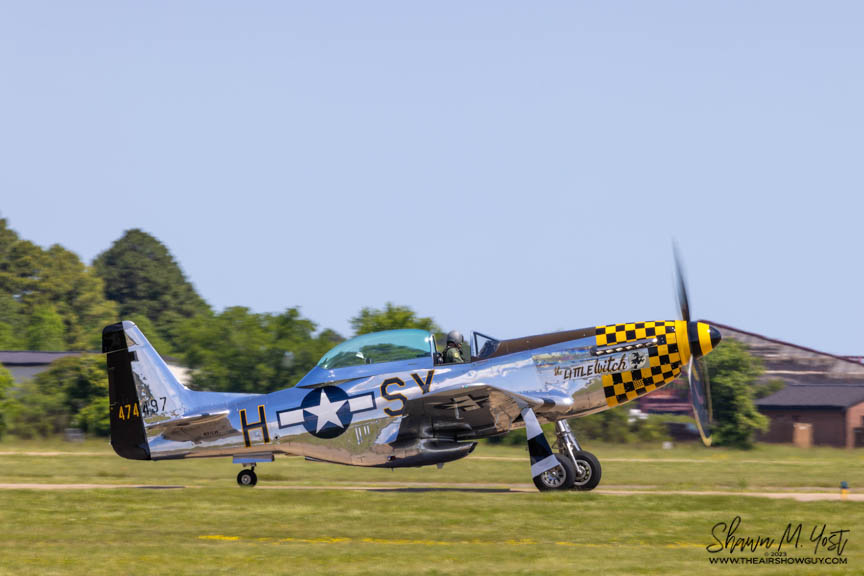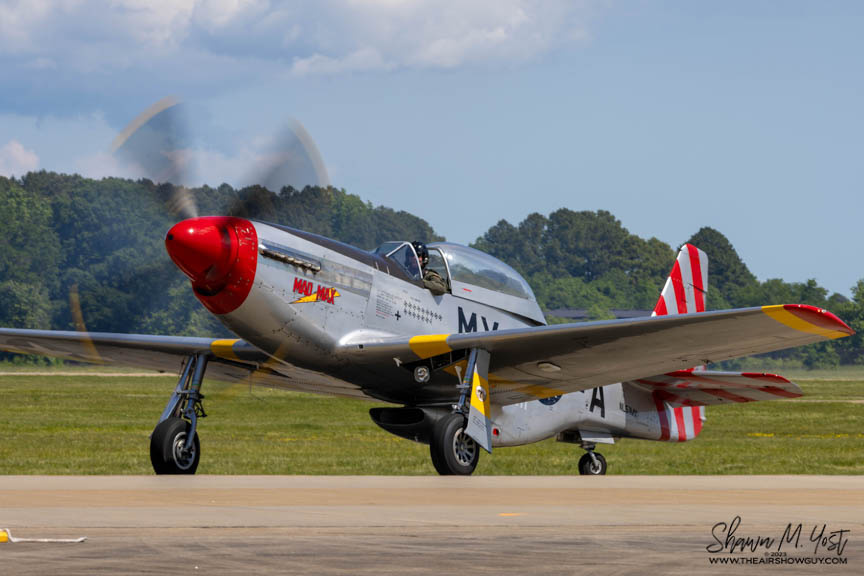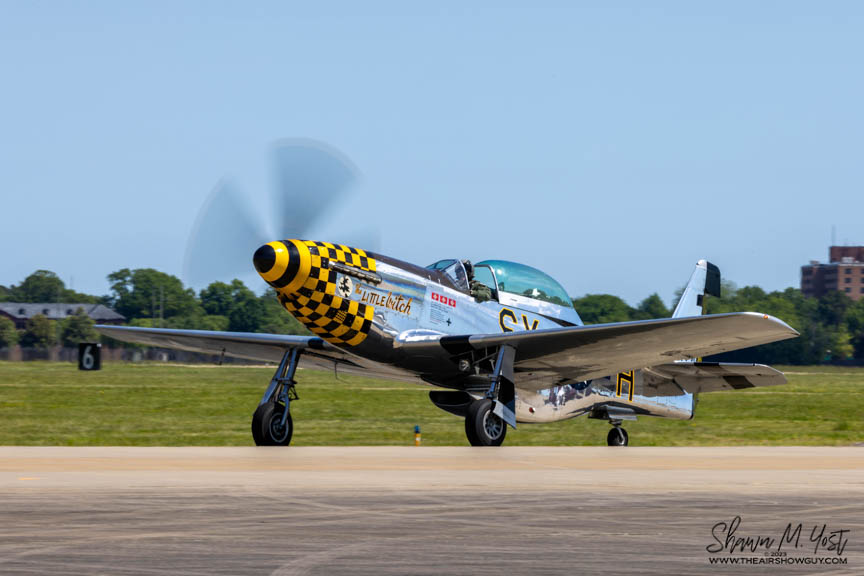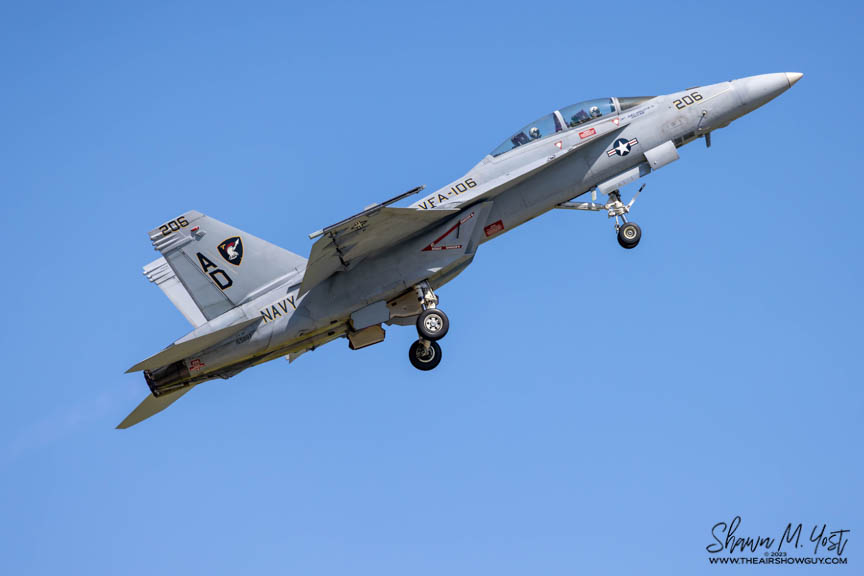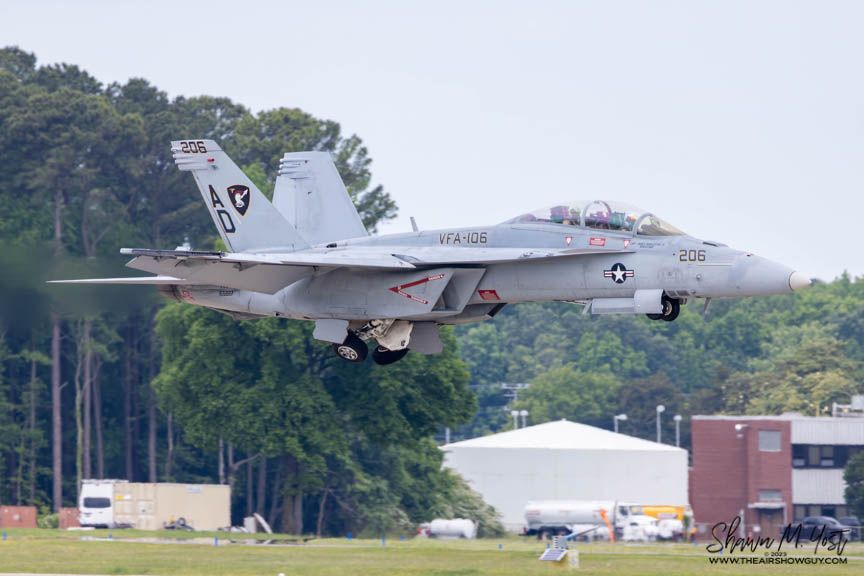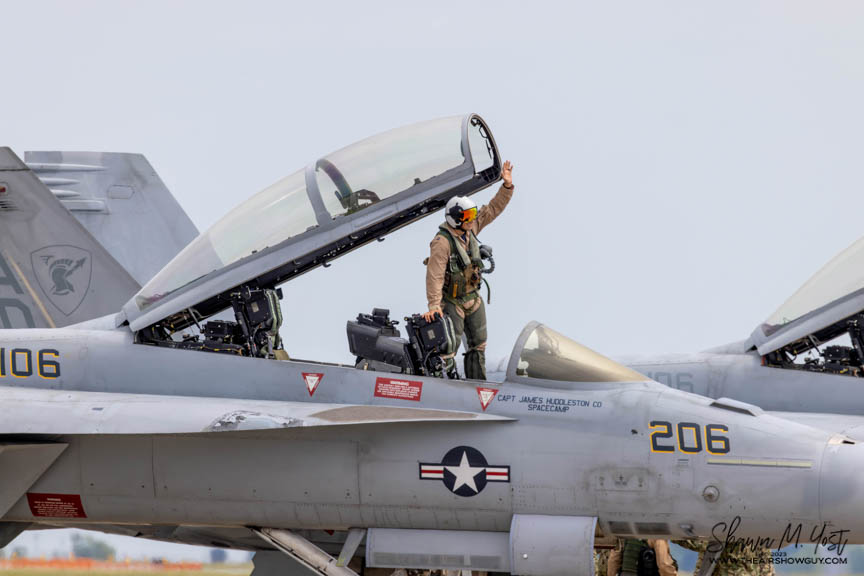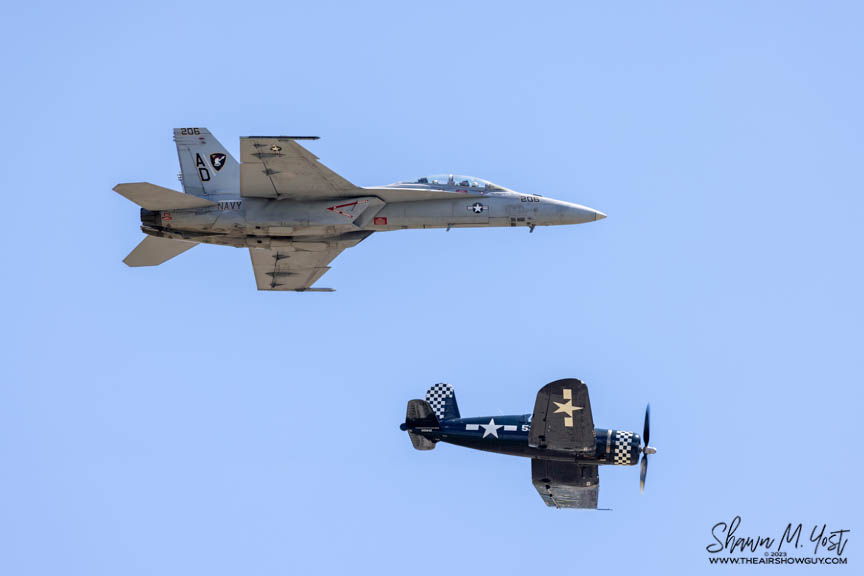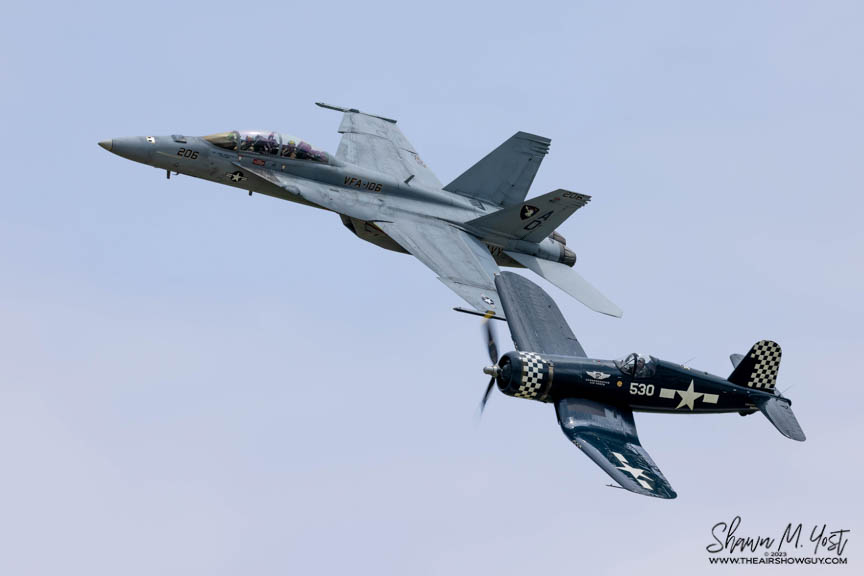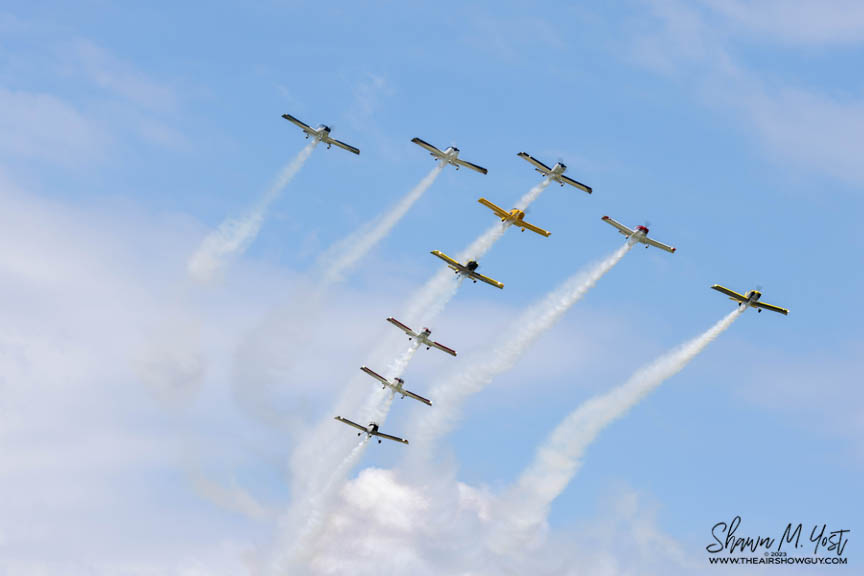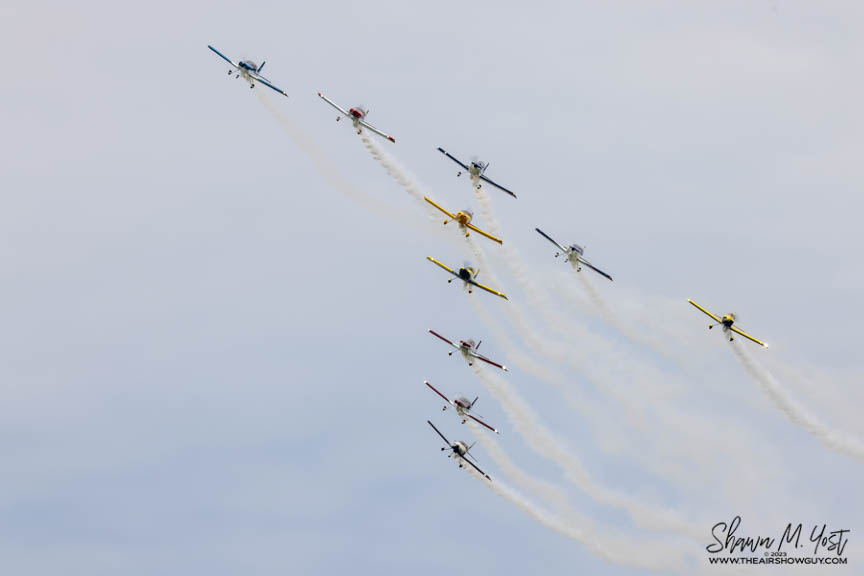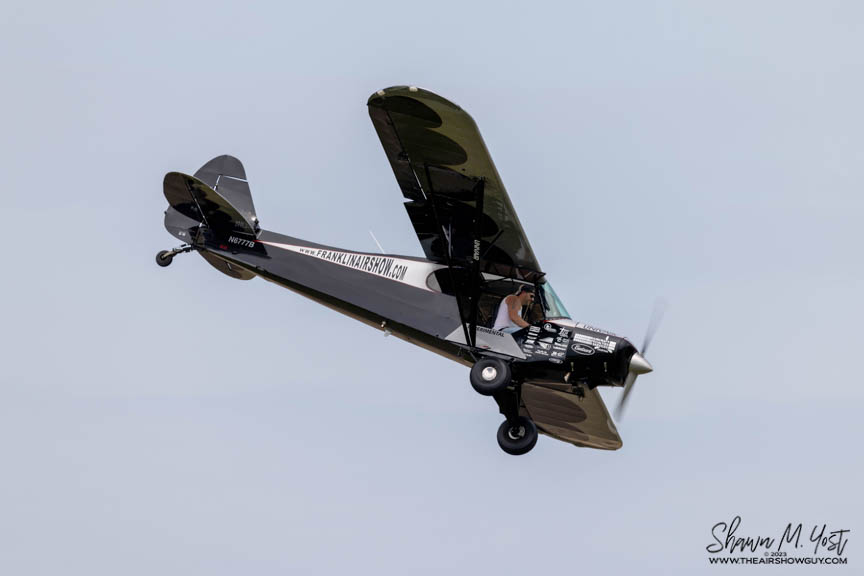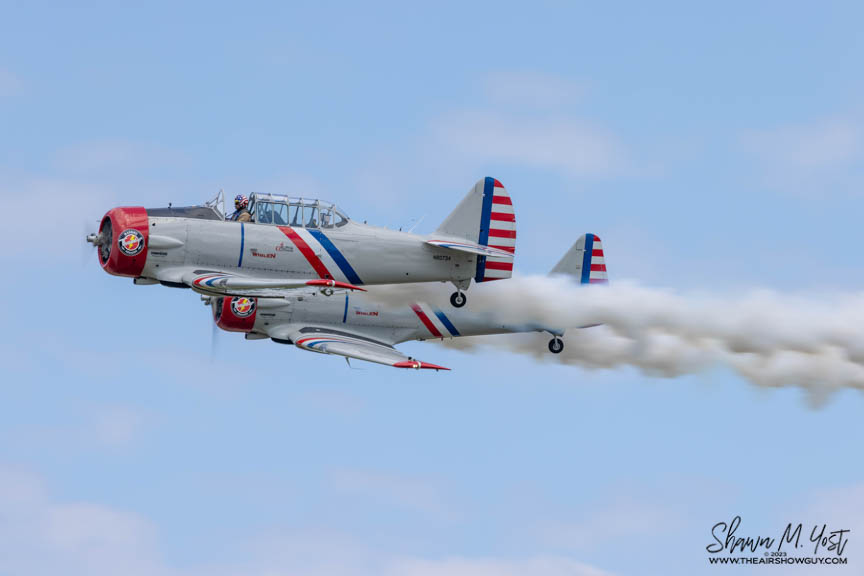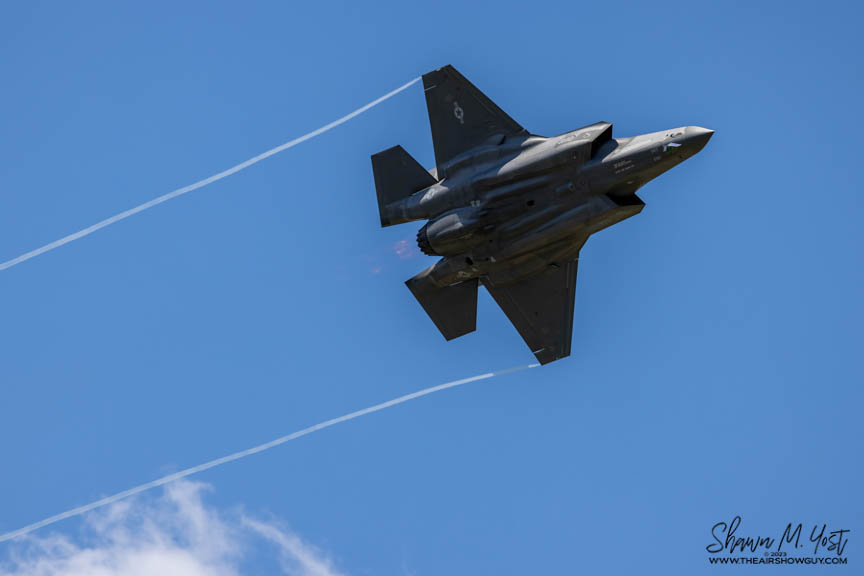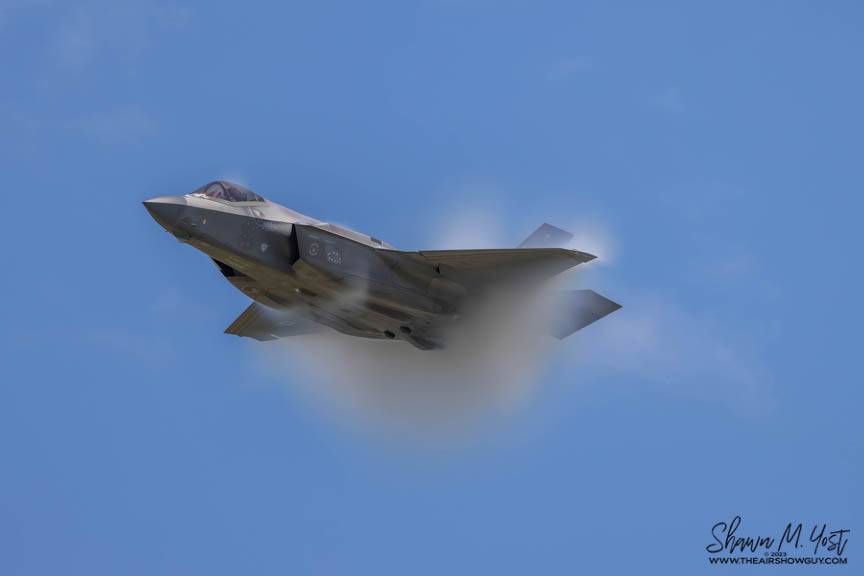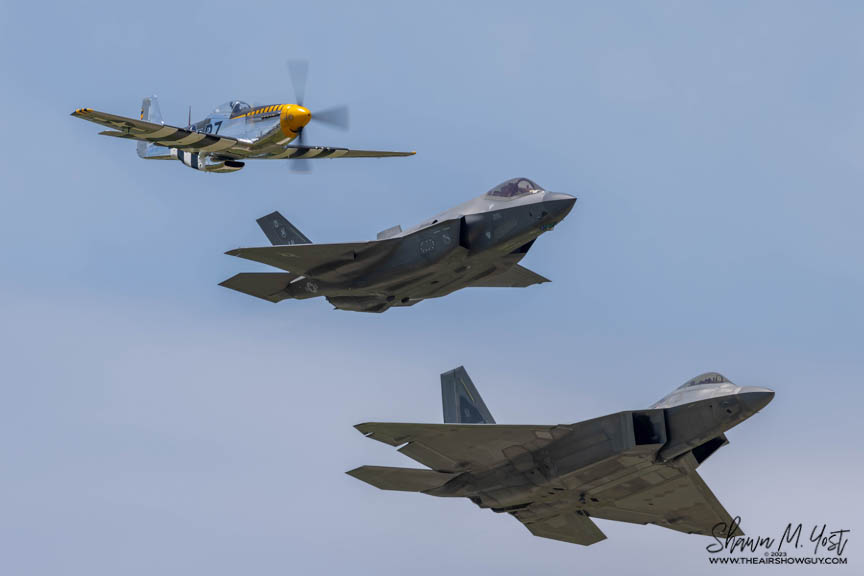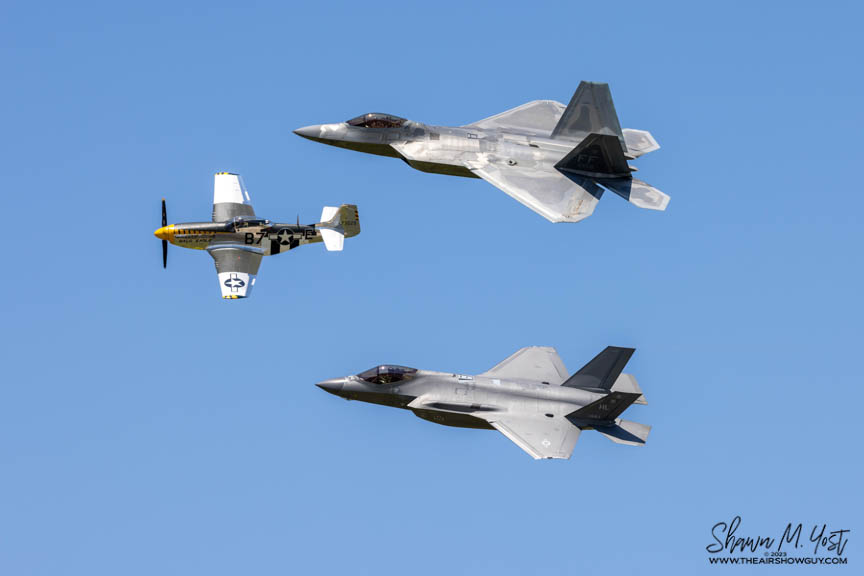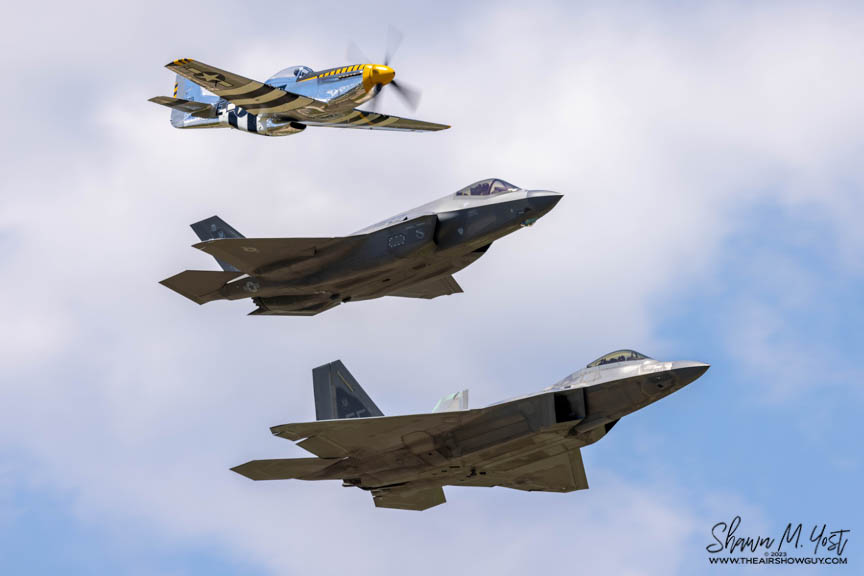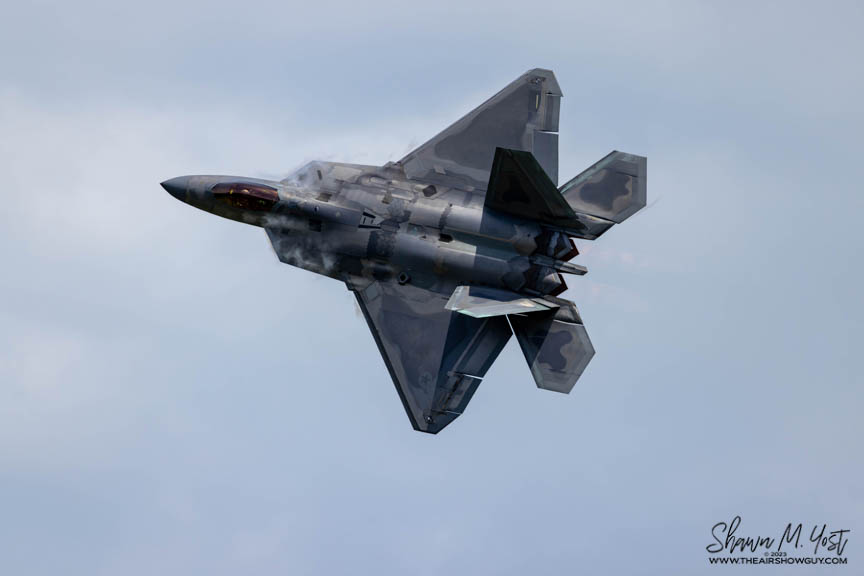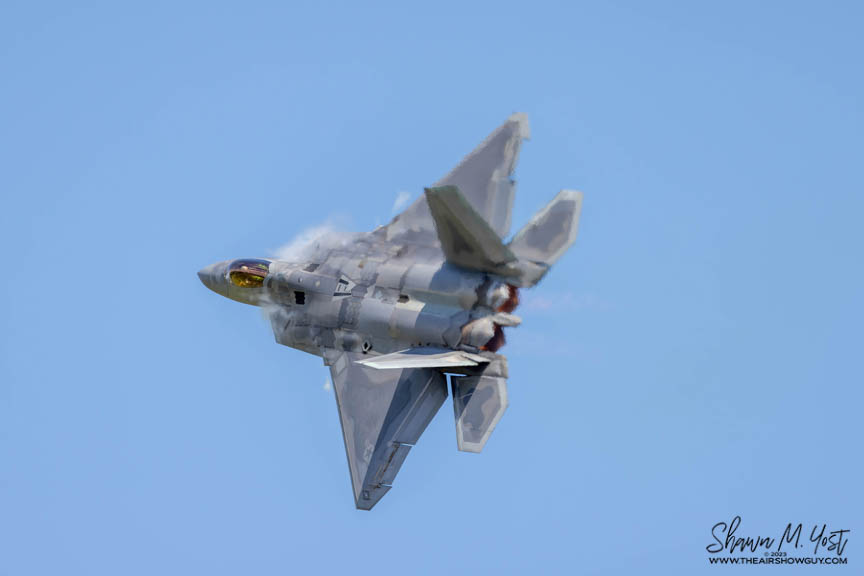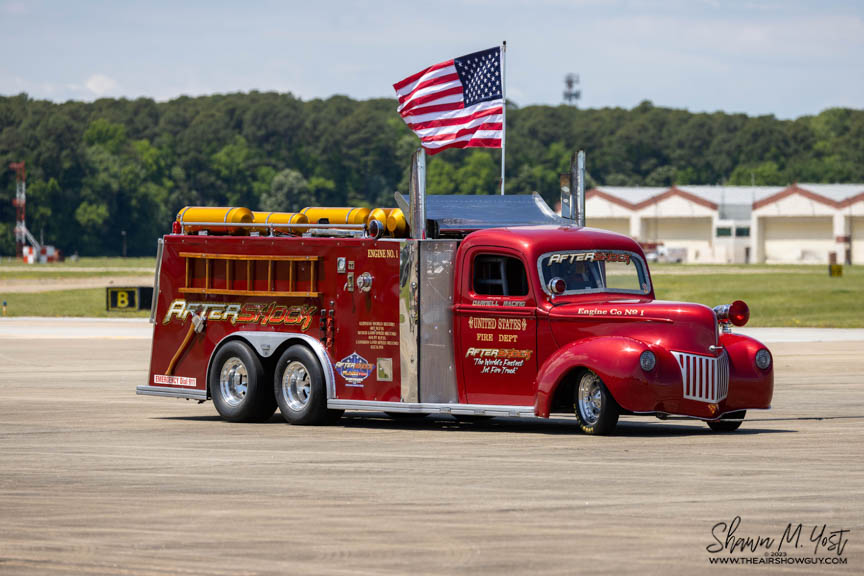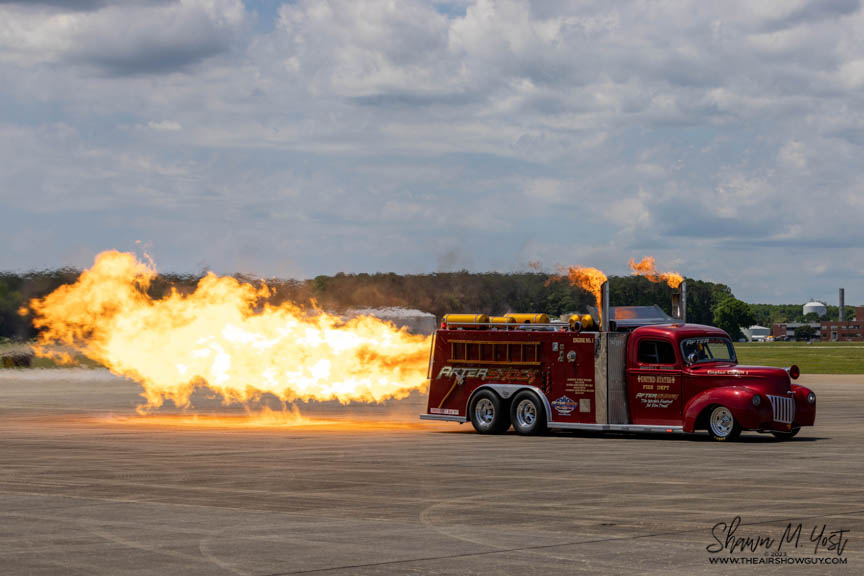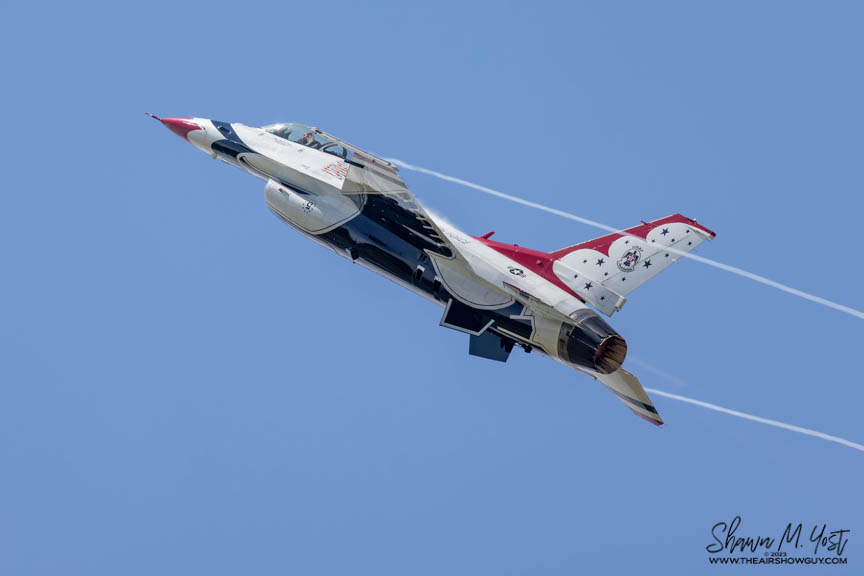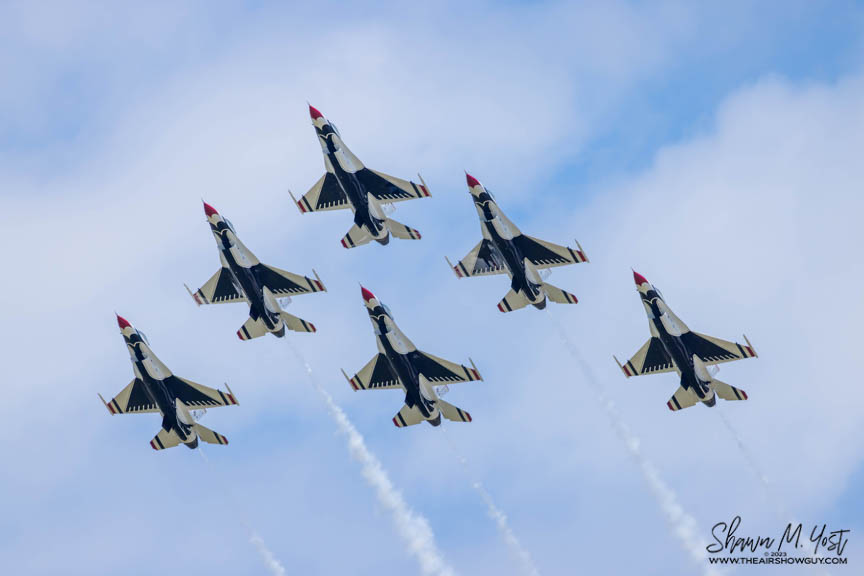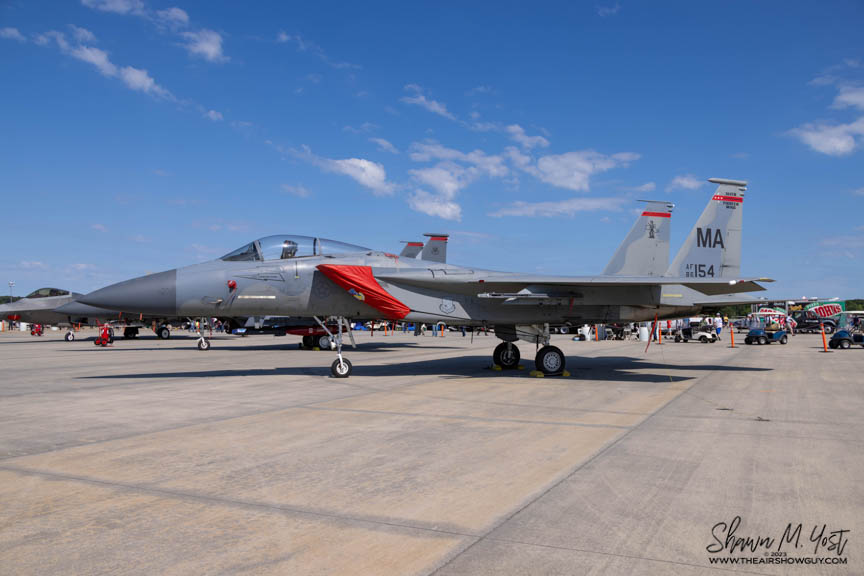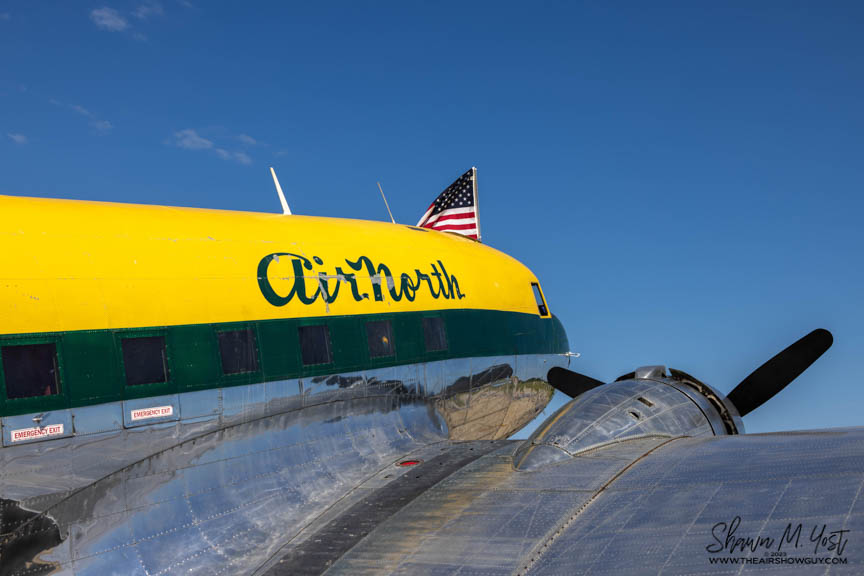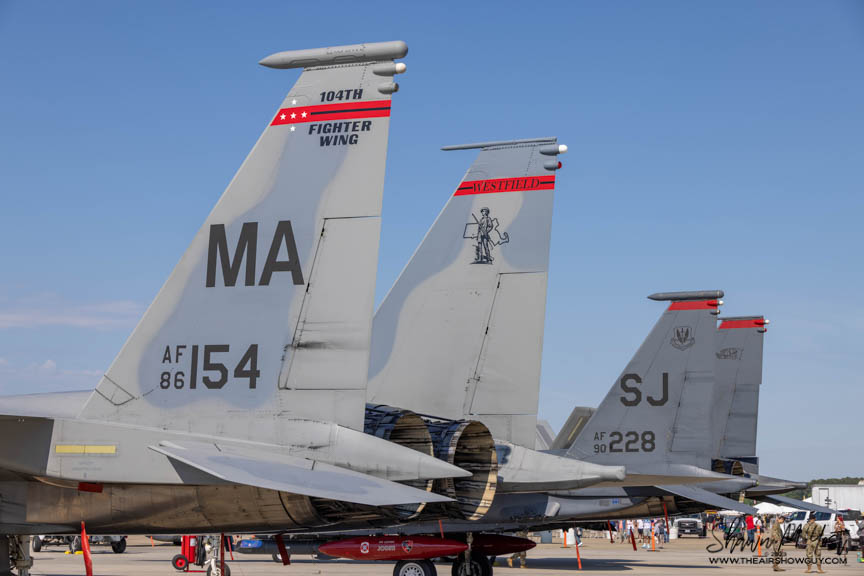“The History of Flight”
The theme to Rhinebeck’s Saturday shows is “The History of Flight”. The show features a variety of aircraft and spans the three eras the Aerodrome covers, the Pioneer Era ( 1896 – 1913), World War I (1914 -1918), and the Golden Age (1919 -1940). The primary focus is upon the Pioneer and Golden Age aircraft, but also has a small “teaser” of the WWI aircraft.
Spirit of St. Louis
Manufactured by Ryan and officially designated as the “NYP”, but most people know this aircraft as the “Spirit of St. Louis”. The aircraft was made famous by Charles Lindbergh when he made the first non-stop flight across the Atlantic Ocean from New York to Paris on May 21, 1927. The NYP was a specially modified version of the Ryan M-2 for the transatlantic crossing.

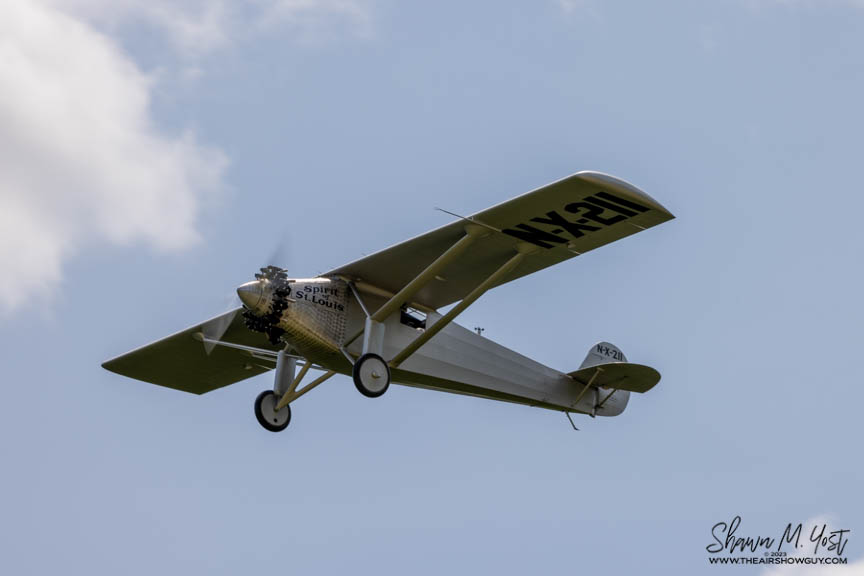
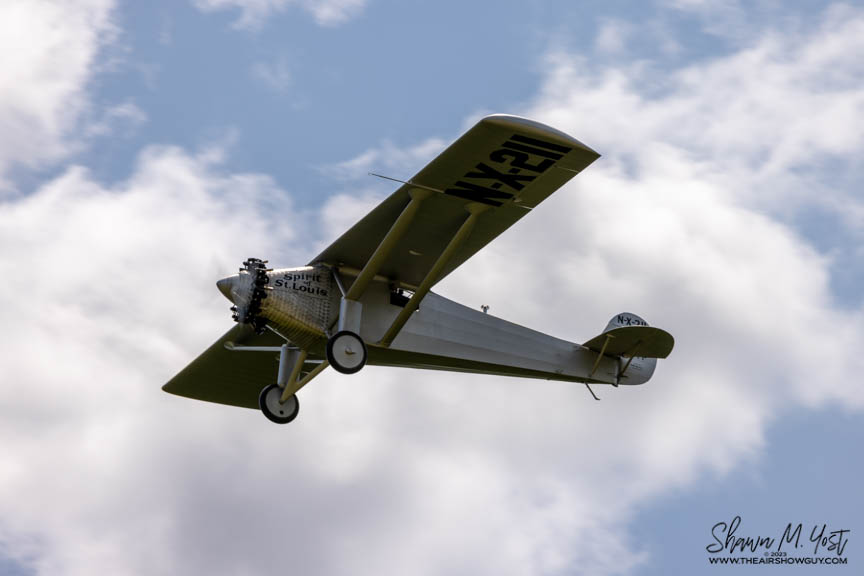



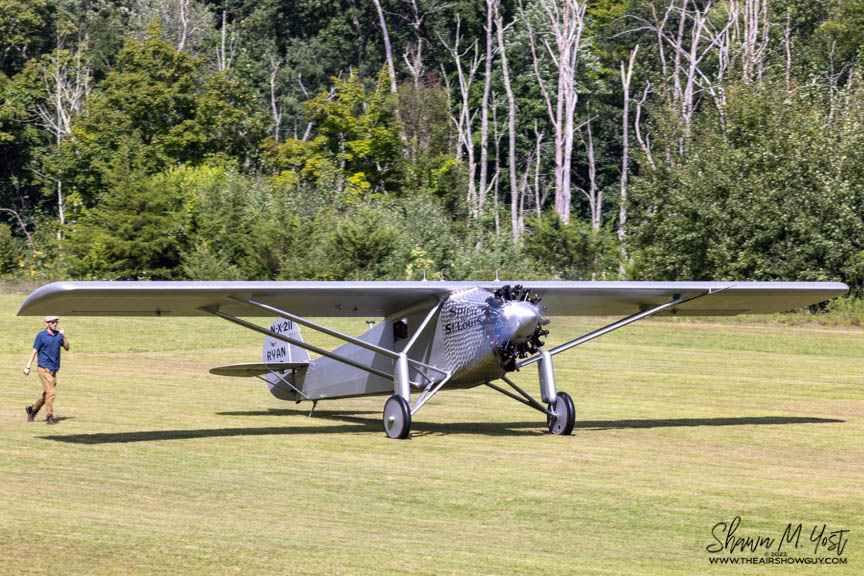

The museum’s aircraft is an extremely accurate replica of the original aircraft. The museum’s founder, Cole Palen, wanted a reproduction to fly for the museum. He passed before the project could be completed. The work was finalized by Ken Cassens, a longtime pilot and mechanic of Old Rhinebeck. It was completed in 2015 and took its first flight on December 5, 2015. According to my discussion with Mr. Cassens, the only difference between the original and replica is the lack of the extra fuel tanks. All efforts were made to be as accurate as possible, down to the sizes of nuts, bolts and rivets.



Bleriot XI
Another historical aircraft in the Aerodrome’s collection is an original Bleriot XI. Louis Bleriot was an aviation pioneer in Europe. His American contemporaries would be Glenn Curtiss and the Wright brothers. This specific aircraft design was the first to cross the English Channel in flight on July 25, 1909.
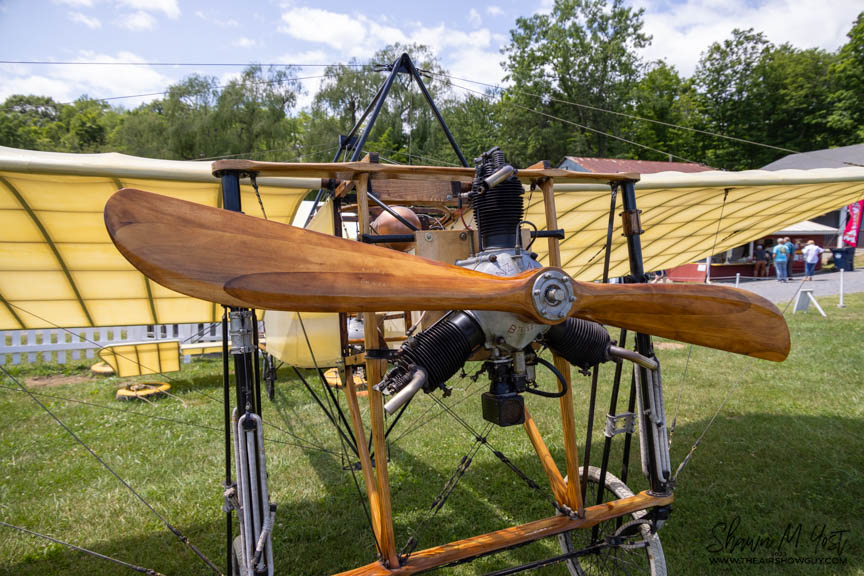









The aircraft is believed to have flown, and subsequently crashed, in Massachusetts in 1910. The airframe was found in a junkyard, and later donated to Mr. Palen in 1952. It was restored to flight in 1954, and flies regularly – albeit more of a “hop” for safety reasons these days. This aircraft is believed to be the second oldest flying aircraft in the world, and is the oldest in North America.
Curtiss JN-4H Jenny
The museum’s Jenny is part of the WWI “teaser” show. It is fitting to be in both portions of the show since the Jenny was developed as a trainer during World War I, and used by America and Canada to train young aviators. After the war, the Jenny was made famous by the “barnstormers” – aviators traveling the countryside introducing the airplane and flight to many people.


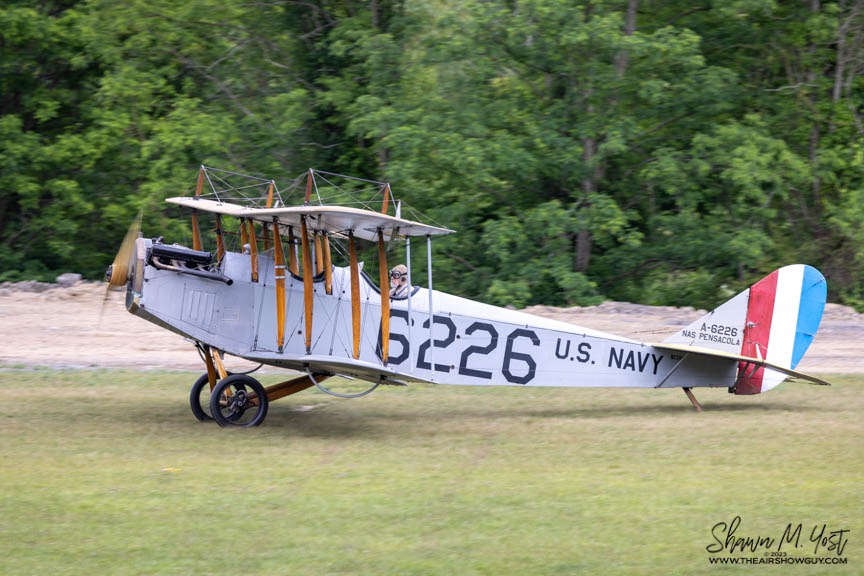



This airframe is an original aircraft, and was purchased sight unseen at the time by Mr. Palen. When it arrived, he was surprised to learn that the airframe was actually a “Hisso” variant, meaning it had a more powerful engine. The Jenny performed from 1969-1998 after she was rebuilt. She took some time off so that Ken Cassens could do a complete restoration overhaul and resumed flying in 2001. The Museum’s Jenny is one of only three flying examples of the “Hisso” variant.
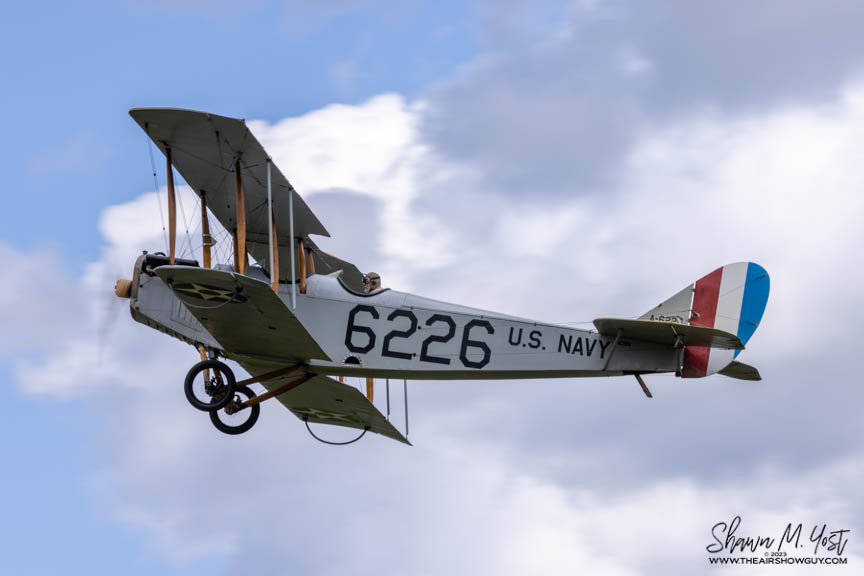
Curtiss Pusher Model D
Glenn Curtiss designed the Pusher in 1911 to capitalize on the booming flight industry. While it looks similar to the Wright Flyer, it is a completely different airframe and includes numerous aviation innovations, some of which are still used to this day!



The Pusher is a replica made in 1976. It is a regular participant in the Aerodrome shows and is piloted by Matt Heuer.
Etrich Taube – Model F
The Taube is an Austrian design and was used by the Austrian and German Air Forces. The Aerodrome’s is a replica of the 1912 variant, and was completed in 2018 and flown by Mike Eyb, the owner at the time. In 2022, he dontated the aircraft to Old Rhinebeck. It is believed to be the only flying example of the Taube flying today.

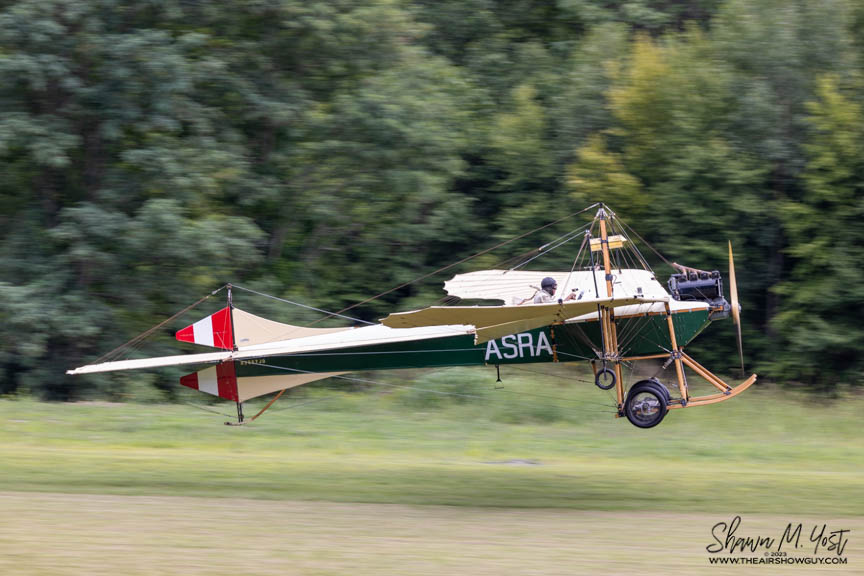




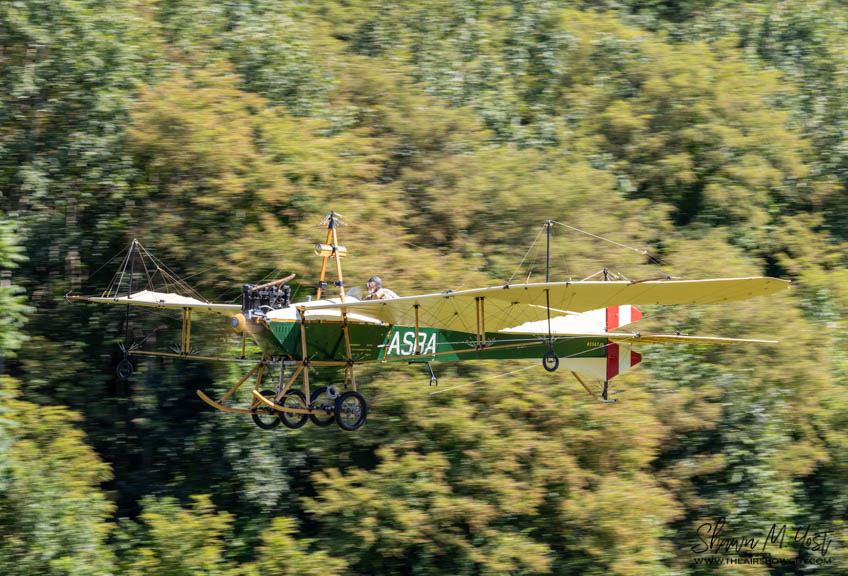

Fleet Finch 16-B
Besides the New Standard D25, the Finch may be the workhorse of the Aerodrome. Fleet is a Canadian company and built the Finch between 1939-1941 as a training aircraft for the RCAF.
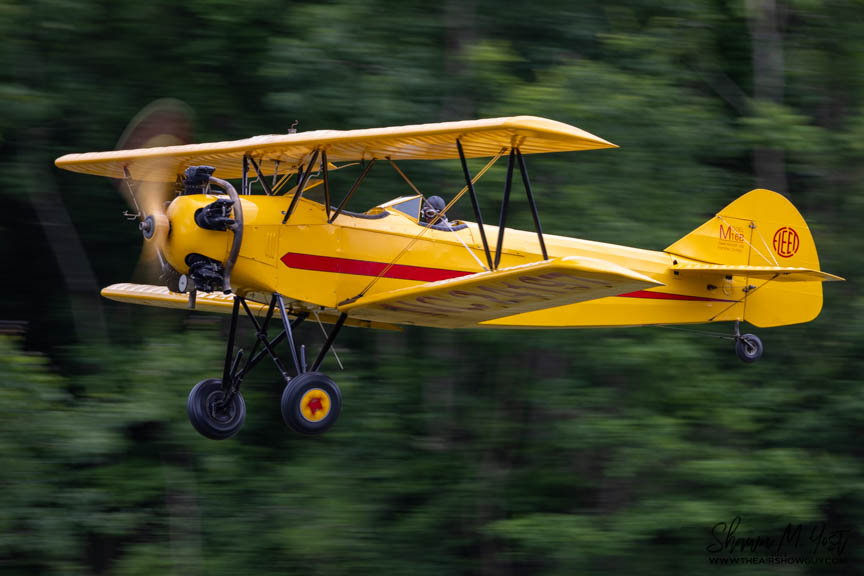
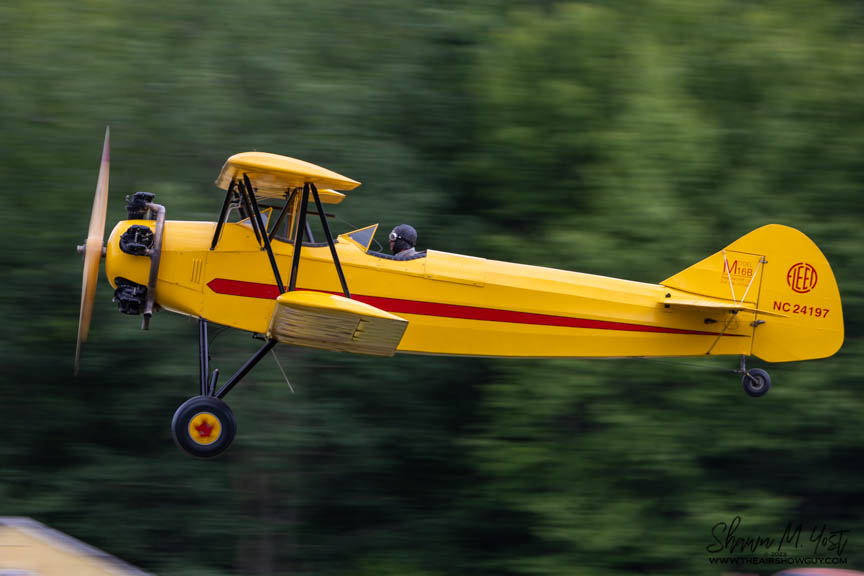

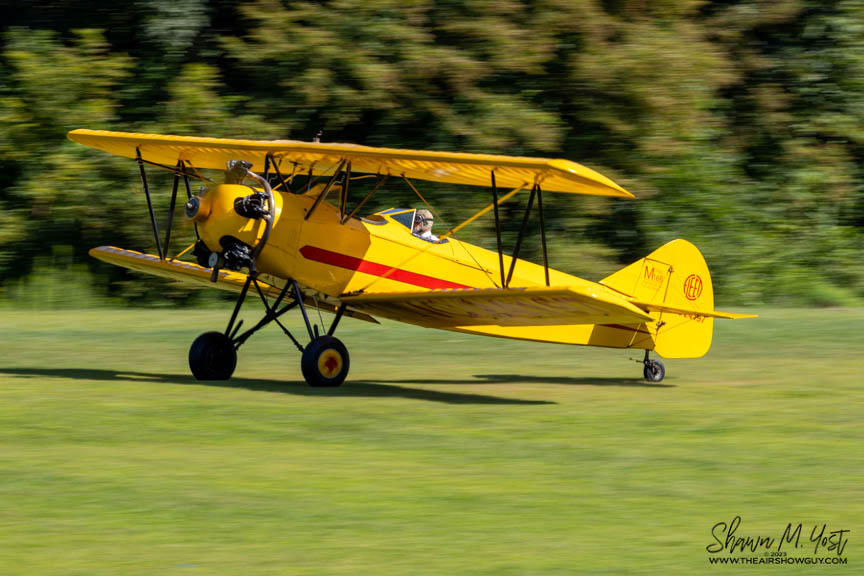
The Aerodrome’s Finch was built in 1942 and was purchased by Mr. Palen in 1957. This aircraft may have been the first aircraft to land at the Aerodrome’s current location. It was sold in 1962, and reacquired by the Aerodrome in 2017.
Great Lakes Sport Trainer
Originally designed in 1929, the Sport Trainer was a victim of the Great Depression with very few being produced. The Great Lakes that appears each weekend at the Aerodrome is a homebuilt reproduction, owned and operated by Aerodrome pilot Matt Heuer. The aircraft is very nimble and usually Matt participates in the opening ceremonies with the ribbon cut and closes out the Saturday shows with an impressive solo aerobatics performance that rivals those of modern designs flown by today’s airshow performers.
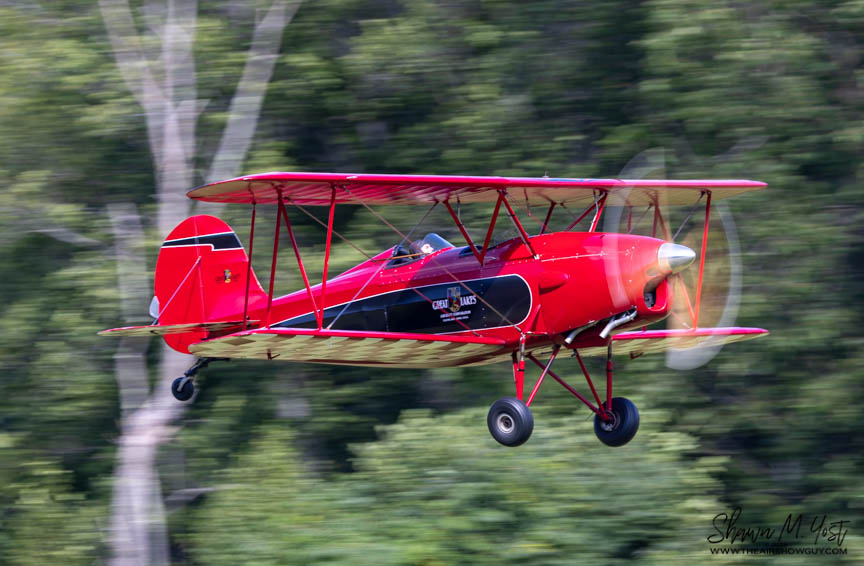


Davis D-1-W
Old Rhinebeck’s Chief Pilot Clay Hammond purchased his Davis just before the start of the airshow season. Designed in 1929, the D-1 was designed as a leisure aircraft capable of some sporty handling. According to my conversation with Mr. Hammond, the aircraft is an original, and appears to be an early example. The logbook has some very famous names having flown his aircraft. It is believed that his airframe was flown on a promotional tour to encourage sales.




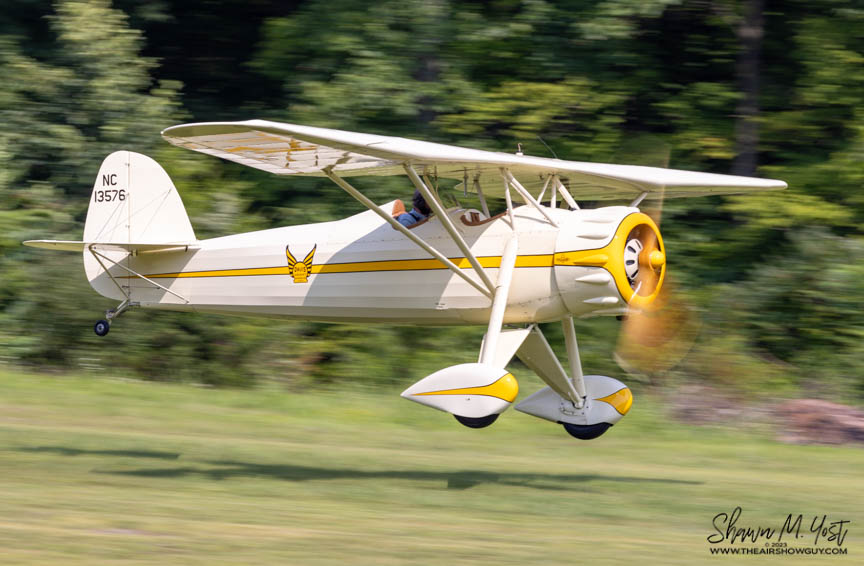
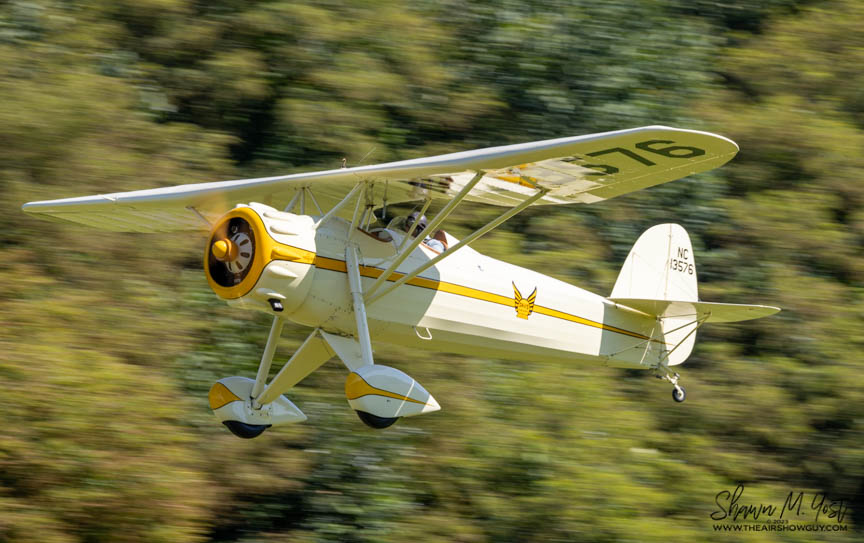

The aircraft is in immaculate condition and appears to be very sporty indeed. It was great to see this airplane, and a welcome addition to the Rhinebeck performers.
Bucker Bu-131 Jungmann
The other addition to the Aerodrome’s performing aircraft is the Jungmann, owned and operated by David Trost. Designed in 1934, the type operated as a primary trainer for the German Luftwaffe. It is very aerobatic and a favorite amongst the pilots that own the few that remain. The type continued in service throughout Europe until the 1960s. Mr. Trost is hoping to have the appropriate ratings to allow for a routine in the Jungmann for the 2024 season.



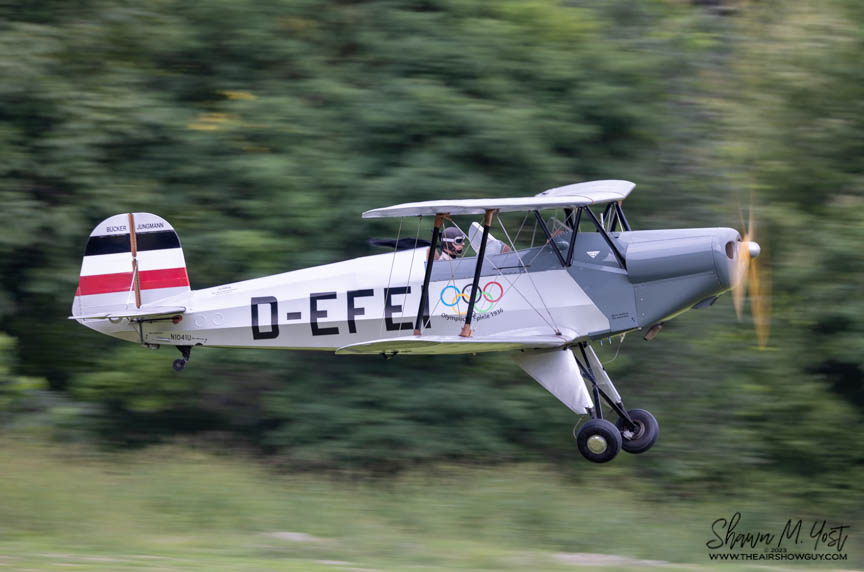
DeHavilland DH.82 Tiger Moth
Another workhorse of the Aerodrome is Dave King and his Tiger Moth. Dave has been part of the Aerodrome performers for a number of years, as has his aircraft. The Tiger Moth is an original aircraft and in the colors of the DeHavilland School of Flying. The Tiger Moth was a very successful airframe, serving as the primary training aircraft for the British RAF and many of the Commonwealth air arms.

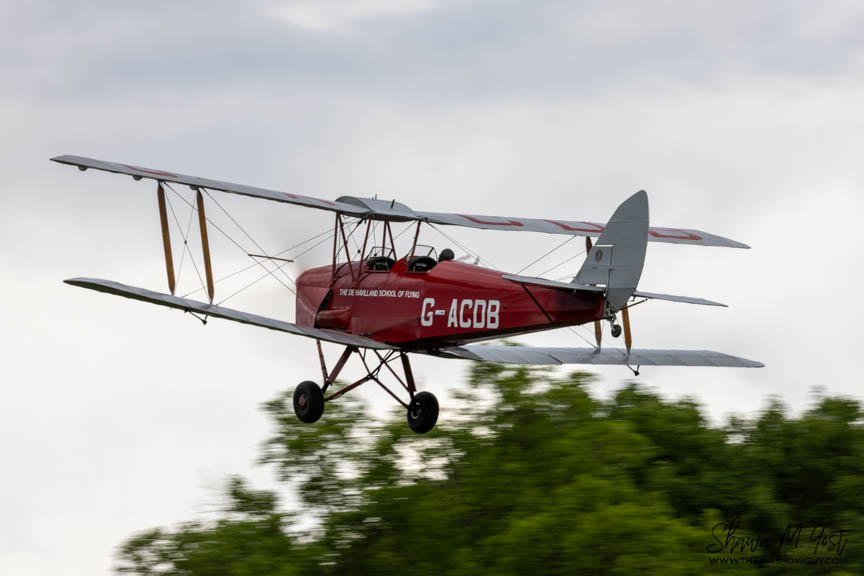






The aircraft has been a performer at Old Rhinebeck since 1983 and is featured in the opening ribbon cut, bomber and balloon buster.
Stearman N2S-5
Perhaps one of the “newest” aircraft performing at Old Rhinebeck is the 1943 Stearman owned and operated by longtime Aerodrome pilot, Rob Williams. He restored the airframe in 2001 and flies it regularly in the weekend shows. The Stearman was used as a primary trainer by the United States for many years, along with many of its allies. After the war, many were sold into civilian hands for use as a crop duster or airshows. The type is still very popular on the modern day airshow circuit.





Around the field…

The aerodrome also has a large collection of vehicles that participate in a parade to open the show. In the photo above are from L-R:
1925 Ford Model T Fuel Truck
1914 Ural Motorcycle with Sidecar
1919 Ford Model T Speedster
1927 Chandler Phaeton
1916 Studebaker Touring Car
1925 Ford Model T Pick-Up Truck

Biplane Rides
Not only can you see and hear the aircraft, but you can also experience the open air cockpit of the New Standard D-25. The Aerodrome’s model is an original airframe designed in 1929. The type was purpose built to transport passengers. True to its design purpose, the New Standard continues to thrill passengers each weekend.


